Apple

The reduced rate covers the rest of the current MLS season and playoffs, including access to every match live and on demand, with separate English and Spanish commentary, with French available for Canadian matches. Other features of the pass include "MLS 360," a whip-around show featuring highlights and commentary from every game, and "Sunday Night Soccer," a newly introduced featured match broadcast every Sunday.
This price drop is consistent with Apple's pricing strategy in previous years, gradually lowering the cost of entry as the season progresses. Monthly subscriptions remain unchanged at $14.99 per month, or $12.99 per month with Apple TV+. The discounted annual subscription is only valid through the end of the 2025 season, after which it will automatically renew at the standard $99 price unless canceled.
MLS Season Pass originally launched in 2023 as part of Apple's 10-year partnership with Major League Soccer. Subscribers who want to take advantage of the new discounted price can sign up via the Apple TV app. To prevent automatic renewal at the full price next year, users must manually cancel their subscription before the start of the 2026 season.
This article, "Apple Slashes 2025 MLS Season Pass to as Low as $25" first appeared on MacRumors.com
Discuss this article in our forums

While Apple has advocated for increased automation in supplier facilities for over two years, sources familiar with the matter say that Apple now requires automation as a standard prerequisite for awarding manufacturing contracts. This is said to be part of a broader effort to minimize labor dependency, stabilize product quality and uniformity across different facilities, and reduce long-term production costs amid ongoing supply chain diversification away from China.
Apple's alleged automation mandate spans all major product categories, including the iPhone, iPad, Mac, and Apple Watch. Apple now purportedly expects suppliers to fund their own automation upgrades rather than rely on Apple to finance or subsidize the necessary capital equipment. This policy change diverges from Apple's previous approach, where the company frequently invested in tooling and machinery for contract manufacturers to meet its specifications.
The financial burden of this new automation requirement is apparently already impacting supplier margins. High initial capital expenditure, coupled with operational disruptions during integration of robotic systems, has reportedly strained profitability for some suppliers.
Apple still continues to assist suppliers in areas related to environmental responsibility. The company's 2030 target to achieve carbon neutrality across its entire supply chain includes direct support for upgrading to energy-efficient equipment and more sustainable materials.
Apple ostensibly hopes that increased use of robotics will help standardize processes, digitize inspections, reduce the impact of labor shortages and political instability, implement consistent processes for new suppliers, and mitigate the challenges of maintaining consistent build quality when production is increasingly split across multiple countries.
This article, "Report: Apple Demands Suppliers Switch to Robotics for Manufacturing" first appeared on MacRumors.com
Discuss this article in our forums
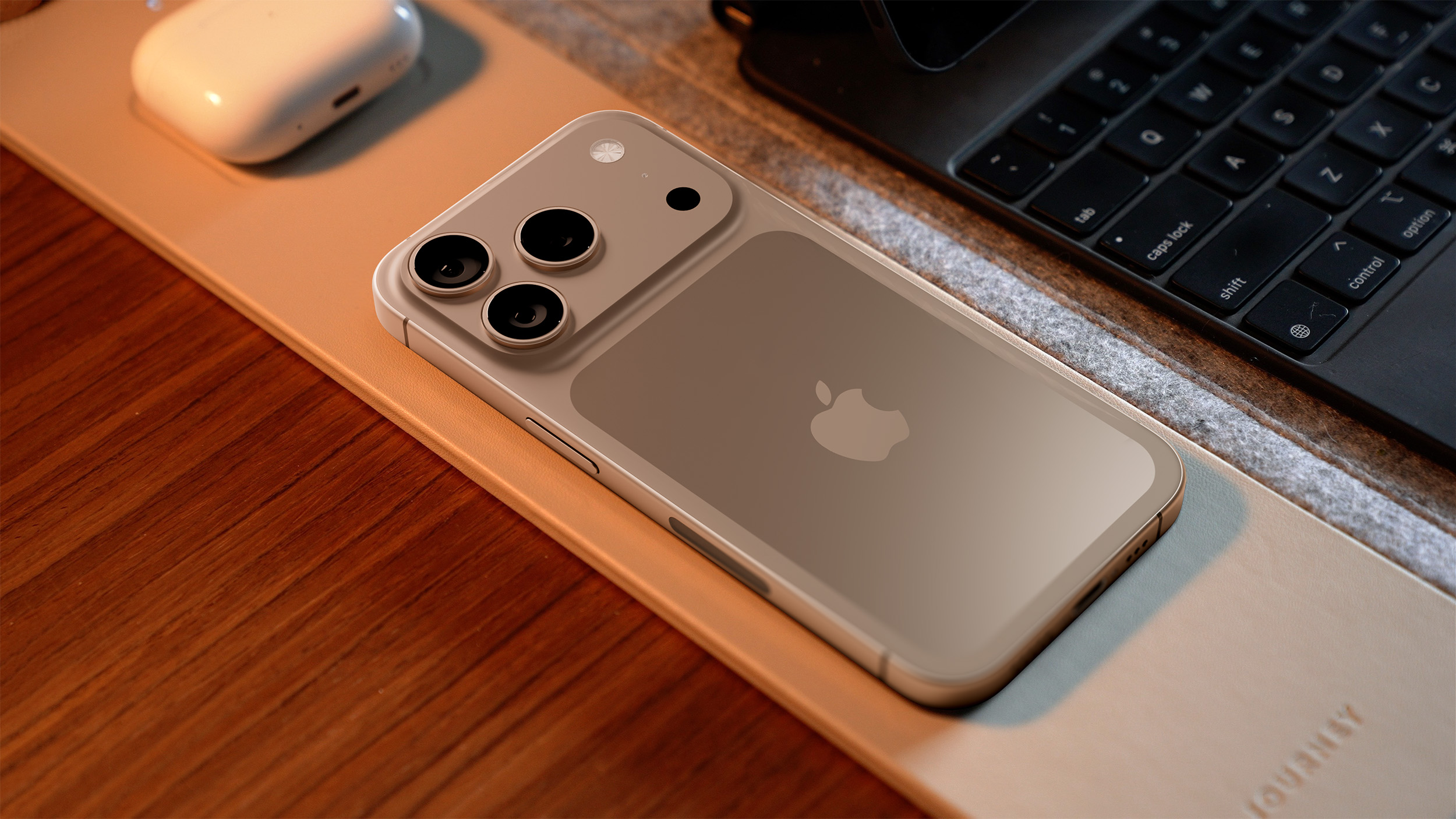
Smartphone price comparison platform SellCell surveyed over 2,000 U.S.-based iPhone users in August to assess upgrade interest and brand loyalty before Apple's event. According to the data, 68.3% of current iPhone users intend to purchase an iPhone 17 model at launch, marking an increase from 61.9% recorded ahead of the iPhone 16 launch in 2024.
The iPhone 17 Pro and iPhone 17 Pro Max models are expected to dominate early sales, accounting for 38.1% of planned upgrades. The standard iPhone 17 is the choice for 16.7% of respondents, while 13.5% expressed interest in the all-new iPhone 17 Air, which is expected to feature an ultra-thin design. Only 3.3% of respondents indicated they are holding out specifically for a foldable iPhone, which Apple has yet to release.
The survey highlights that 72.9% of users feel more satisfied with their iPhone today than in previous years, but 27.1% said they believe Apple has "lost its edge" compared to rival smartphone makers.
Battery life emerged as the most important upgrade driver, with 53.% of respondents citing it as their top reason for upgrading. Other motivating factors included new designs and features (36.2%), display improvements (34.3%), camera upgrades (28.1%), and AI and software enhancements (7.1%).
Price remains the primary deterrent, with 68.9% of users listing cost as the main reason for not upgrading. Satisfaction with existing devices is also a significant factor, with 71.7% stating they are content with their current iPhone. A smaller share of users cited interest in foldables (7.5%), discomfort with eSIM (6.6%), or interest in switching to Android (5.3%) as reasons for holding off.
Foldables from Samsung and Google are emerging as a competitive threat. If Apple does not release a foldable iPhone by 2026, 20.1% of respondents say they would consider switching to Samsung, and 10.2% to Google. Brand loyalty remains high, with 69.6% of respondents stating they plan to stay with Apple regardless of competing products.
When asked to choose between device thinness and battery capacity, 47.5% of respondents said they would accept a shorter battery life in exchange for a thinner design. Meanwhile, 29.7% said they are not interested in ultra-thin phones at all.
44% of iPhone users said they view Apple Intelligence as a very important feature. Another 33% said AI does not matter to them. When asked which company leads in AI, 44% named Apple, while both Samsung and Google were selected by 6.6% of respondents. Ten percent of users said no brand currently leads in the AI space.
36.8% of users would delay upgrading if prices rise significantly, while 29.2% said they would decide based on the size of the increase. Only 34% said they would proceed with their purchase regardless.
The survey was conducted using an online survey platform, with responses collected in August 2025 from a sample of over 2,000 U.S. adults who currently own an iPhone. The iPhone 17 lineup is expected to be announced on Tuesday, September 9.
This article, "Survey: Nearly 70% of Users Plan to Upgrade to iPhone 17" first appeared on MacRumors.com
Discuss this article in our forums
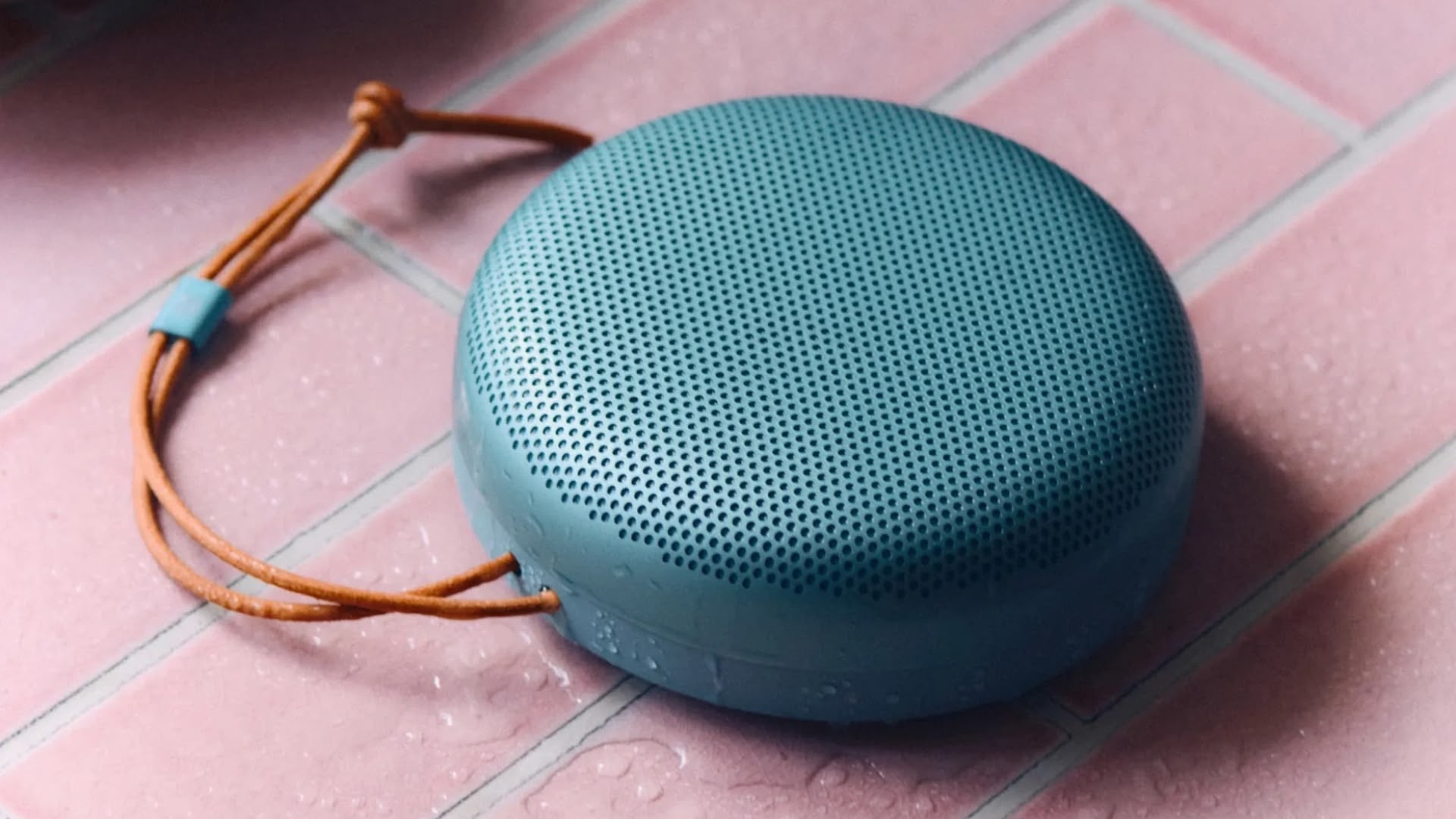
Sure, at $399 it's pricey, and this ultraportable unit from B&O is unashamedly pitched at the premium end of the Bluetooth speaker market, but the Danish high-end audio manufacturer's principled attention to design and craftsmanship almost justifies the price alone. Fortunately, it sounds great, too.
Design
Taking the A1 out of the box, the first thing that strikes you is the compactness of the unit relative to its weight, especially given the materials used in its construction. At about 1.27 pounds (576 grams), it's not the lightest ultraportable speaker I've held, but its beautifully minimalist 'hockey puck' design is disarmingly slight, partly thanks to designer Cecilie Manz's decision to embed the power, volume, play/pause, and pairing controls around the rim, with the attached waterproof leather strap adding a touch of surfer appeal. There's also a USB Type-C charging port on the rim alongside a charging LED.
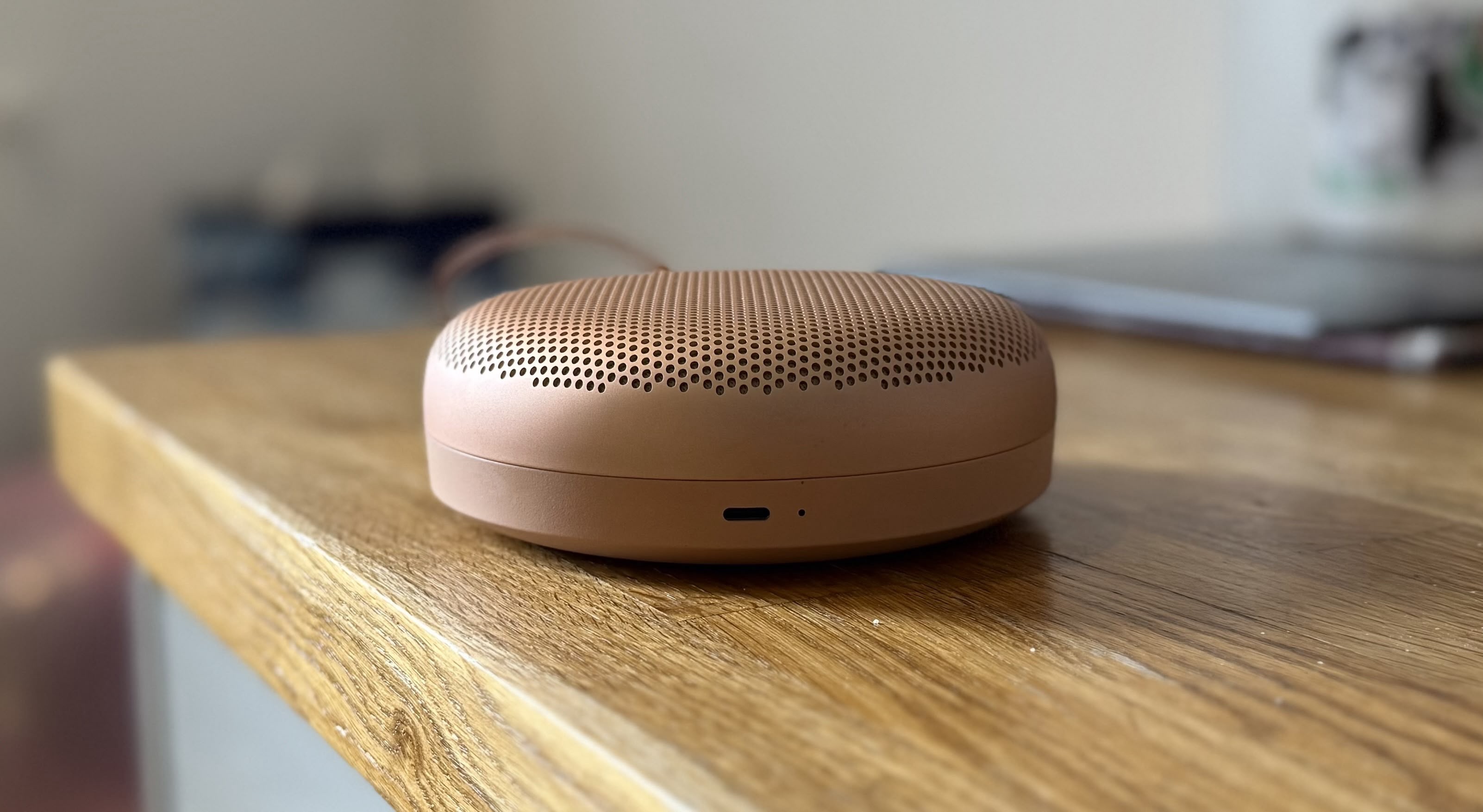
The speaker features a pearl-blasted aluminum body with over 2,100 precision-milled holes, one of which contains an LED power indicator. It's a distinctive style whichever way you look at it, but thought has also gone into keeping it portable. The polymer base has a suede-like finish that ensures the 1.81-inch (4.6cm) tall A1 sits happily on most surfaces, and its 5.24-inch (13.3 cm) diameter means it's possible to grasp the grilled dome and pick it up with one hand. The unit sits snugly in the larger pockets of a raincoat, although trying to fit it in a light jacket pocket may present more of a challenge.
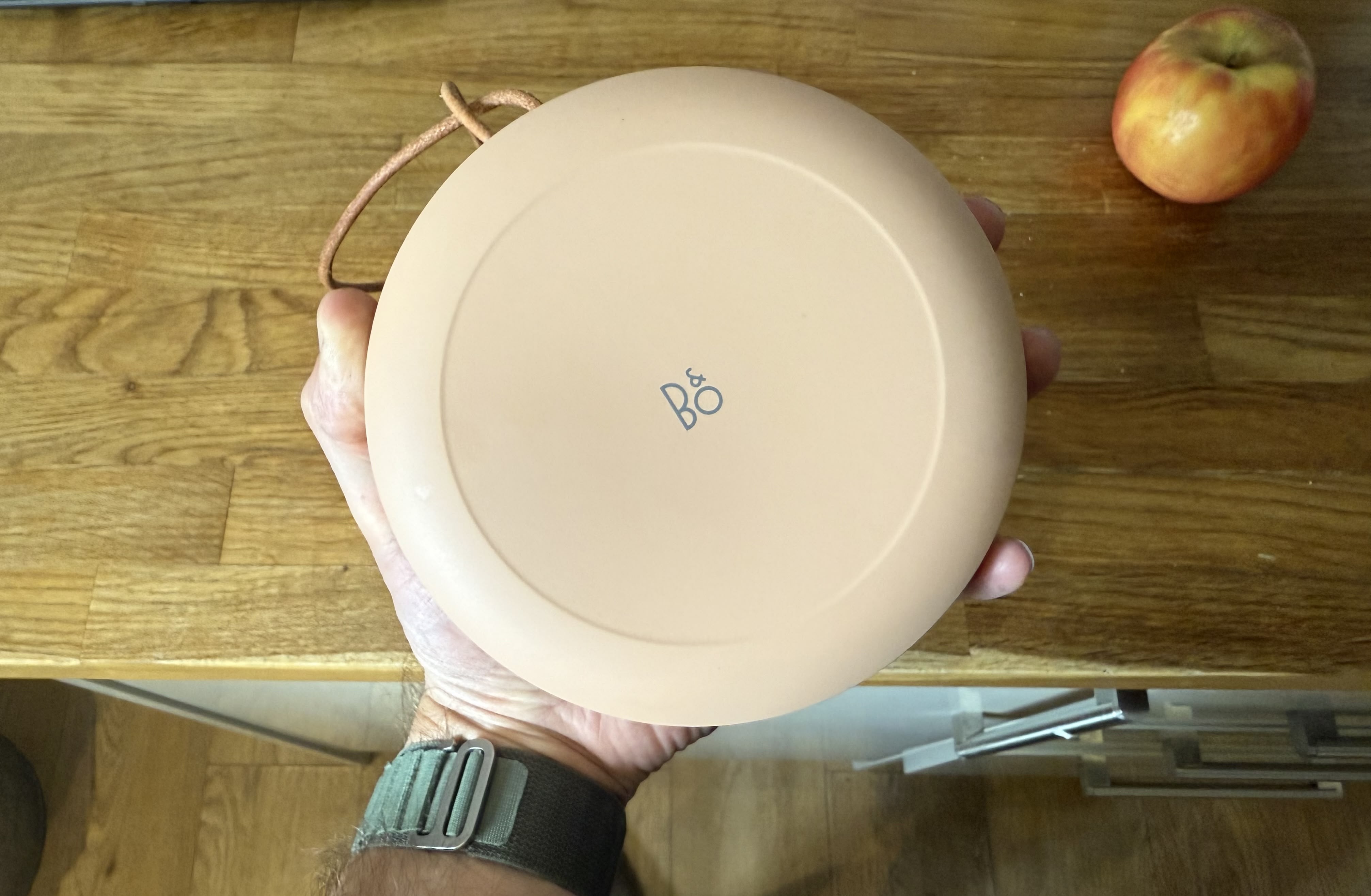
The A1's solid aluminum casing certainly feels like it could take a few knocks, but its smooth finish is bound to attract scuffing and dents if you bash it about or throw it in a backpack with other hard objects. Many customers will take pride in looking after premium gear they've paid top dollar for, so the lack of a protective pouch at this price point is the only disappointing omission.
Ease of Use
Powering on the Bluetooth 5.1 speaker and holding the pair button saw it show up instantly in both iOS and macOS. Pairing was established without a hitch – it's MFI (Made for iPhone) certified, after all – and it didn't drop out as long as the speaker remained within a reasonable range. It also happily hopped between two paired devices depending on which one was playing audio, thanks to its Multipoint feature. Google Fast Pair and Microsoft Swift Pair are also supported, though I didn't have the hardware to test these.
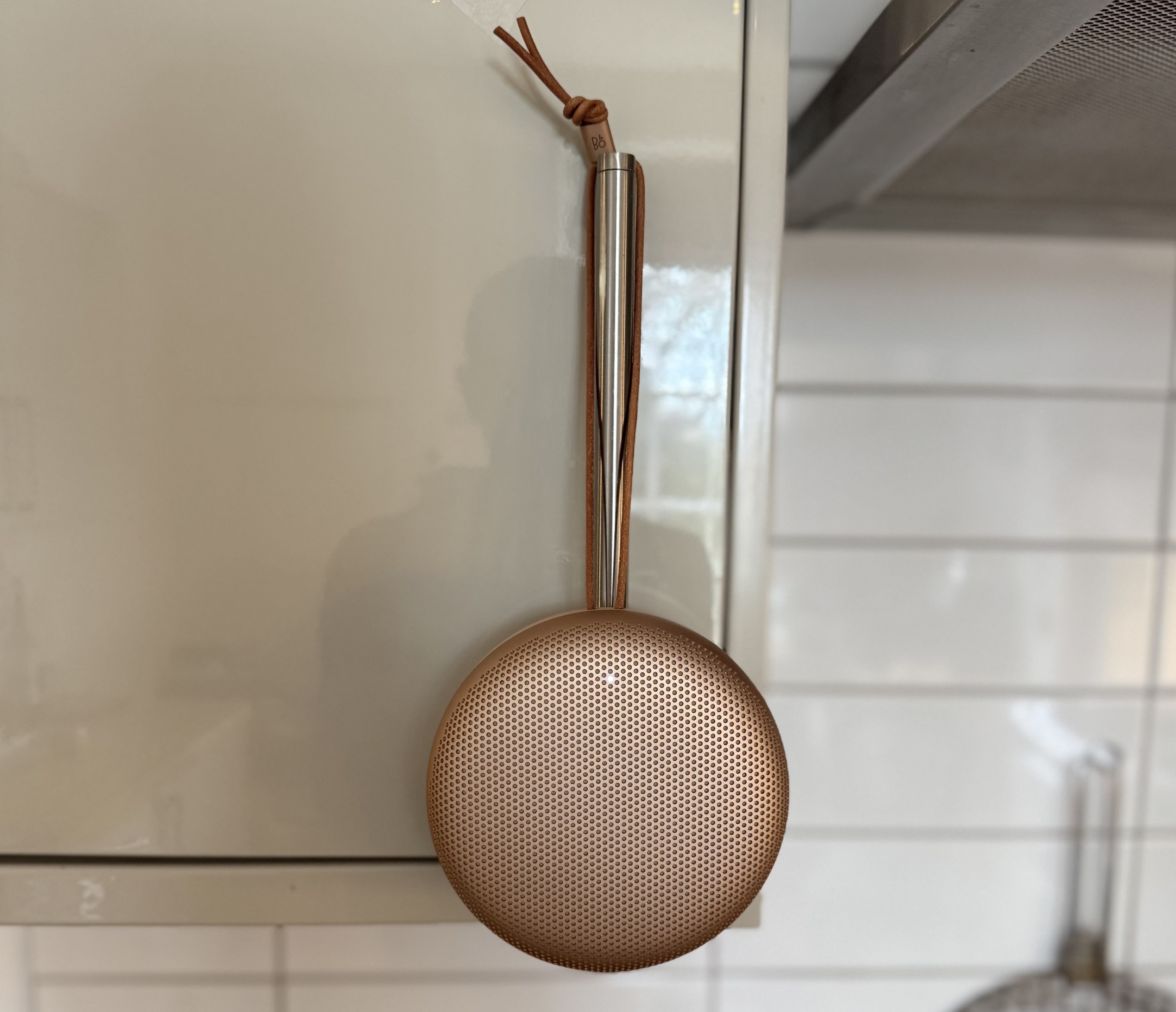
The B&O iOS app is a free download that works with all of the company's speakers and can be used to upgrade the device's firmware. You can also use it to pair two A1 speakers with each other and enjoy true stereo separation, just bear in mind there's no facility to connect the units to a larger multi-room setup. (AirPlay isn't supported, but B&O did eventually add support in previous models, so I'm hopeful that's to come in the future.)
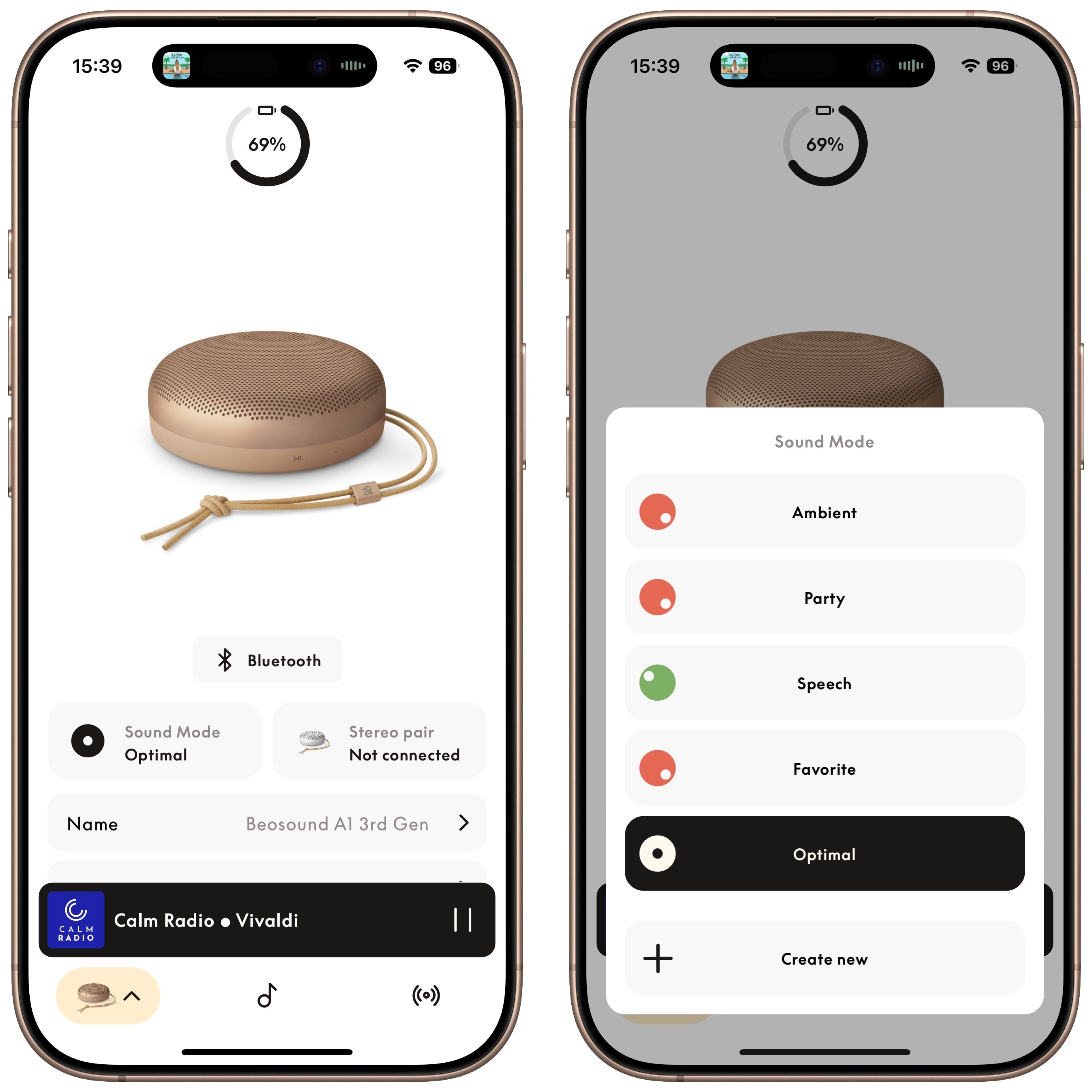
In addition, the app lets you switch to a handful of presets designed for the A1, titled "Ambient," "Party," "Speech," "Favorite," and "Optimal." You can also create your own by adjusting a circular interface labeled "Bright," "Energetic," "Warm," and "Relaxed." They do make an audible difference, but in the end I settled for the "Optimal" setting, preferring the A1's default sound signature.
Sound Quality
The Beosound's three-microphone array provides excellent speakerphone quality, and had no problem picking up voices from across a room. But it's the sonics that truly impress. Hung aloft, placed on a desk or even on the floor, the A1 disperses sound in all directions with surprising confidence and ease. Its wide angle of projection is actually slightly disorienting at first – one person entered the room wondering where the audio source was hidden, when the speaker was sat in plain sight.
According to B&O, the A1 features the largest woofer in its D class, delivering deeper bass with a Bass SPL of 64dB (2dB more than its predecessor). At 60 watts of power, it effortlessly reproduced Jim Morrison's baritone wail and Krieger's expansive freeway riffs throughout The Doors' "L.A. Woman," while a few tracks from Django Django's eponymous album soon had the coffee table rattling with a clarity and detail that's rare in a speaker of this size.
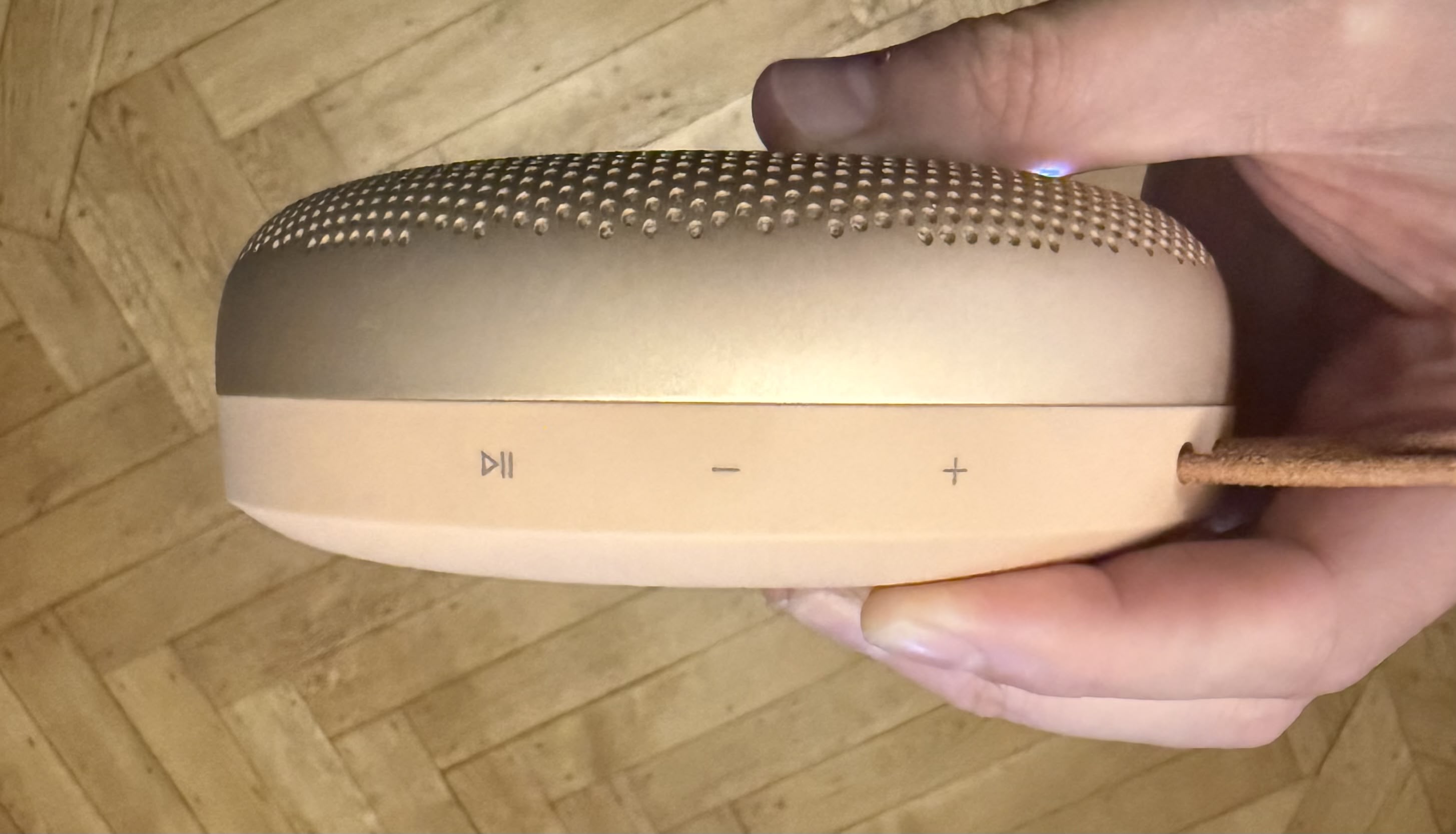
Switching to some dub techno and dialing up the internal amp using the A1's onboard controls easily overrode the source device's maximum output, but it was almost impossible to induce distortion at high volume, thanks to the responsiveness of B&O's proprietary digital signal processing.
That inevitably puts a limit on the output of the A1, but it can easily exceed comfortable listening levels in a medium-sized living room, and it does sound consistently lovely, especially in the midrange. It's also compatible with SBC, AAC, and aptX Adaptive codecs.
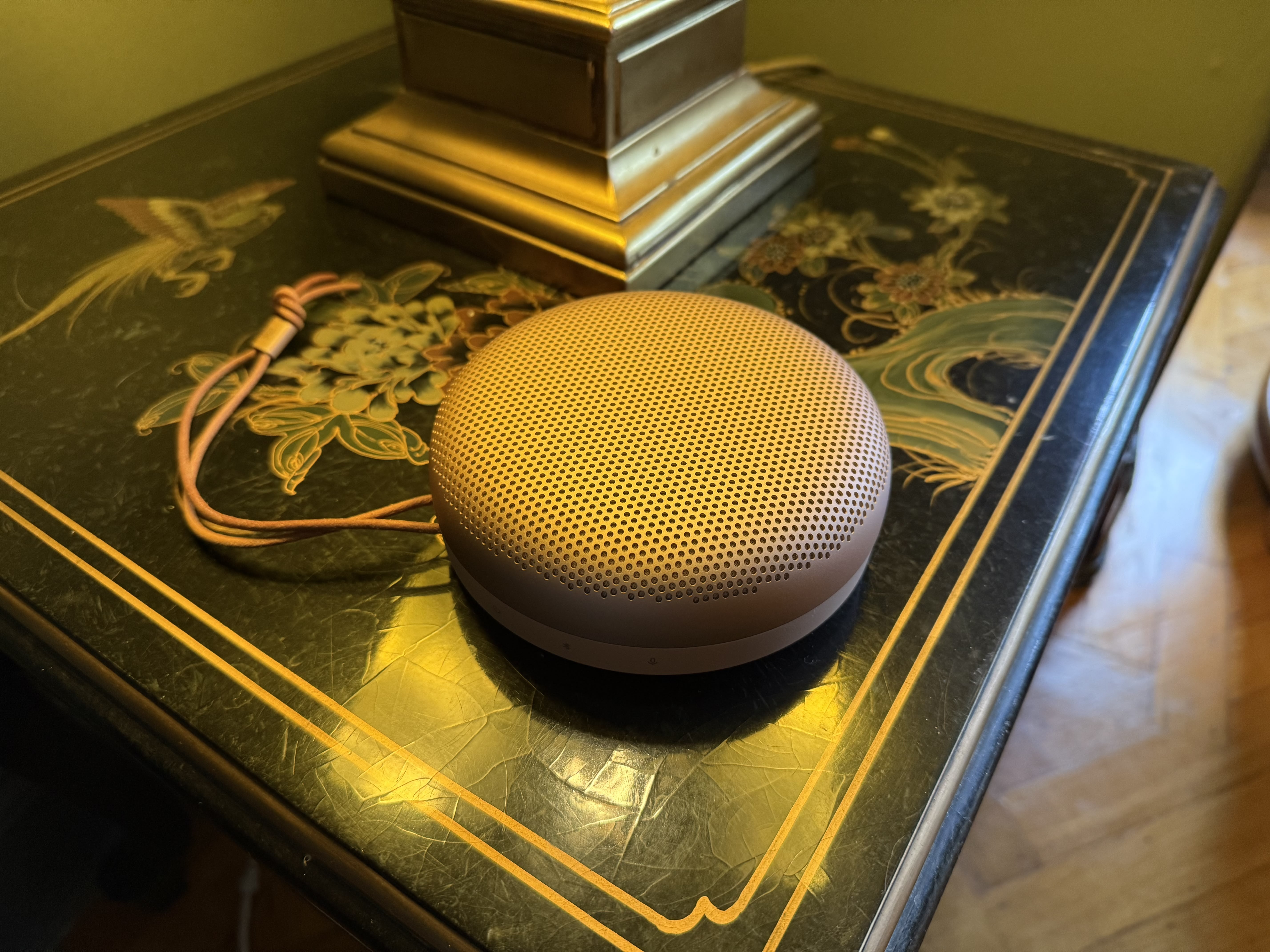
Achieving decent audio separation at this scale is no easy feat, but the A1 dealt with jazz and classical genres with considerable aplomb, with only a handful of deep double bass notes going missing in instrumental tracks from time to time, which is totally forgivable for a unit of this size, with a frequency response of 54Hz - 20kHz.
I took the A1 out to the garden during a kid's birthday party and its detailed sound remained just as confident when pumping out Disney tunes and the like. It performed especially well when hung from a nearby fence via its leather strap, providing great projection across the lawn.
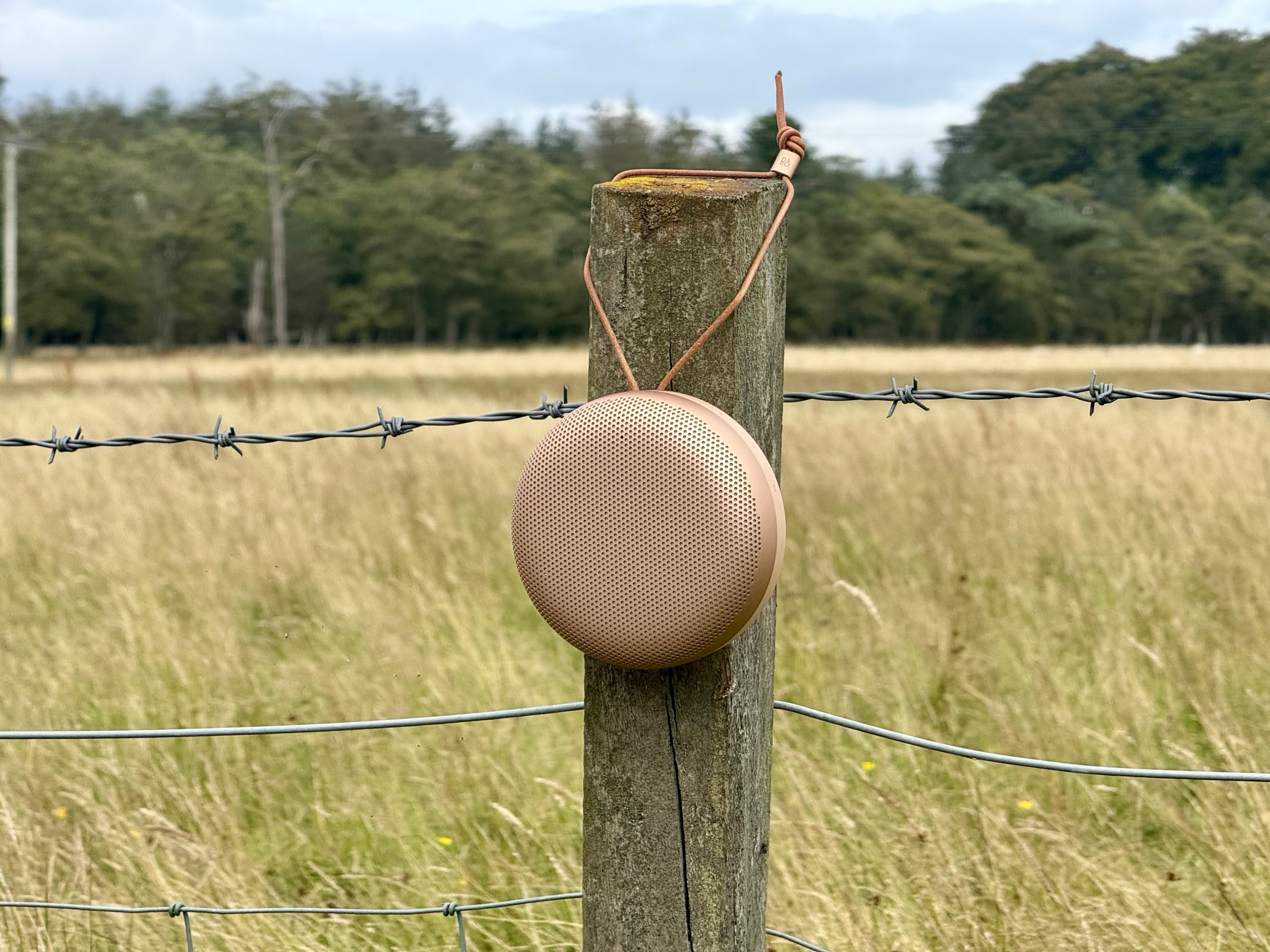
I used the A1 at average volume each afternoon over the course of a week, testing it in a variety of scenarios – between the shower (it has an IP67 waterproof rating), garden, the local park, and my office space. The unit's battery life was easily up to the task, which is no surprise given that it extends up to 24 hours on a single charge.
When the unit's LED light eventually flashed to indicate the battery was approaching its last 10 percent of power, it still lasted an entire afternoon, and when I charged it via the supplied cable, the A1's battery reached full capacity in around an hour. Given what I'd put it through, the advertised "up to 24 hours" charge doesn't seem far fetched at all.
It's worth noting that the A1 features modular architecture designed for a 10-year lifetime and is the first Bluetooth speaker to receive Cradle to Cradle certification. B&O says the certification "aims to support a serviceable, upgradeable, and repairable approach to product design." The company offers a replaceable battery service and up to 5 years warranty with Beocare.

Bottom Line
Overall, the A1 is an extremely impressive-sounding Bluetooth speaker that lives up to its multi-generational reputation. Its thoughtful, stylish aesthetic easily places it above other speakers in the design department, but its audio output is equally attention-grabbing, and beats most premium rivals.
Achieving bass-rich clarity and sonic detail from such a small unit is a remarkable achievement, and coupled with its balanced dispersion and excellent battery life, the A1 really does live up to the tired old adage that you get what you pay for.
Where to Buy
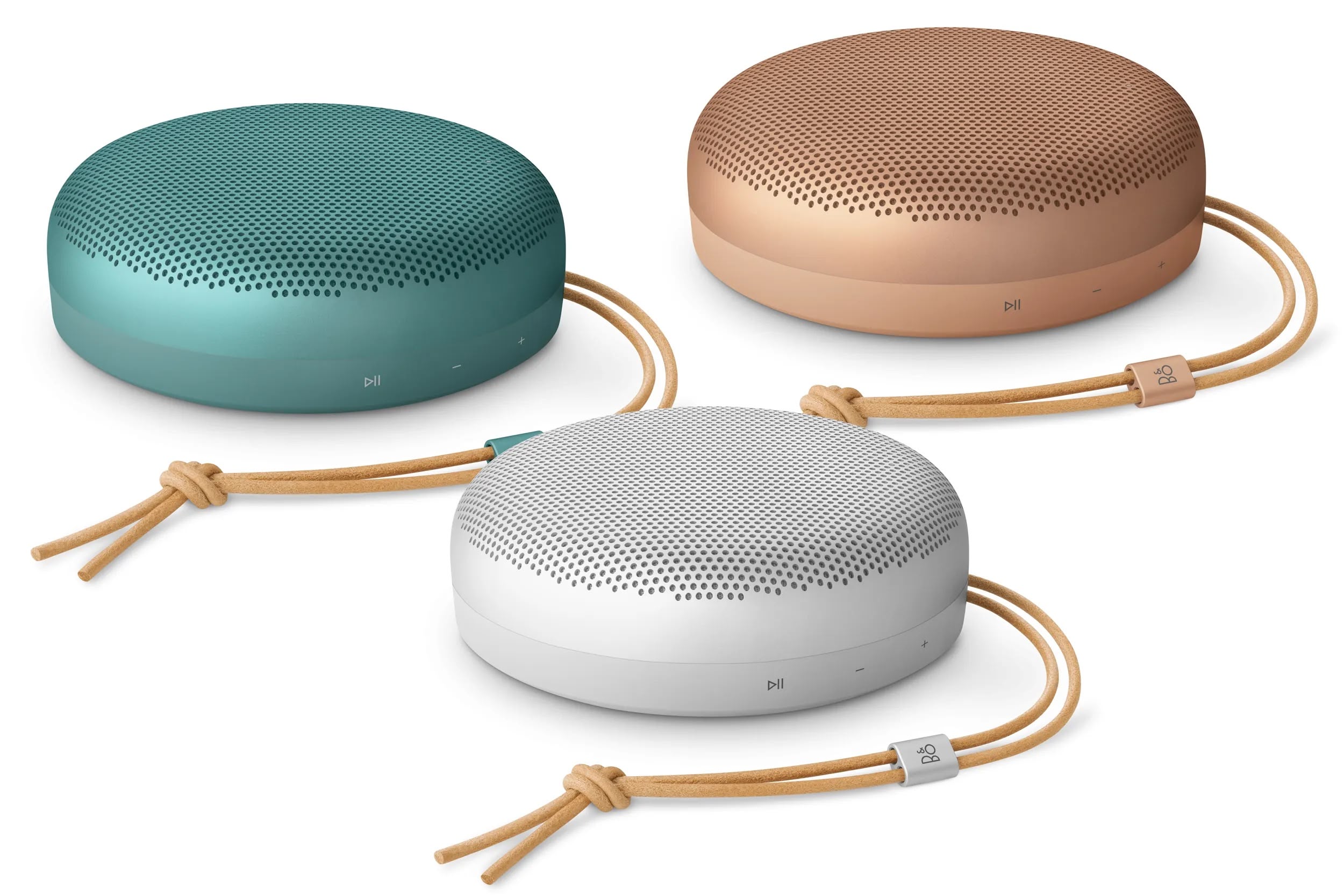
The Beosound A1 is available in natural aluminum, warn granite, honey tone, and eucalyptus green colors for $399 from Bang & Olufsen's website and authorized resellers.
This article, "Review: $399 Beosound A1 Portable Speaker Shows Why Bang & Olufsen Commands a Premium" first appeared on MacRumors.com
Discuss this article in our forums
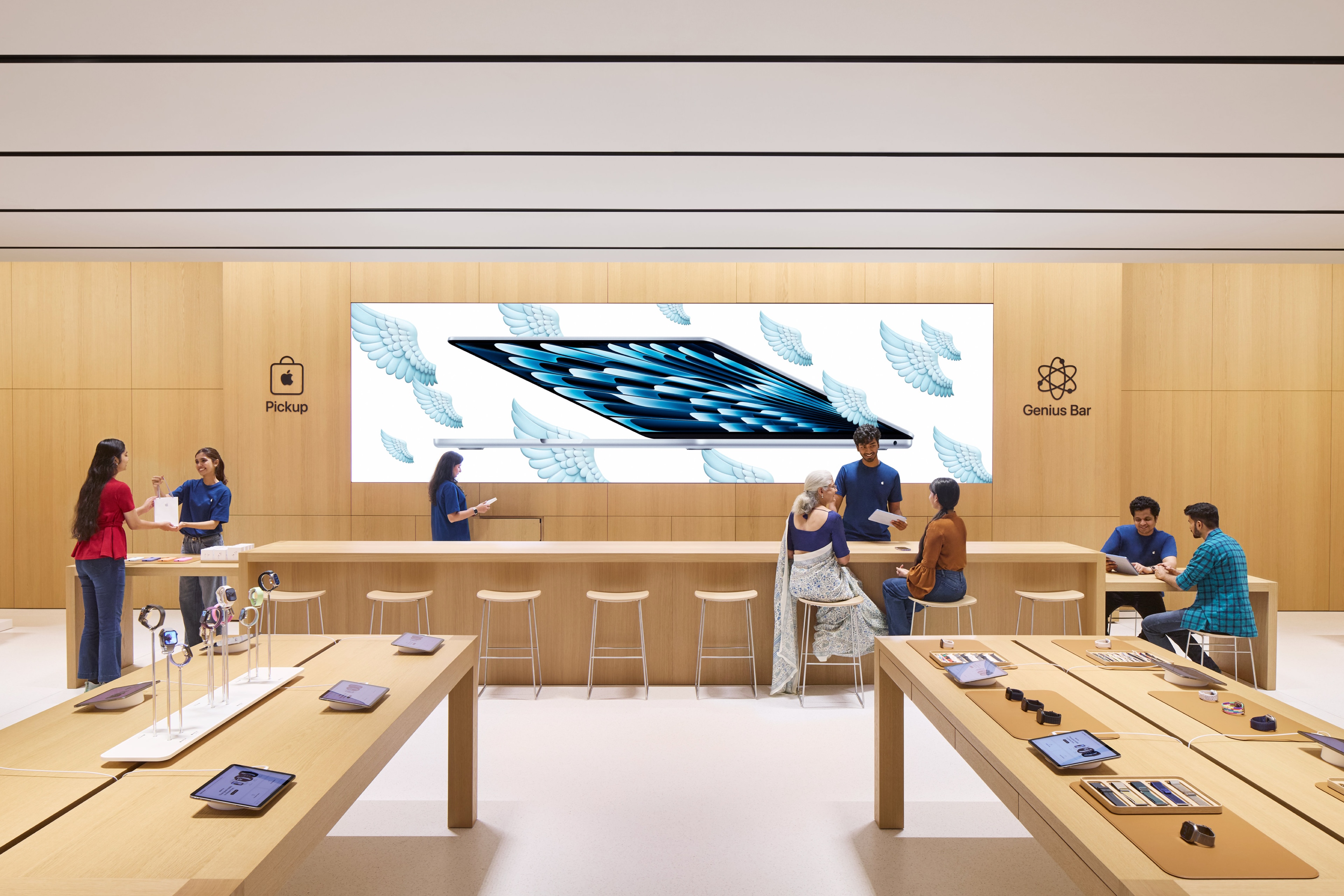
The new store is located at Phoenix Mall of Asia in Bengaluru. Apple Hebbal spans approximately 8,000 square feet and is staffed by 70 employees representing 15 states across India, according to Apple. It joins Apple BKC in Mumbai and Apple Saket in Delhi.
Apple Hebbal features a unified Genius Bar and Pickup counter, merging Apple's technical support and online order collection services into a single area. This two-in-one area has rolled out in a handful of new and renovated stores over the past year.
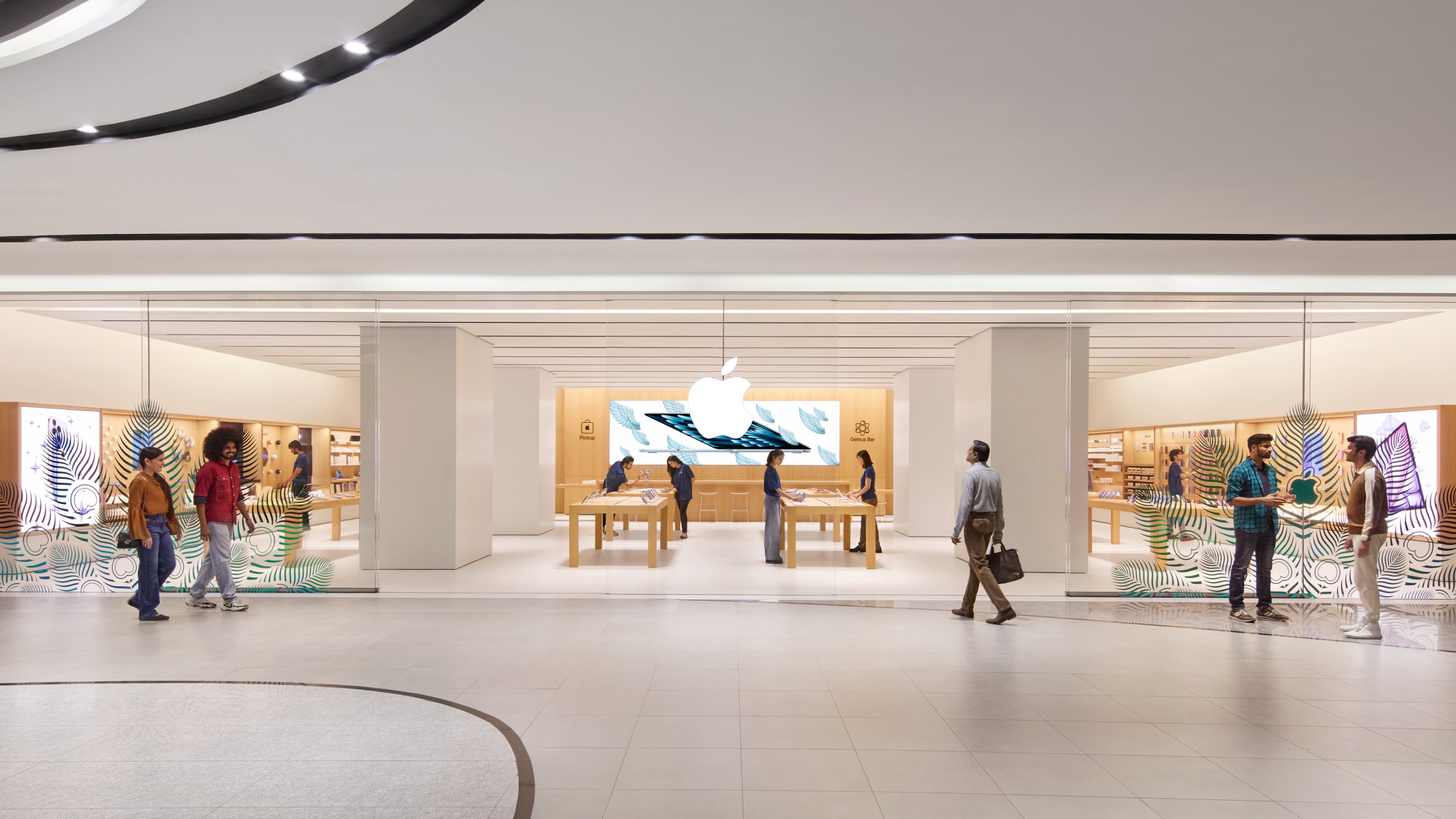
To mark the occasion, Apple released a downloadable set of exclusive wallpapers themed around the store's peacock feather-inspired design, along with a curated Apple Music playlist featuring artists from Bengaluru. The store officially opens to the public at 1 p.m. on September 2.
This article, "Apple Previews New Store With Unified Genius Bar and Pickup Counter" first appeared on MacRumors.com
Discuss this article in our forums
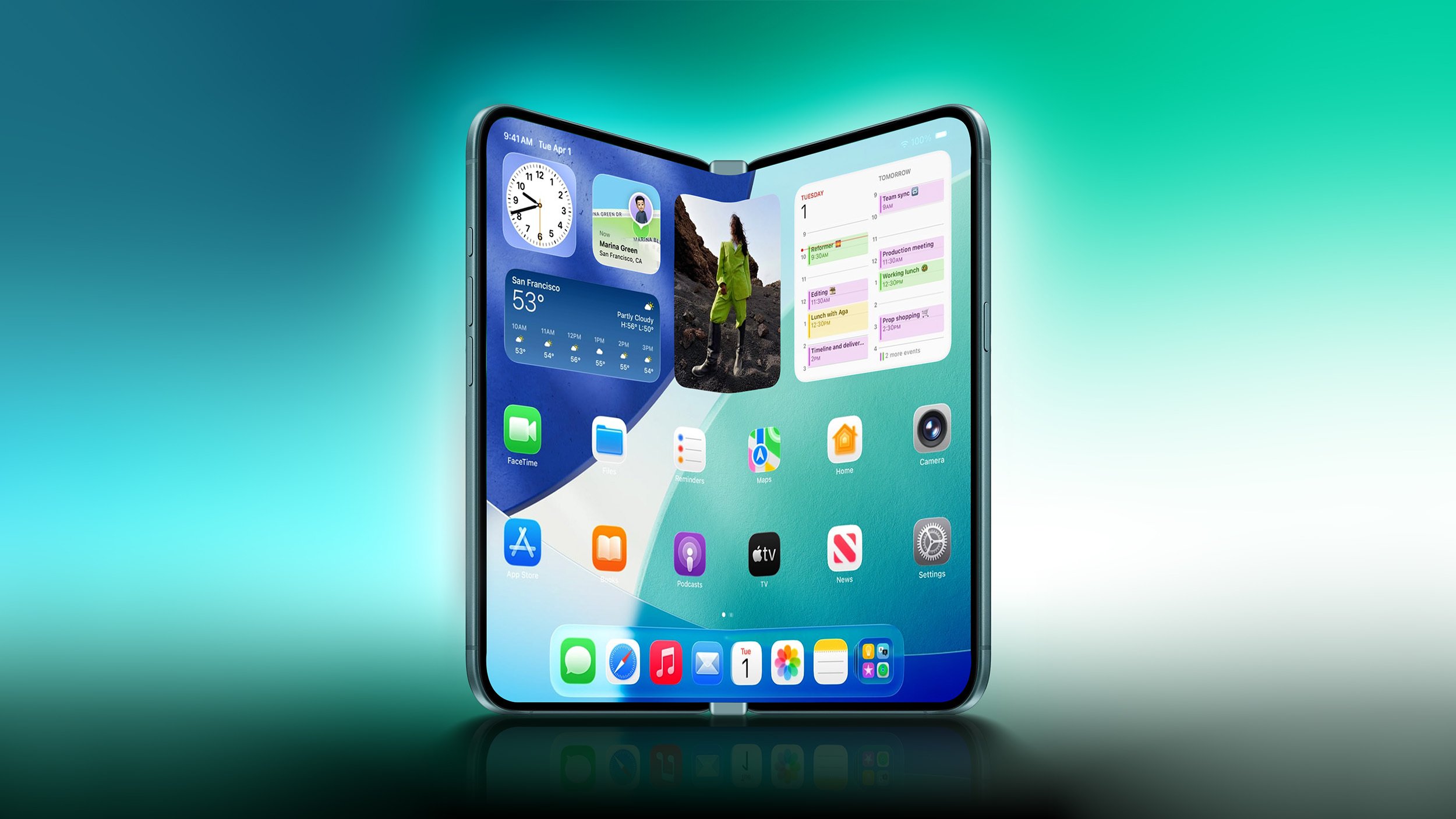
In a post on X (Twitter) today, Kuo referenced his March forecast for the rumored 2026 device: "Six months ago, I predicted the foldable iPhone would use side-button Touch ID." Kuo goes on:
"There are now market rumors that it will adopt an under-display ultrasonic fingerprint sensor, but I think that's unlikely. It's expected that Luxshare ICT will supply the side-button Touch ID module for the foldable iPhone."Kuo's original prediction outlined a book-style foldable iPhone with an approximately 7.8-inch inner display and 5.5-inch outer screen, priced between $2,000 and $2,500. He suggested Apple would skip Face ID authentication to save internal space in the folded design. Apple has already used side button-integrated Touch ID for the iPad Air and iPad mini, so the design choice is not unprecedented.
Camera-wise, the foldable iPhone is expected to include a dual-lens rear camera, with a front-facing camera for both folded and unfolded states, according to Kuo.
Both Kuo and fellow analyst Jeff Pu say mass production is planned for the second half of 2026. Bloomberg reporter Mark Gurman has said he expects the device to be launched next year in the fall season.
This article, "Foldable iPhone Under-Screen Touch ID Rumor Dismissed by Analyst" first appeared on MacRumors.com
Discuss this article in our forums
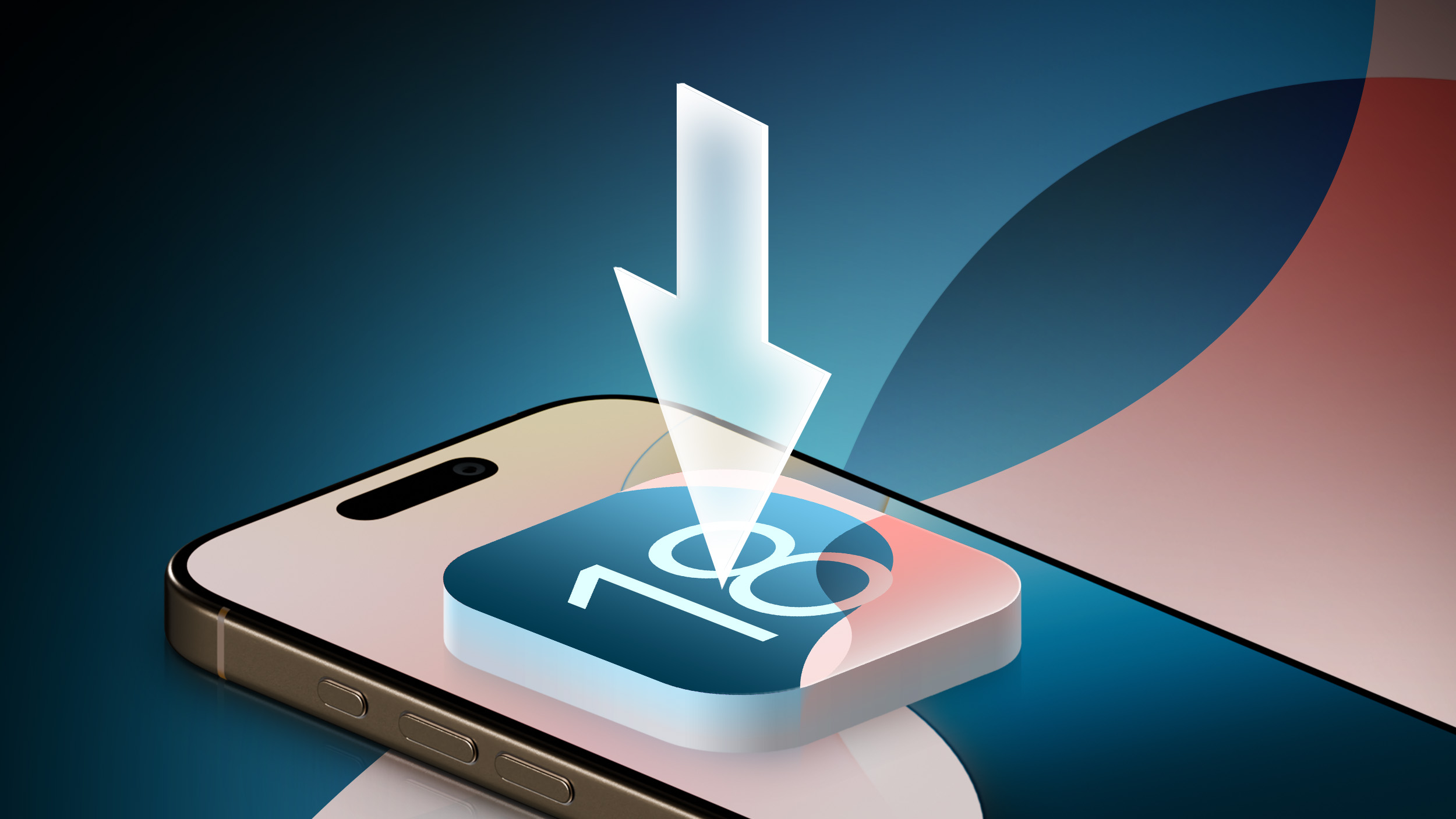
We expect iOS 18.7 to be released in September, alongside iOS 26. The update will likely include fixes for security vulnerabilities, but little else.
iOS 18.7 will be one of the final updates ever released for the iPhone XS, iPhone XS Max, and iPhone XR, as those devices are not compatible with iOS 26.
iOS 26 is compatible with the iPhone 11 and newer.
Following months of beta testing, iOS 26 is finally nearing a release, with the update likely to be made available to the general public around the middle of September.
| iOS Version | Release Date |
|---|---|
| iOS 18 | Monday, September 16, 2024 |
| iOS 17 | Monday, September 18, 2023 |
| iOS 16 | Monday, September 12, 2022 |
| iOS 15 | Monday, September 20, 2021 |
| iOS 14 | Wednesday, September 16, 2020 |
This article, "Apple Preparing iOS 18.7 for iPhones as iOS 26 Release Date Nears" first appeared on MacRumors.com
Discuss this article in our forums
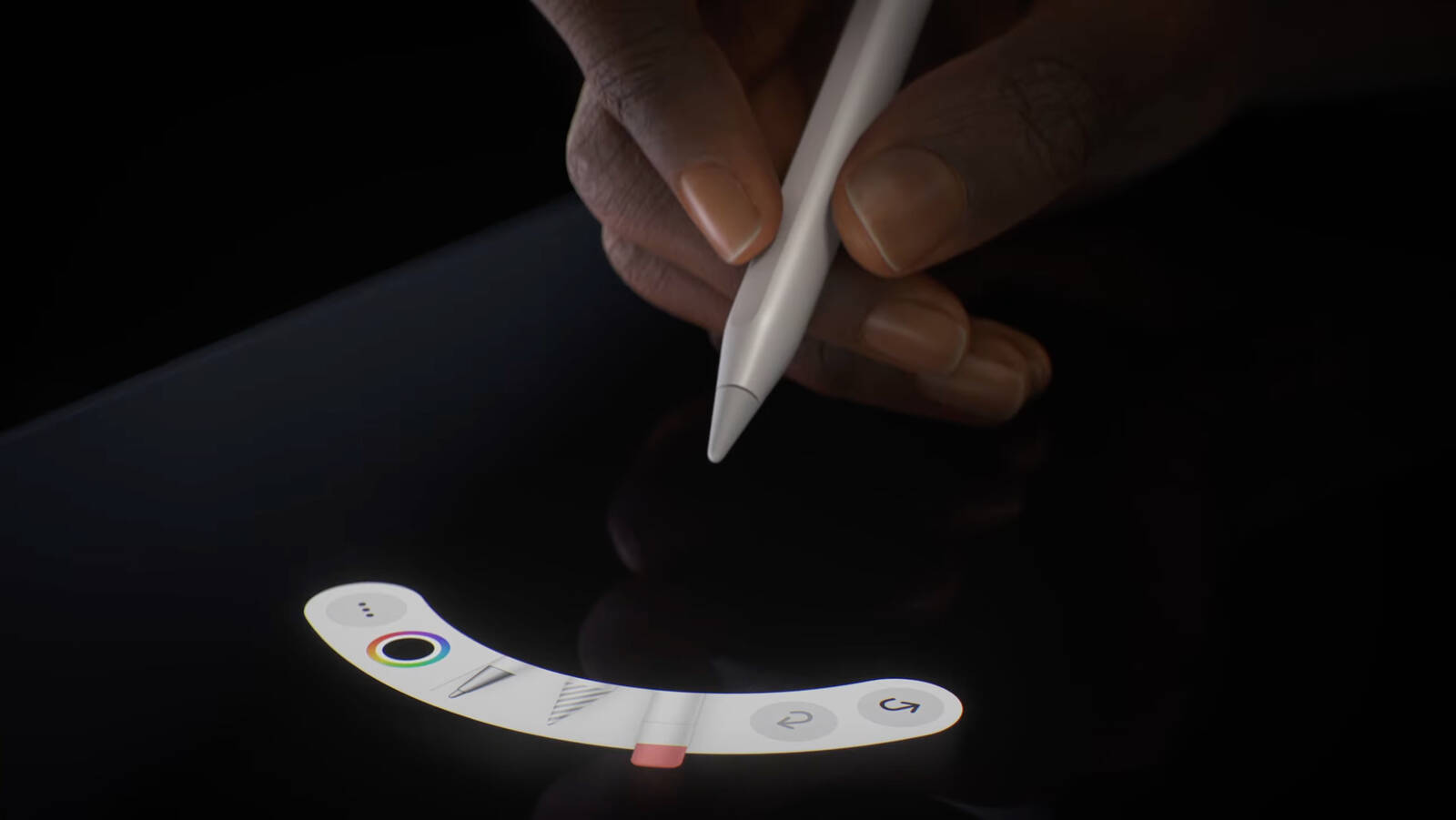
The certified refurbished Apple Pencil Pro is available at a roughly 15% discount compared to brand new, which is typical for Apple's refurbished products.
At the time of writing this, refurbished Apple Pencil Pro inventory is available in Australia, Belgium, China, Germany, Ireland, Italy, Japan, the Netherlands, Poland, Singapore, Spain, Switzerland, and the U.K., but not yet in the U.S., Canada, France, New Zealand, or any other countries where Apple directly sells refurbished products.
When it becomes available in the U.S., the refurbished Apple Pencil Pro will likely cost $109 there, down from $129 brand new. At the time of writing this, Amazon is selling the Apple Pencil Pro brand new for just $99 in the U.S., so the refurbished option is not a great choice right now, since you would be spending more money for a used product.
Apple's refurbished products are generally in like-new condition. Apple says all of its refurbished products undergo "full functionality testing," and any defective modules identified in testing are replaced. All of the refurbished products are also put through a "thorough cleaning process and inspection," before being repackaged, according to the company.
Key features of the Apple Pencil Pro include the ability to squeeze the accessory to bring up a tool palette, a gyroscope that allows users to roll the Apple Pencil Pro for precise control of shaped pen and brush tools, haptic feedback for certain actions, and Find My support. It is compatible with iPad Pro models with the M4 chip, iPad Air models with the M2 chip or newer, and the iPad mini with the A17 Pro chip.
This article, "Apple Pencil Pro Rolling Out in Apple's Refurbished Store at a Discount" first appeared on MacRumors.com
Discuss this article in our forums
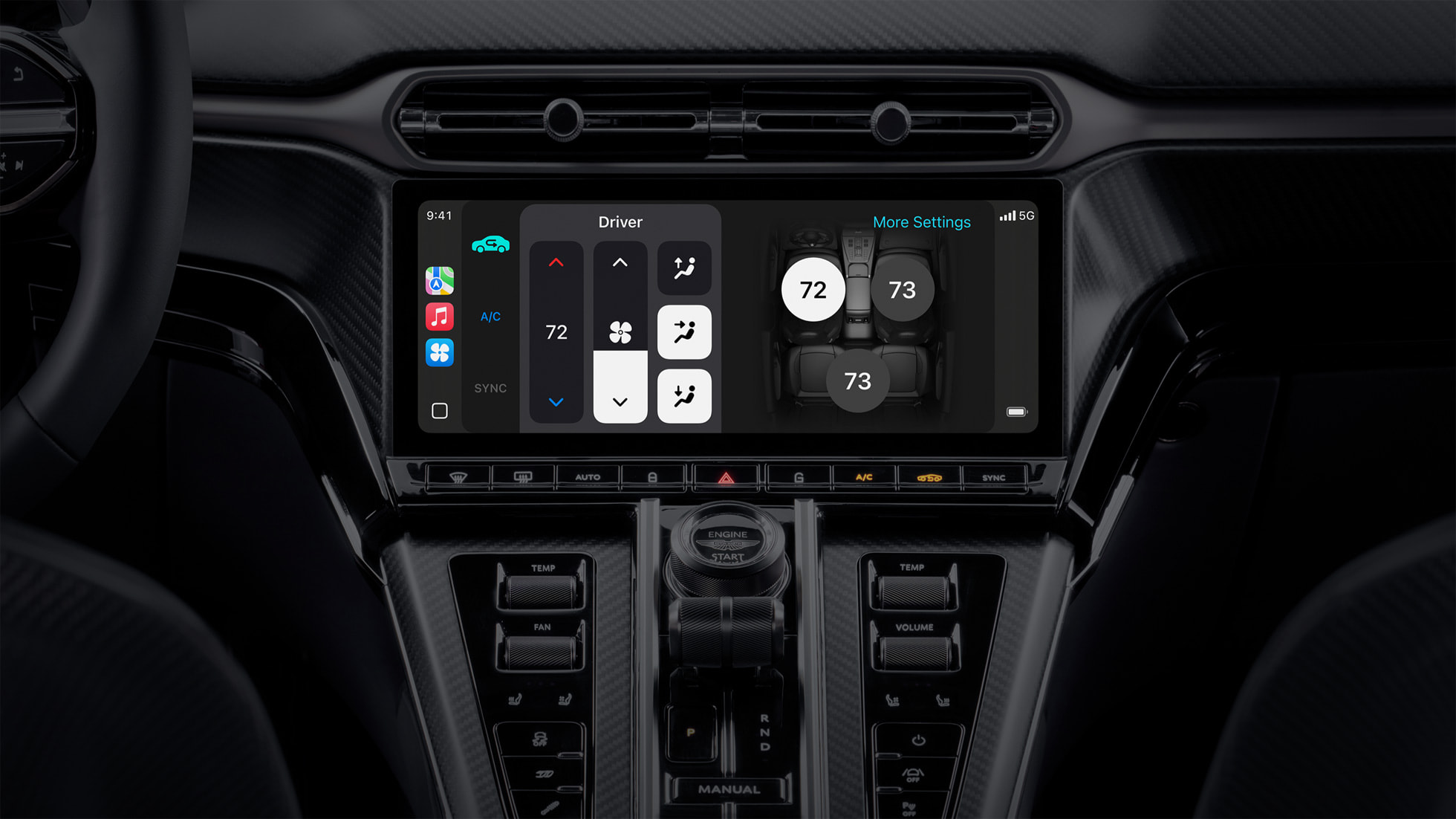
Here is what Top Gear's Paul Horrell reported last week:
The Ioniq 3 will be digital-forward. For a start it can run Apple's CarPlay Ultra if the driver wants. Even without the Apple skin, the interface allows more configuration of the design, and links to new synthesised EV sound effects.The mention of CarPlay Ultra in the report was spotted by French blog MacGeneration.
Hyundai plans to showcase a conceptual version of the IONIQ 3 at the IAA Mobility auto show, which begins on September 9 in Munich, Germany. The report described the vehicle as a smaller and more affordable EV that will offer up to 365 miles of range per full charge. The vehicle is expected to launch in the first half of 2026.
Launched in May, CarPlay Ultra is the long-awaited next-generation version of CarPlay that was previewed in 2022. CarPlay Ultra is currently limited to newer Aston Martin vehicles in the U.S. and Canada, but Apple said that many other automakers around the world are working to offer it over the next year and beyond, including Hyundai and its Kia and Genesis brands. So, it would make sense if the all-new IONIQ 3 supports CarPlay Ultra.
CarPlay Ultra features deep integration with a vehicle's instrument cluster and systems, built-in Radio and Climate apps, customizable widgets, and more. The interface is tailored to each vehicle model and automaker's identity, and drivers can choose from various preset design options. The connected iPhone provides app-related data, while the vehicle provides driving data like current speed, and other info like tire pressure.
Some other automakers like Audi, BMW, and Mercedes-Benz have said they have no plans to offer CarPlay Ultra, but decisions can always change over time.
This article, "Next Vehicle With CarPlay Ultra Named in Report as Rollout Continues" first appeared on MacRumors.com
Discuss this article in our forums
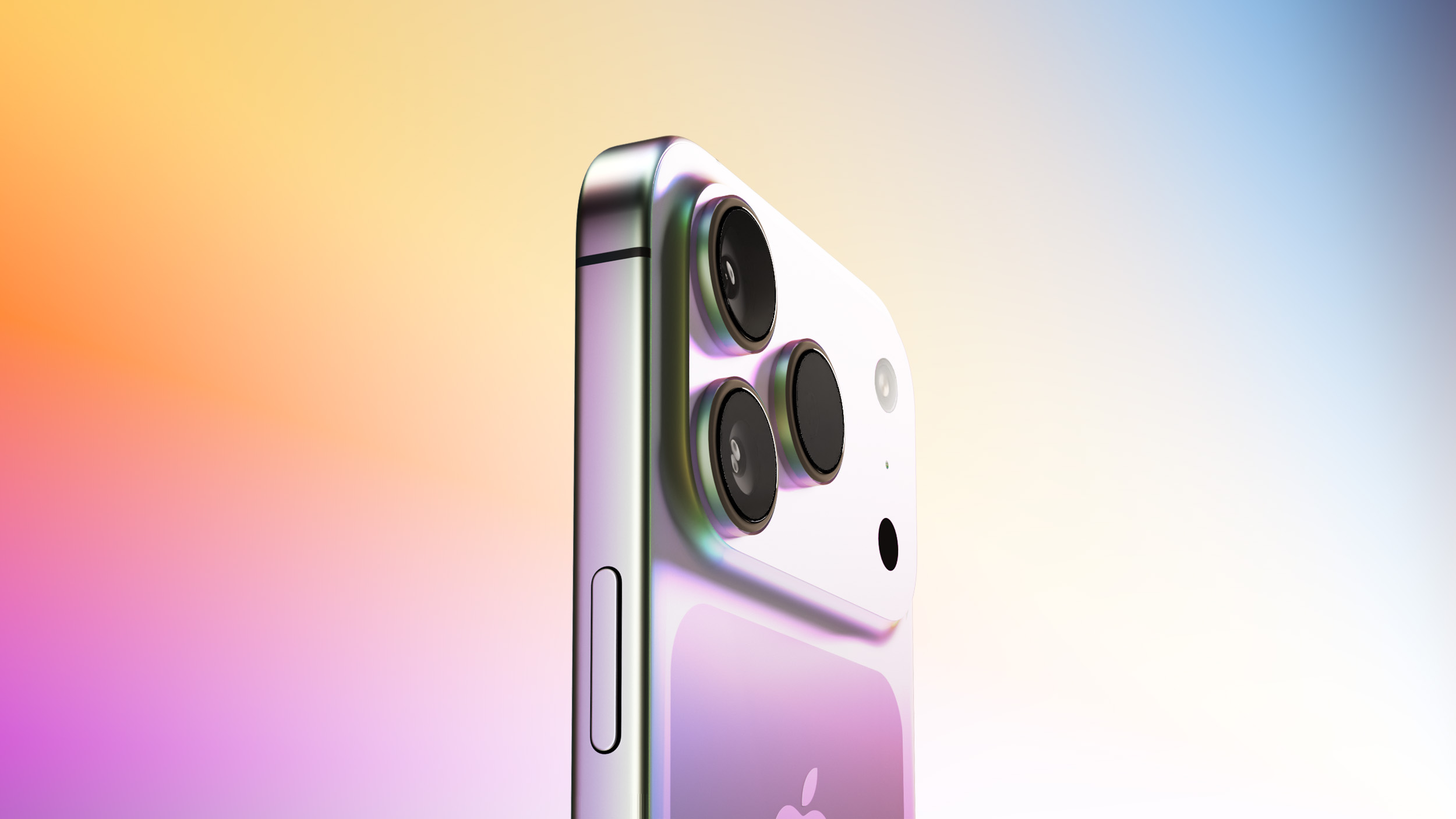
The latest info comes from a leaker known as Majin Bu, who has shared alleged images of Apple's Clear Case for the iPhone 17 Pro and Pro Max, or at least replicas.
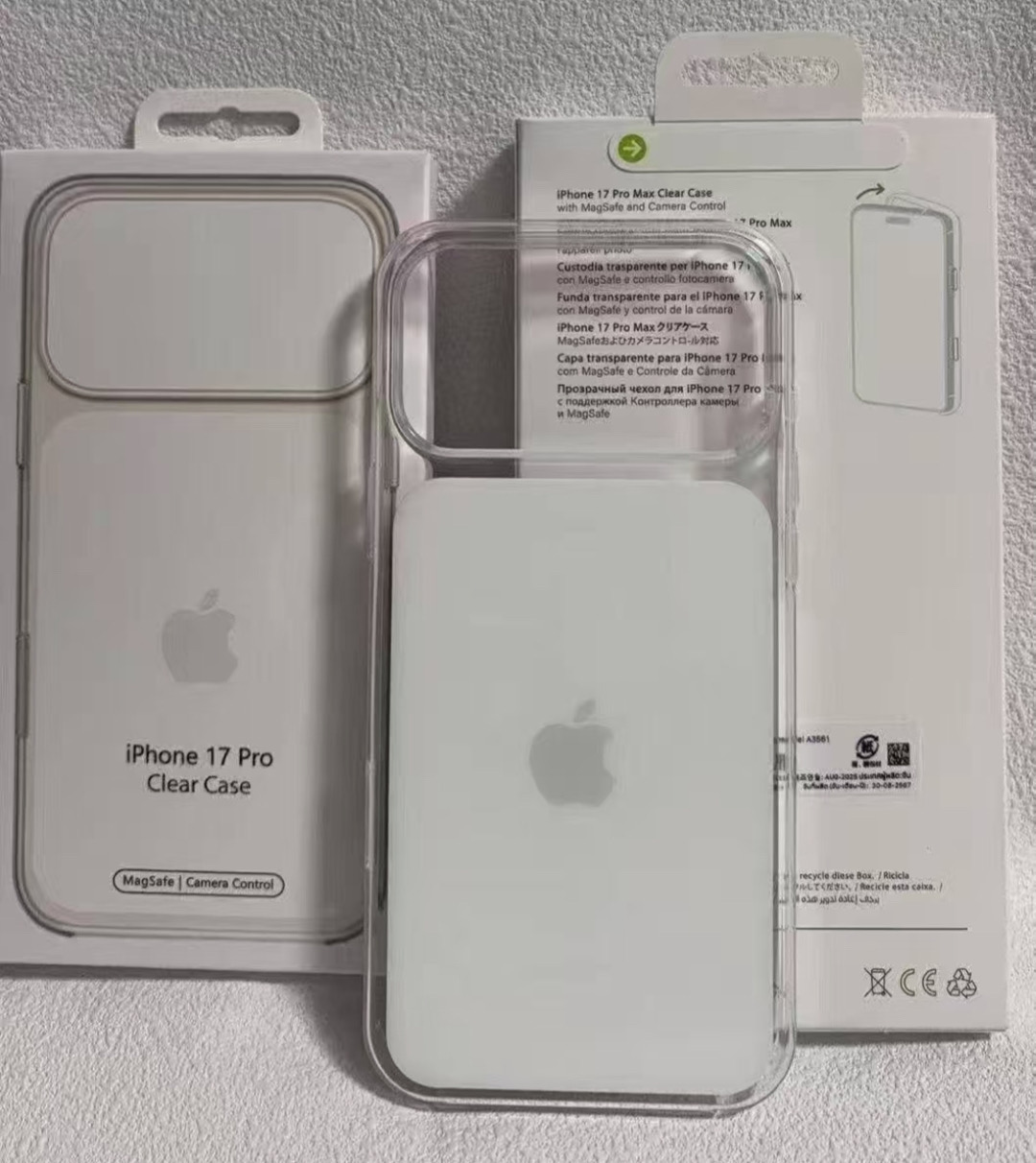 Image Credit: @MajinBuOfficial
Image Credit: @MajinBuOfficialThe images show three alleged changes compared to Apple's iPhone 16 Pro Clear Case:
- A cutout for a significantly larger rear camera bump that spans the entire width of the device, as widely rumored already.
- A white rounded rectangular area surrounding the MagSafe system, instead of the previous circle with a line below it.
- Compatibility with Apple's rumored Crossbody Strap magnetic lanyard.
Apple's annual iPhone event is a little over a week away, so we will find out of this redesigned Clear Case is the real deal soon.
This article, "iPhone 17 Pro Clear Case Leak Reveals Three Key Changes" first appeared on MacRumors.com
Discuss this article in our forums

The three Macs that are now obsolete:
- MacBook Air (11-inch, Early 2015)
- MacBook Pro (13-inch, 2017, 4 Thunderbolt 3 Ports)
- MacBook Pro (15-inch, 2017)
Apple discontinued the 11-inch MacBook Air following its October 2016 event, moments after introducing the first MacBook Pro models with a Touch Bar. Given that the 11-inch MacBook Air was just added to the obsolete list now, however, it likely remained available through select resellers until at least some point in 2018.
The current MacBook Air has 13.6-inch and 15.3-inch display size options. If you wish there was a smaller-screened MacBook, know that Apple is rumored to be planning a new 12.9-inch MacBook powered by the iPhone 16 Pro's A18 Pro chip.
Apple also added iPhone 8 Plus models with 64GB and 256GB of storage to the vintage products list on its website today.
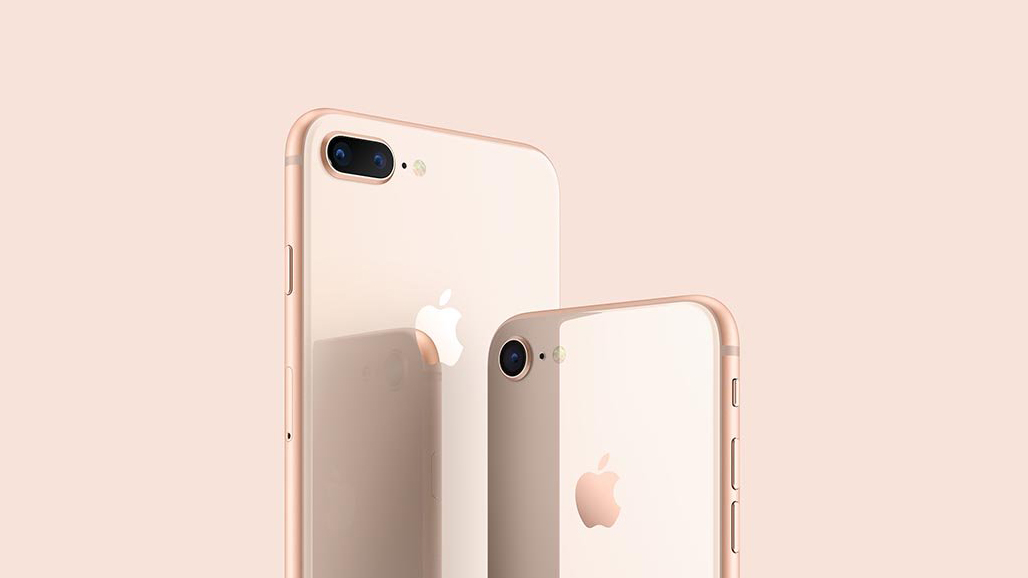
Apple considers a device to be "vintage" once more than five years have passed since the company stopped distributing it for sale. Apple Stores and Apple Authorized Service Providers can continue to offer repairs for vintage products until they become fully obsolete two years later, subject to parts availability.
Apple announced the iPhone 8 and iPhone 8 Plus in September 2017, alongside the iPhone X.
This article, "Apple Says 11-Inch MacBook Air and Two Other Macs Are Now Obsolete" first appeared on MacRumors.com
Discuss this article in our forums
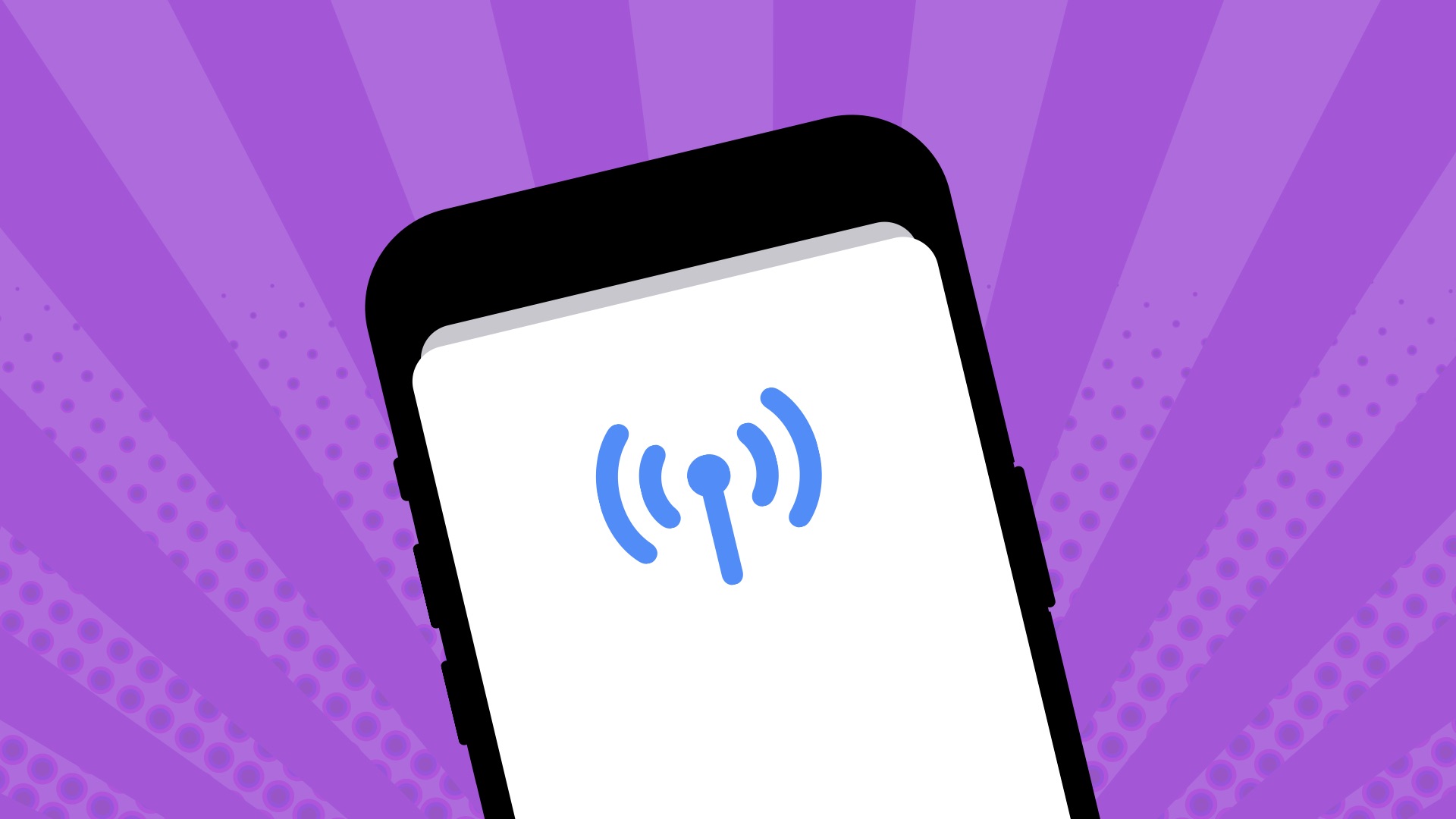
In particular, a source familiar with the matter has informed MacRumors that retail employees at Apple Authorized Resellers in the EU are required to complete a training course related to iPhones with eSIM support by Friday, September 5. There are 27 countries in the EU, such as France, Germany, Italy, Spain, and the Netherlands.
Apple is expected to announce the iPhone 17 series on Tuesday, September 9, which is just four days after employees must complete the training.
The training information is available in Apple's SEED app, which is used by employees at both Apple Stores and Apple Authorized Resellers around the world, so it is quite possible that the eSIM-related course extends beyond the EU.
In the United States, all iPhone 14 models and newer lack a SIM card slot, and instead rely on digital eSIM technology. Apple has yet to eliminate the SIM card tray in any other countries, but it likely will starting with the iPhone 17 series.
The Information broke the news last year:
Next year, however, Apple is planning to eliminate physical SIMs in more countries, according to a person with direct knowledge of the matter.The report did not mention any specific iPhone 17 models or countries.
At a minimum, the iPhone 17 Air will lack a SIM card tray in most if not all countries due to its ultra-thin design, according to Apple supply chain analyst Ming-Chi Kuo. However, there is a decent chance the iPhone 17, iPhone 17 Pro, and iPhone 17 Pro Max will also be eSIM-only internationally. There might be a few exceptions still, though, such as China.
When the iPhone 14 series launched in 2022, Apple promoted eSIMs as being more secure than physical SIM cards, as they cannot be removed from an iPhone that is lost or stolen. In addition, at least eight eSIMs can be managed on an iPhone at once, eliminating the need to obtain, carry, and swap SIM cards while traveling.
Apple has a support document with a list of carriers around that world that support eSIMs.
This article, "Apple Hints at iPhone 17 Models Lacking SIM Card Slot in More Countries" first appeared on MacRumors.com
Discuss this article in our forums
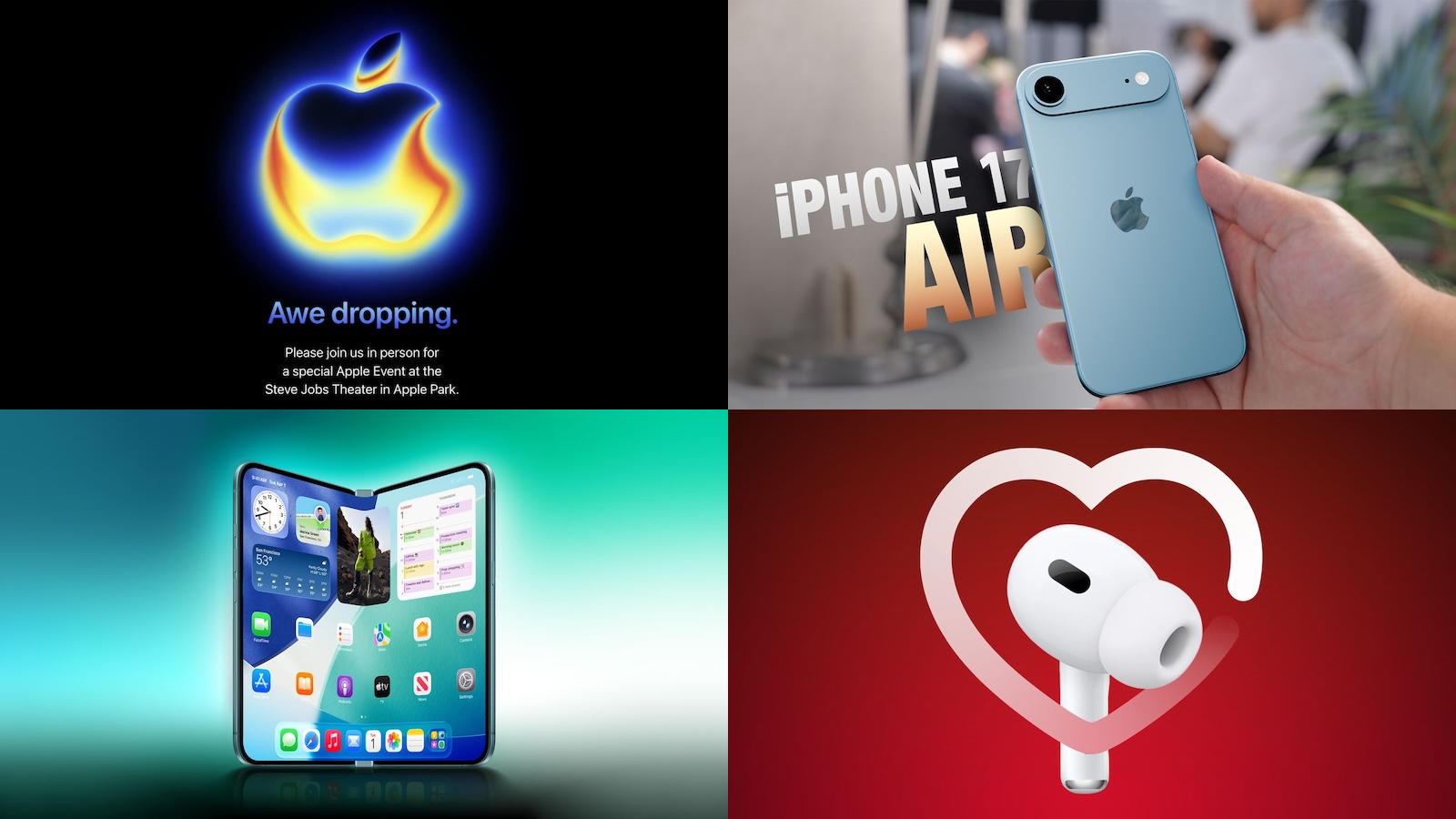
Apple has plenty more announcements in the pipeline beyond next month's event, however, including a host of new products coming through the first half of next year and several exciting changes for the iPhone lineup over the next few years, so read on below for all the details!
Top Stories
Apple Event Announced for September 9: 'Awe Dropping'
Apple will hold its annual iPhone-centric event on Tuesday, September 9, at the Apple Park campus in Cupertino, California, according to an announcement that went out this week. The event will start at 10:00 a.m. Pacific Time, with select members of the media invited to attend.
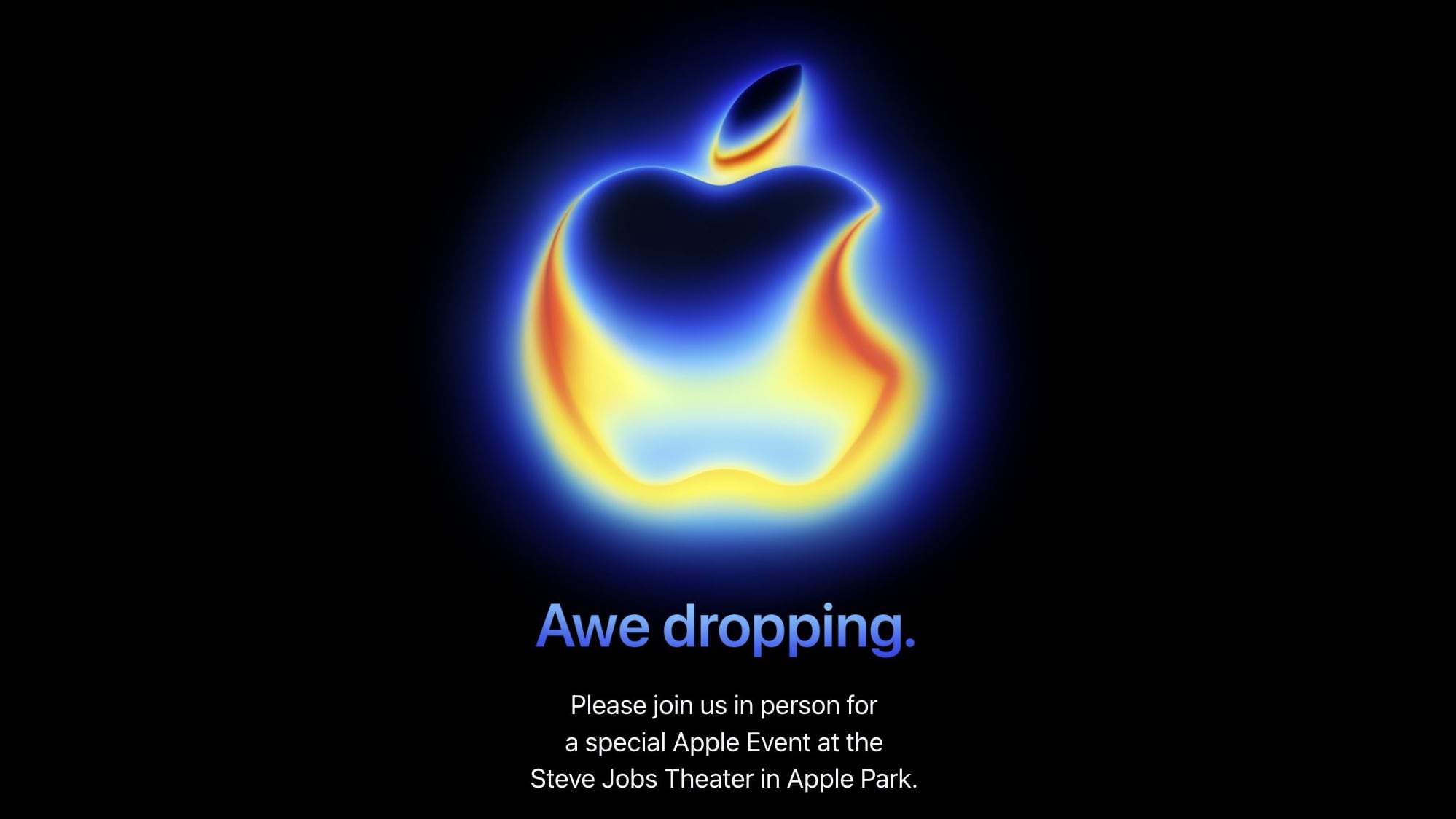
We're expecting a number of announcements at the event, with Apple's event logo potentially hinting at a few aspects of the upcoming iPhone models. Apple reportedly has a host of product launches planned for the coming months, but many of them won't be appearing at next month's event in order to spread things out and keep the focus on the new flagship iPhone models and related products.
iPhone 17 Air is Launching Soon, Here Are All the Rumors
While we're getting four new iPhone models at Apple's upcoming event, the most intriguing one is the so-called "iPhone 17 Air," a new ultra-thin model replacing the traditional Plus model in the lineup.
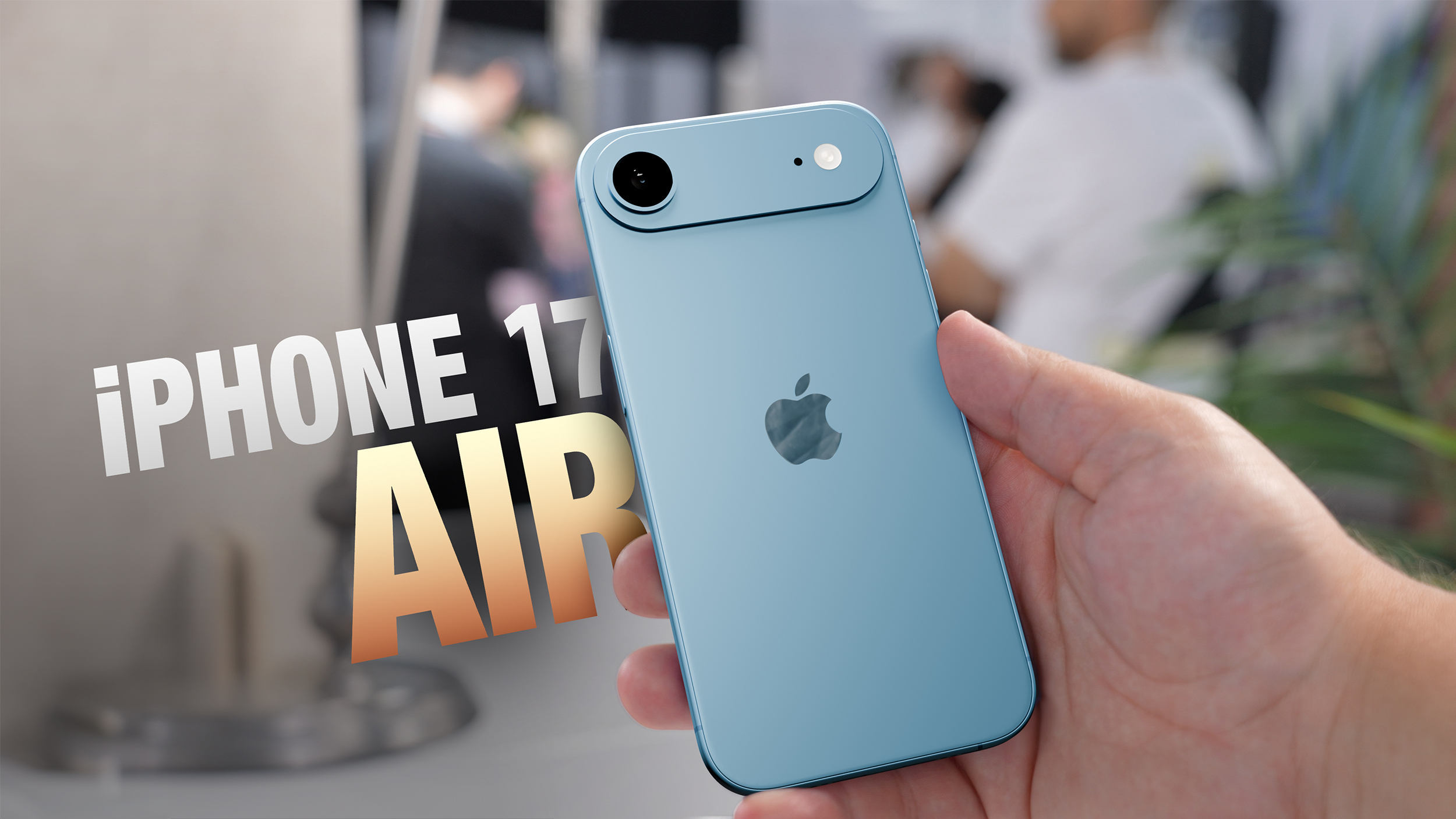
We're expecting a thin body of around 5.5mm with a wide rear camera bump, a 6.6-inch display, just one rear camera, and an ultra-thin battery that will result in shorter battery life than other models, but some users may find that tradeoff worth it.
Apple Has Reportedly Considered Releasing iPhone 17 Air Bumper Case
We're continuing to hear more about potential accessories for the iPhone 17 lineup, and beyond a battery case to help give the iPhone 17 Air additional battery life, we're now hearing that Apple has at least considered releasing iPhone 4-style bumper cases with no rear panel in an effort to provide some protection while still emphasizing the thinness of the new model.
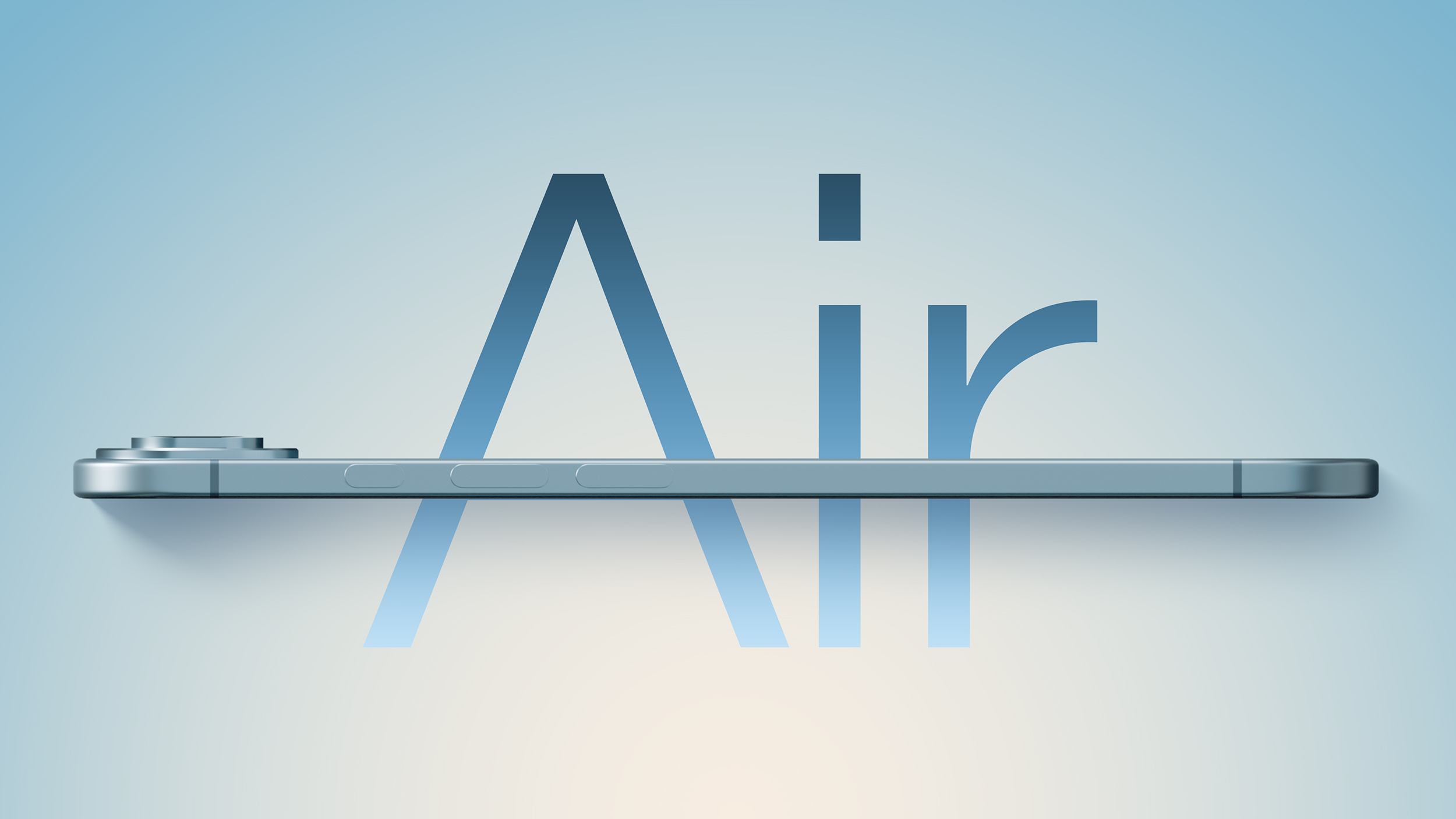
In other case news, previous reports of a new "TechWoven" material have been joined by rumored colors for "Liquid Silicone" cases similar to those Apple has offered for many years. And finally, we've seen our first alleged look at the Crossbody Strap accessory that will be able to attach to Apple's new cases.
iPhone 17 Pro Coming Soon With These 12 New Features
Rumors about the iPhone 17 Pro and iPhone 17 Pro Max have been building for months, and with an official unveiling now right around the corner, we've recapped all of the features we're expecting to see in the new models.

From a redesign with an aluminum chassis and large rear camera bump to new colors including an orange or copper option to camera improvements and more, this year's Pro models should see some significant changes.
From iPhone 17 Air to iPhone 20: Apple's Redesign Timeline
The upcoming iPhone 17 Air is just the first step in a rapid-fire effort to remake the iPhone lineup over the next few years, as recapped this week by Bloomberg's Mark Gurman.

Following the new ultra-thin Air model this year, we should see Apple introduce its first foldable iPhone next year, and in 2027 we may see a special 20th-anniversary model with a wraparound display and no bezels at all.
AirPods Pro 3 Expected to Launch This Year With Key New Feature
Bloomberg's Mark Gurman expects Apple to release new AirPods Pro this year, and he said the earbuds will have a key new feature: heart rate monitoring. A similar feature was introduced earlier this year on the Powerbeats Pro 2.
We're also expecting a number of design changes for the new AirPods Pro, including a smaller case with a hidden capacitive pairing button and a disappearing status light. The earbuds themselves may also see a redesign to shrink the size a bit and allow for a better fit.
MacRumors Newsletter
Each week, we publish an email newsletter like this highlighting the top Apple stories, making it a great way to get a bite-sized recap of the week hitting all of the major topics we've covered and tying together related stories for a big-picture view.
So if you want to have top stories like the above recap delivered to your email inbox each week, subscribe to our newsletter!
This article, "Top Stories: Apple's 'Awe Dropping' iPhone Event on September 9" first appeared on MacRumors.com
Discuss this article in our forums
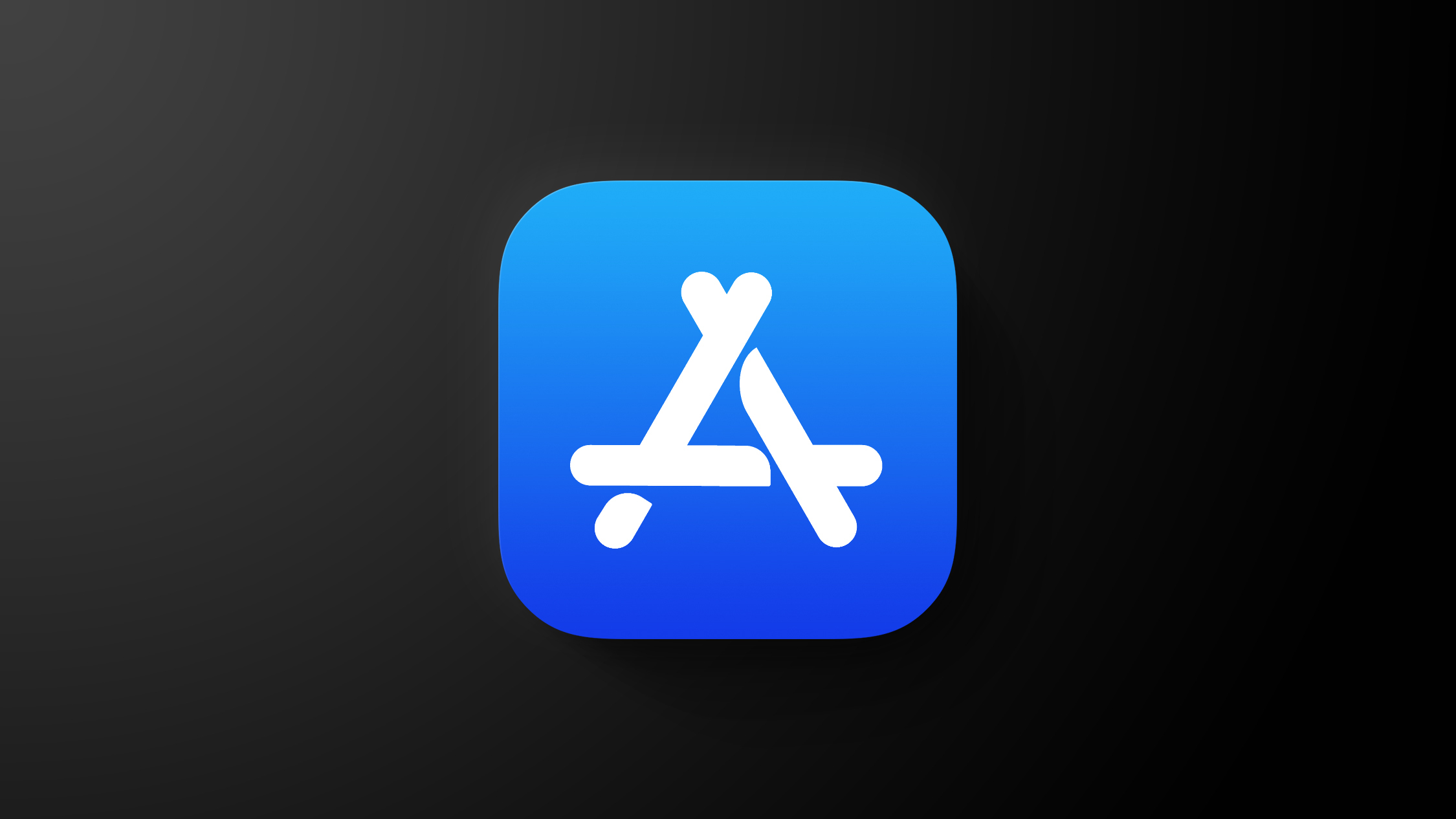
Judge Yvonne Gonzalez Rogers, who has been overseeing the Apple vs. Epic Games lawsuit, first ordered Apple in 2021 to let developers add in-app links directing customers to third-party purchase options on the web. Apple didn't have to implement the changes until 2024, and when it did, Apple charged a 12 to 27 percent fee for purchases made through links in an app. Epic Games went back to the judge and said Apple was charging "unjustified fees" and should be held in contempt of court.
Gonzalez Rogers agreed with Epic and said that Apple was in "willful violation" of the original order. In April 2025, Apple was given a much more specific mandate to allow linking with no fees and no control over how links are presented in an app, which was a win for Epic Games and for other app developers unhappy with paying fees to link out to the web. Apple implemented the changes, but appealed the ruling.
According to Apple, the 12 to 27 percent fee that it was charging and the rules that it had implemented around link design complied with the original order. The April ruling [PDF] forcing Apple to implement App Store changes said that Apple had not followed the "spirit of the injunction" and had instead used a "dubiously literal interpretation," a point that Epic emphasized in its own filing with the court. In response, Apple argues that this is a weak argument that led to the injunction being expanded beyond what is permissible by law.
The new injunction imposes, in meticulous detail, new design and formatting rules and dictates the messages that Apple may convey to its own users on its own platform. These requirements represent an improper expansion and modification of the original injunction—rather than an attempt to enforce compliance with the original injunction—and violate the First Amendment by forcing Apple to convey messages it disagrees with. Epic doubles down on the district court's emphasis on the "spirit" of the original injunction and Apple’s supposed bad faith, but civil contempt turns on whether a party has violated the actual terms of an injunction—which Epic does not meaningfully try to show
Apple argues that it should be able to ask for compensation for its IP protected technologies, and that the court should have forced compliance with the original injunction instead of rewriting the injunction with new terms that prohibit Apple from collecting fees.
The district court's sweeping new zero-commission rule also is not tailored to Epic's claimed harm, improperly imposes a punitive sanction, and effects an unconstitutional taking.
Should the Ninth Circuit Court find the updated injunction lawful, Apple suggests that the recent Trump v. Casa Supreme Court ruling [PDF] needs to be considered. The ruling said courts do not have the authority to issue universal injunctions that are "broader than necessary to provide complete relief" to the plaintiffs in the case. Epic Games is the only plaintiff in the case, so Apple also argues that the injunction changing the App Store rules for all developers is too broad. Apple says that the injunction should be tailored to Epic and Epic's interests alone.
Epic has never demonstrated how requiring Apple to permit all manner of linked-out purchases from any developer—and prohibiting Apple from collecting any commission on such purchases—is necessary to remedy Epic’s full harm, particularly for linked-out transactions that do not involve Epic. Just the opposite, Epic has lined up amici to describe how they wish to steer on the back of Apple's IP-protected technologies at zero cost to themselves, and not to the Epic Games Store.Apple wants the new injunction vacated, and the original injunction reconsidered to determine whether it is too broad.
... Requiring Apple to permit linked-out transactions to Spotify, Microsoft, or Amazon does not benefit Epic in any way and is not necessary to remedy any harm suffered by Epic.
As of right now, Apple is required to allow all developers in the U.S. to provide links to external websites with no restrictions on link design and no fees. If the appeals court rules in Apple's favor, Apple could change its App Store rules again to reimplement fees.
This article, "Apple Says App Store Changes Go Too Far in New Epic Games Appeal Filing" first appeared on MacRumors.com
Discuss this article in our forums
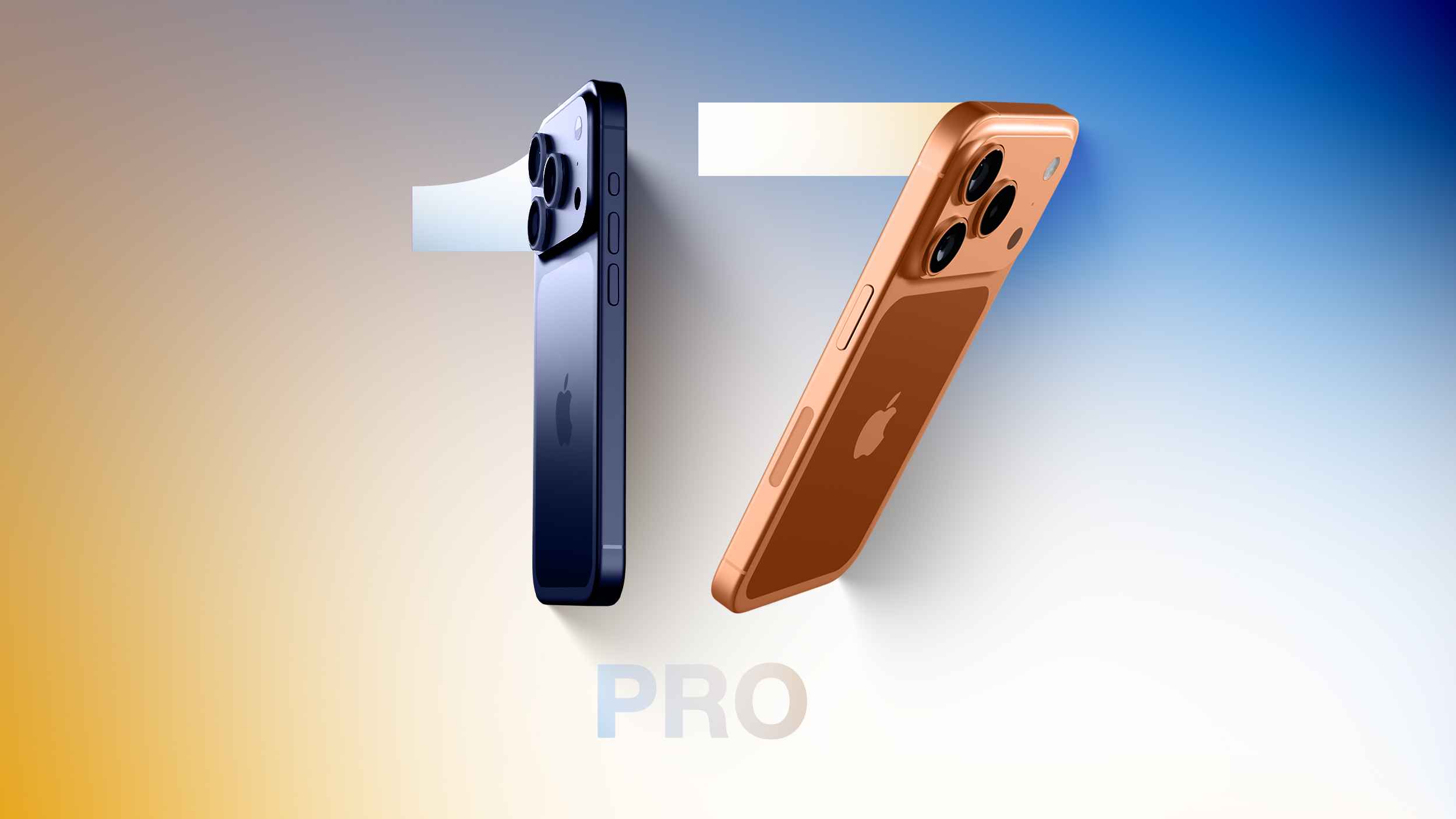
Design and Colors
The iPhone 17 Pro models will come in the same two sizes as the iPhone 16 Pro models: 6.3 inches and 6.9 inches. While the front will look similar with no visible changes to the display, the rear of the device will be redesigned.
Rather than a titanium frame for the iPhone 17 Pro models, Apple is going back to aluminum, and also doing away with some of the glass. There will be a part-aluminum part-glass design, and the back of the iPhone won't have an all-glass look.
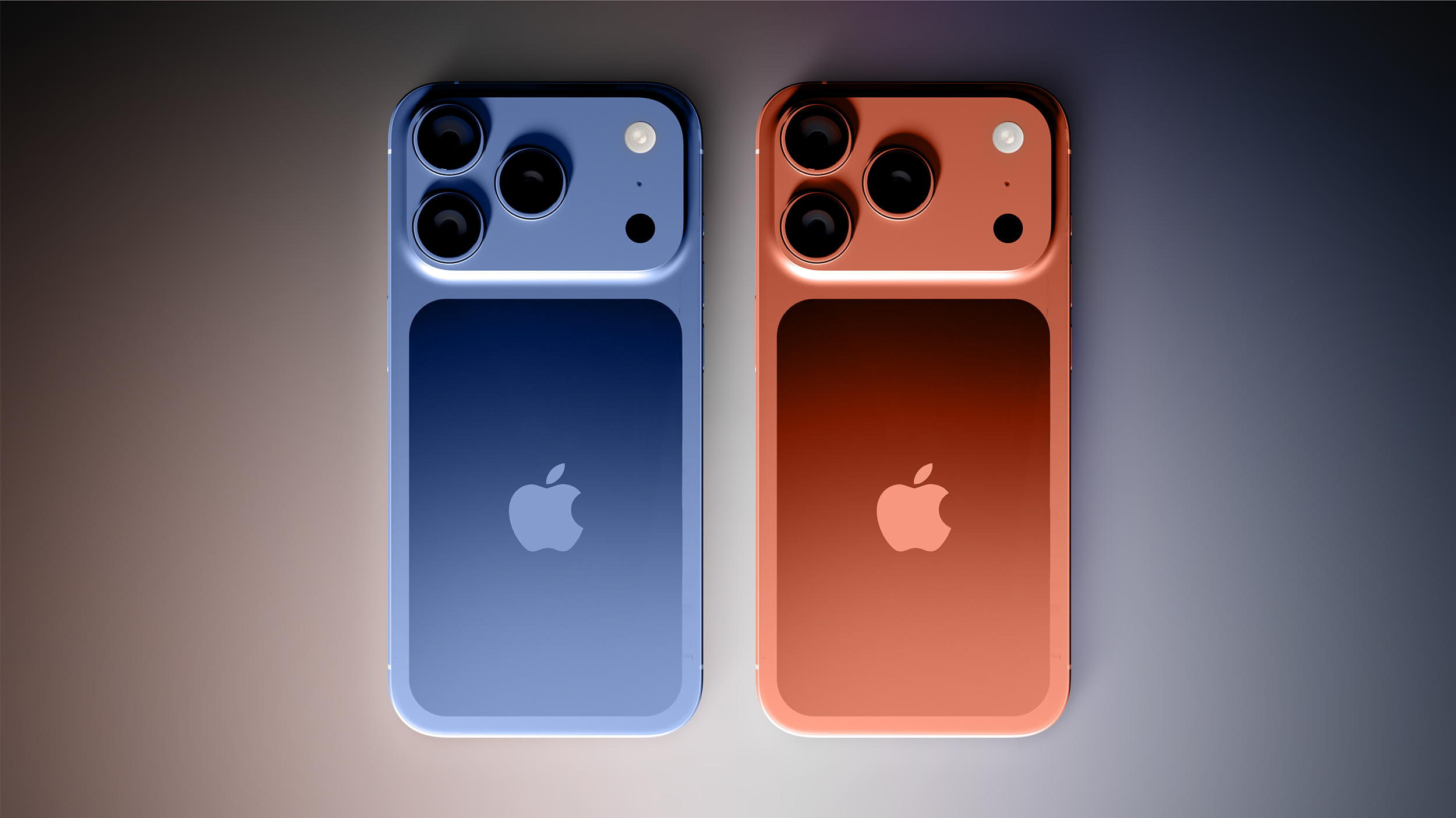
Renders and dummy models suggest that there will be a glass area around the MagSafe charger and Apple logo, while the rest of the frame will be made from aluminum for enhanced durability.
Apple is also redesigning the camera bump and instead of a square-shaped bump at the left, there will be a rectangular camera bar. Camera lenses will still be arranged in a triangle shape at the left, but the flash and LiDAR sensor will be moved to the right, and the bump will take up most of the width of the iPhone. As part of the camera change, Apple could shift the Apple logo on the back of the iPhone further down.
There may also be some tweaks to the antenna system. The little antenna lines could wrap around the rear camera bump, improving 5G connectivity. Apple is designing its own Bluetooth and Wi-Fi chip this year, so the updated antenna could be how Apple makes improvements to efficiency. There's also a chance there won't be antenna lines on the bottom of the iPhone, but this is a change most users won't notice.
The iPhone 17 Pro models might be just a little thicker than the current models, coming in at 8.725mm thick instead of 8.25mm thick. The increased space could be used for a larger battery.
iPhone 17 Pro colors could be a little unusual this year. There have been multiple rumors suggesting that Apple is going with an "orange" color, which may actually turn out to be more of a copper shade. It sounds like it will be more bold than Apple's traditional shades of gold. We're also expecting a dark blue and the standard black, white, and gray options.
Display
The iPhone 17 Pro models are expected to have the same OLED display as the iPhone 16 Pro models, but there could be a change to the protective glass. Apple has been developing a more durable anti-reflective display option.
It could cut down on reflections without notably impacting the visibility of the iPhone's screen, and it might also be more resistant to scratches and drops. It's supposedly not quite like the nano-texture display that Apple uses for Macs and iPads, because the iPhone's display will still have a glossy appearance.
Supposedly the new display coating process is more scratch resistant than the Ceramic Shield that Apple uses for the iPhone 16 Pro models.
A-Series Chip
Apple designed a new A19 Pro chip for the iPhone 17 Pro models, which is built using TSMC's latest 3-nanometer process. We're not expecting a huge jump in performance, but it'll be faster and more efficient than the A18 Pro.
Apple is going to use a metal-covered battery and a vapor chamber cooling system to improve heat dissipation in the iPhone 17 Pro models, and that could provide further chip speed enhancements.
The iPhone 17 models are expected to include 12GB RAM, up from 8GB in the iPhone 16 Pro models.
Battery and Charging
The iPhone 17 Pro could be a bit thicker than the iPhone 16 Pro, providing more space for a bigger battery. Battery life could see an improvement, and Apple is rumored to be using a battery over 5,000mAh for the first time.
Qi 2.2 support is expected for all of the iPhone 17 models, so the iPhone 17 Pro and Pro Max will charge at 25W on compatible Qi 2.2 accessories. That's the same speed as MagSafe, but accessory manufacturers are still adjusting to Qi 2 and will now need to come out with a whole new line of Qi 2.2 chargers.
Camera
There's a major change to the camera design, and there's likely some reason behind it. The iPhone 17 Pro models will have an updated 48-megapixel Telephoto lens, which means all three lenses will be 48 megapixels for the first time.
Some rumors have suggested the new Telephoto lens will support up to 8x optical zoom (possibly only on the Pro Max), and the Main camera could possibly have an adjustable aperture. Apple is planning on a dual video recording feature that uses the front and rear camera simultaneously, and there will be an upgraded 24-megapixel front-facing camera.
Apple may also add 8K video recording for the first time.
Pricing
Rumors about iPhone 17 Pro pricing have been mixed due to tariff unknowns. Apple is paying out upwards of $1 billion on tariffs in its September quarter, and that cost could be passed to consumers.
There could be a price increase, though Apple might limit it to the iPhone 17 Pro. If that's the case, the iPhone 17 Pro could be $50 more expensive, but it might also come with 256GB of storage as a minimum, up from 128GB.
Read More
You can read more about what to expect from the iPhone 17 Pro in our dedicated iPhone 17 Pro roundup.
This article, "10 Days Until the iPhone 17 Pro: All the Rumors" first appeared on MacRumors.com
Discuss this article in our forums
Apple TV+ announced a new, six-episode seventh season for the widely hailed, darkly comedic spy drama “Slow Horses.” The Emmy and BAFTA…
The post Hit Apple TV+ series ‘Slow Horses’ season five, starring Gary Oldman, premieres September 24th appeared first on MacDailyNews.
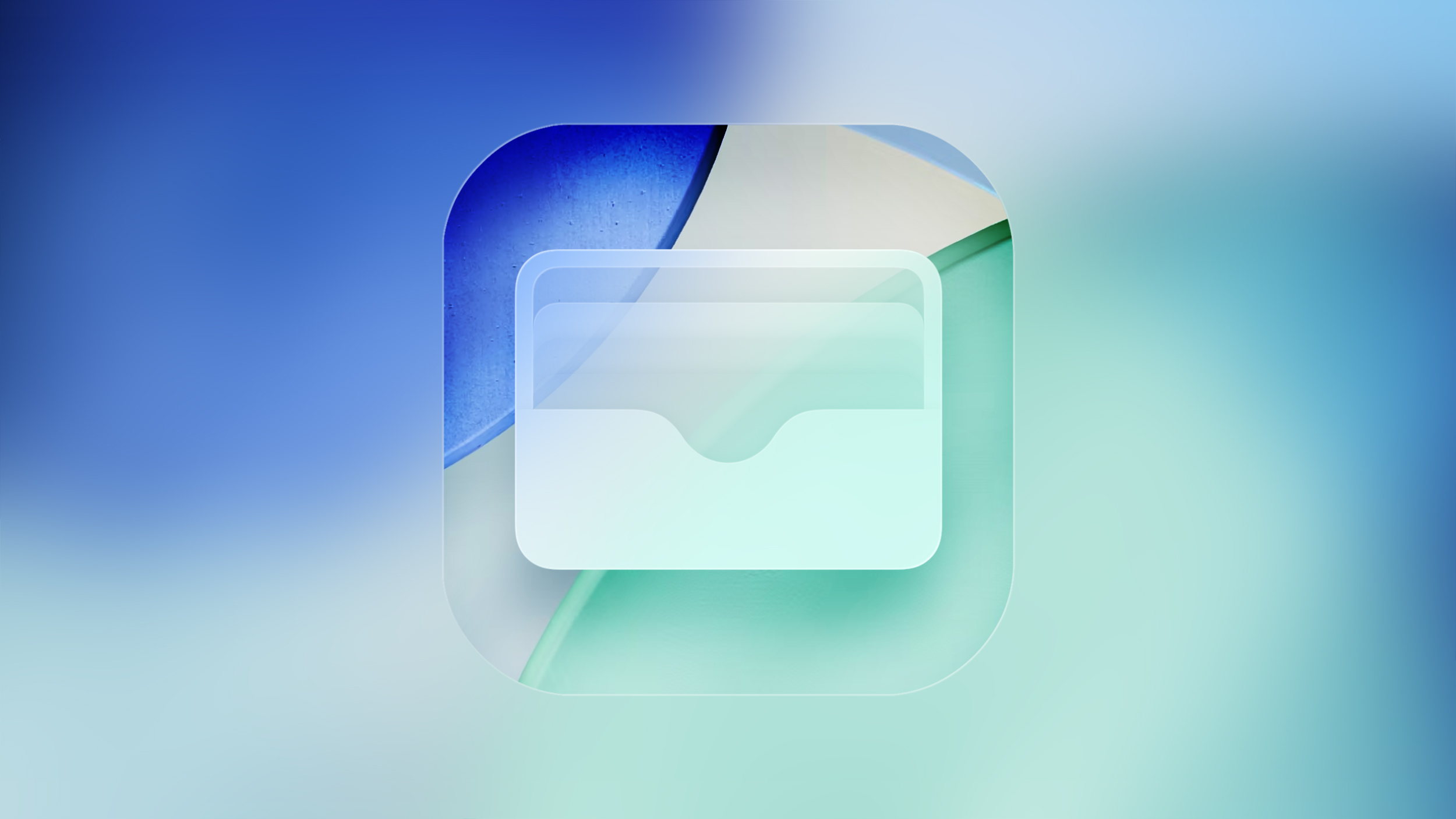
Order Tracking
The iOS 26 Wallet app features enhanced order tracking, and you can now use it to track all of your purchases rather than just those made using Apple Pay.
Apple Intelligence is used to locate order related information from the Mail app, and then orders are pulled into the Wallet app. The iPhone can detect tracking numbers and order numbers, and update the status of packages as they move from order to delivery.
Orders can be accessed by tapping on the "..." button in the Wallet app and tapping on the Orders option. The feature is opt-in, and you do need a device capable of Apple Intelligence to use it.
Apple says that order tracking in the Wallet app is being made available in a beta capacity, and it's not perfect yet. Some orders don't update properly and need to be manually marked as complete, and some don't show up in the app.
Digital IDs
With iOS 26, Apple Wallet will allow iPhone users to add a U.S. passport that can be used in lieu of a physical passport for domestic travel.
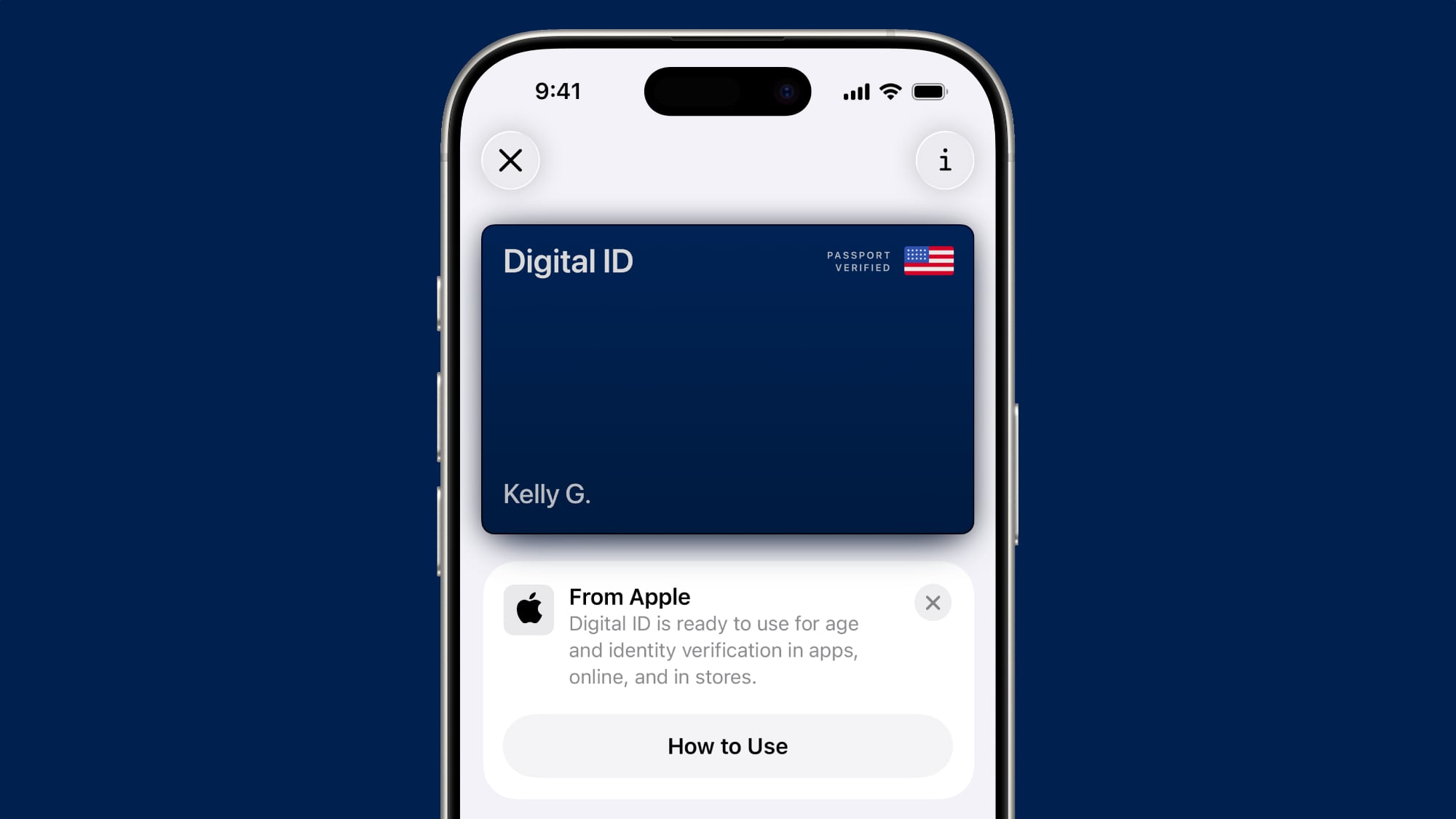
The Digital ID can be stored on the iPhone or the Apple Watch, and it can be used at select TSA checkpoints throughout the United States. It is Real ID-compliant, as a passport can be presented instead of a Real ID when traveling.
Digital IDs do not replace physical passports, and Apple warns that they cannot be used for international travel or border crossings. In these situations, a physical passport will be required, but for domestic travel, iPhone users won't need to pull out a passport and can instead pass through TSA checkpoints more quickly.
As with state driver's licenses and IDs, Digital IDs will work for age and identity verification in apps, retail store locations, and new in iOS 26, websites.
Enhanced Boarding Passes
Boarding passes for flights that are stored in the Wallet app are able to display more information in iOS 26. You'll see maps that will help you navigate through the airport, and an option to access Find My to track items, report missing bags, and more using the Find My airline integration features.
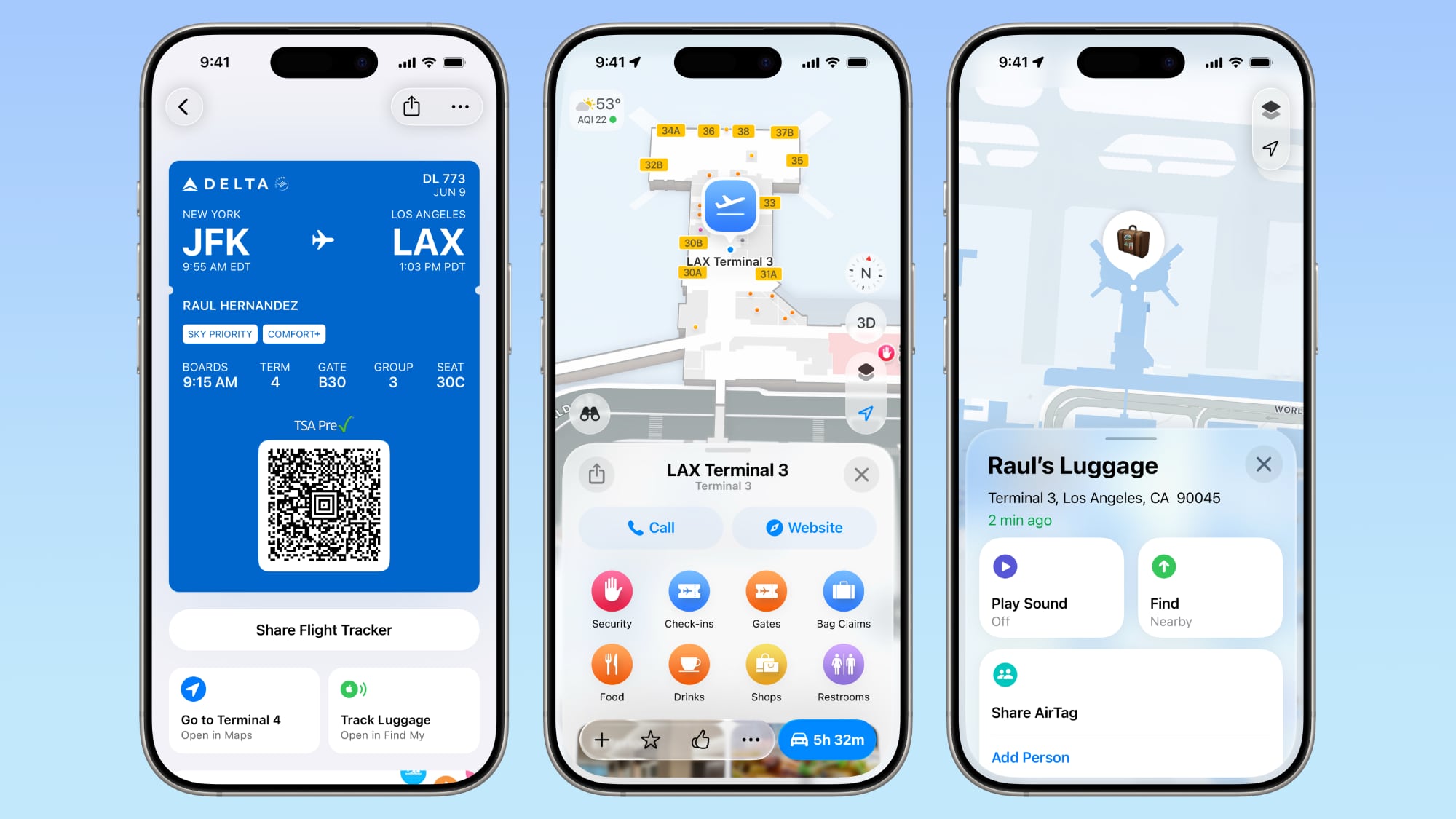
Live Activities Support
Boarding passes in the Wallet app support Live Activities, providing real-time updates on a flight. Flight information will be displayed on the Lock Screen and in the Dynamic Island, plus the Live Activity for a flight can be shared with other people.
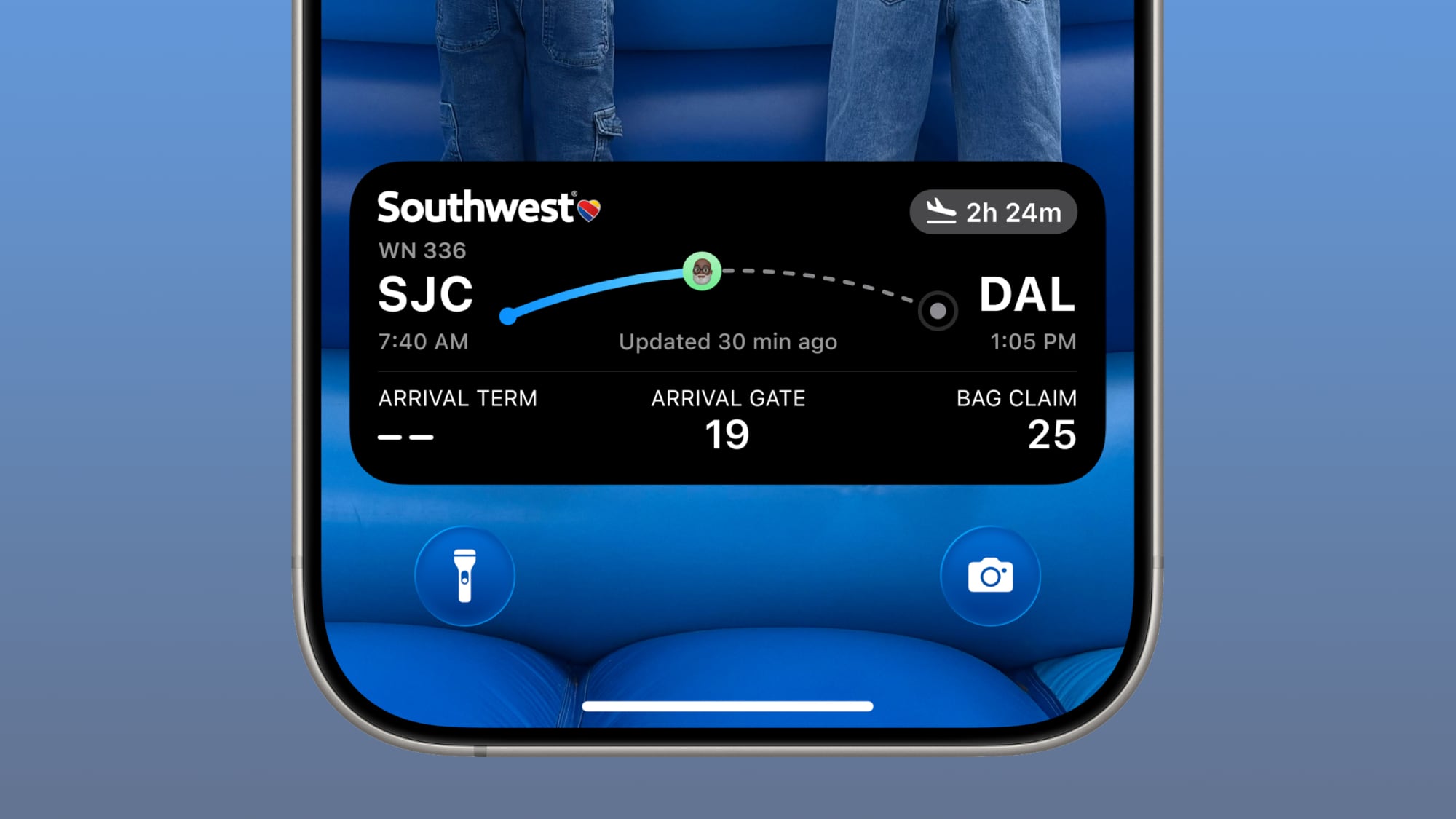
Credit Card Info
The Wallet app settings now includes an "AutoFill" section where you can view and store full credit card details like card number, expiration date, and security code.
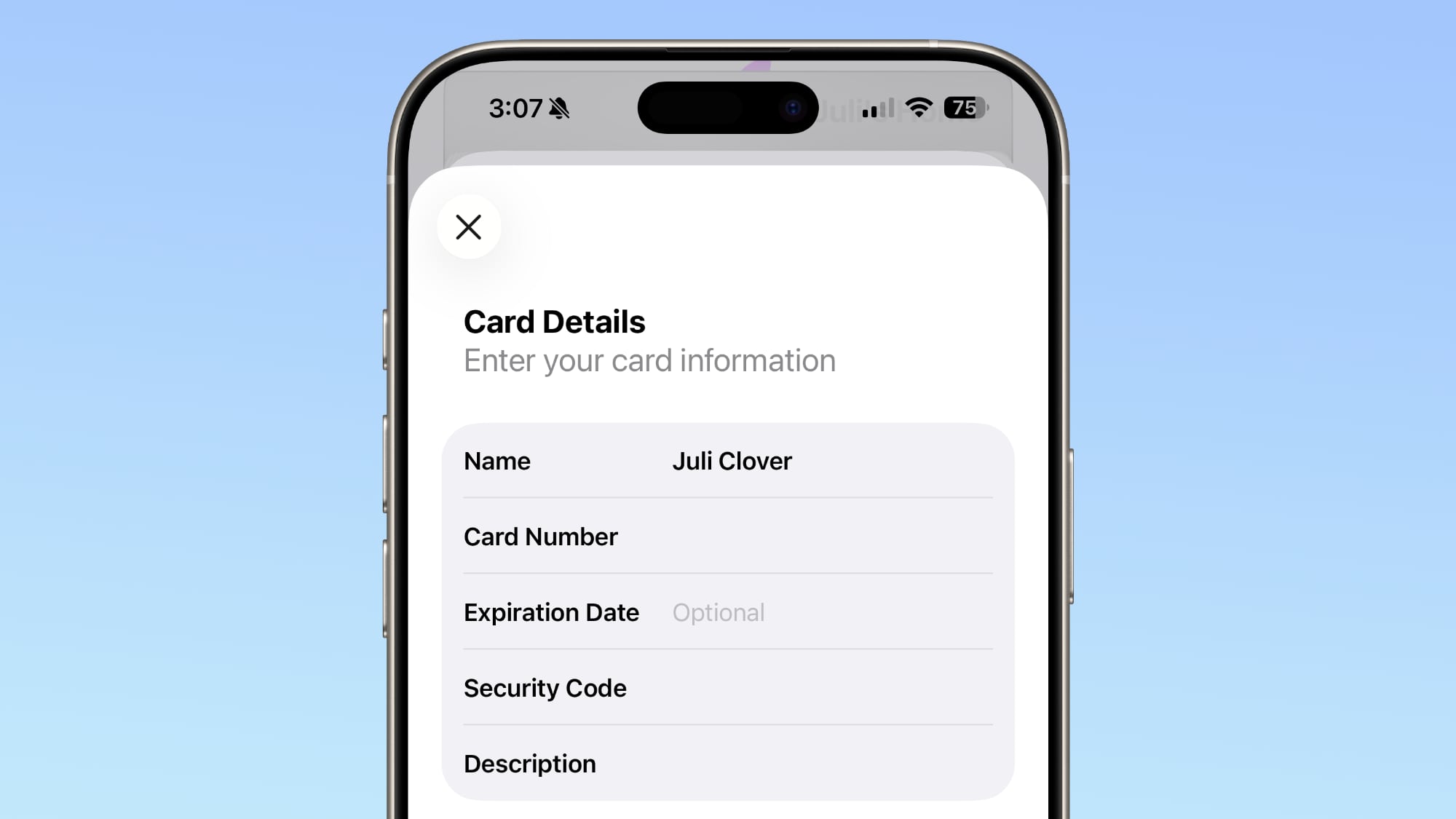
Ad Controls
Apple added an option to turn off offers and promotions sent through the Wallet app, so you can turn off ads like the F1 offer that Apple received criticism for.
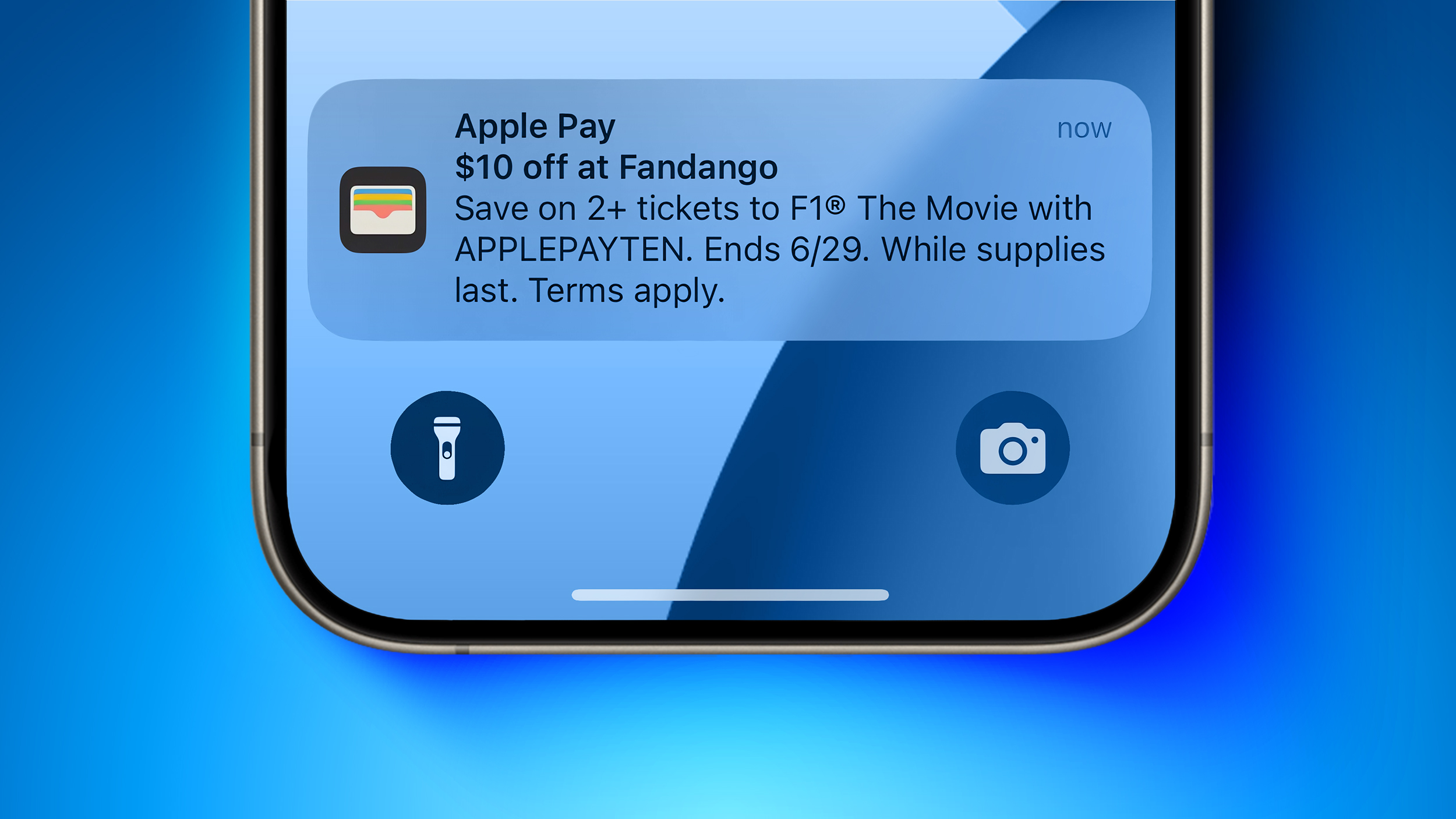
To turn off ads, open the Wallet app and tap on the three dots in the upper right corner. From there, toggle off the Offers and Promotions button.
Read More
To learn more about all of the new features in iOS 26, make sure to check out our dedicated iOS 26 roundup. iOS 26 will launch in September.
This article, "iOS 26: 5 New Features in the Wallet App" first appeared on MacRumors.com
Discuss this article in our forums
Gene Munster makes a bold prediction: Apple will rank among the top two performers of the “Magnificent Seven” tech giants over the next year…
The post Apple will be one of the top two performing ‘Mag 7s’ over the next year – Gene Munster appeared first on MacDailyNews.
Steve Hayden, the acclaimed advertising copywriter behind Apple's iconic "1984" commercial that reshaped the tech-culture dynamic…
The post Steve Hayden, writer of Apple’s famous ‘1984’ ad, dead at 78 appeared first on MacDailyNews.
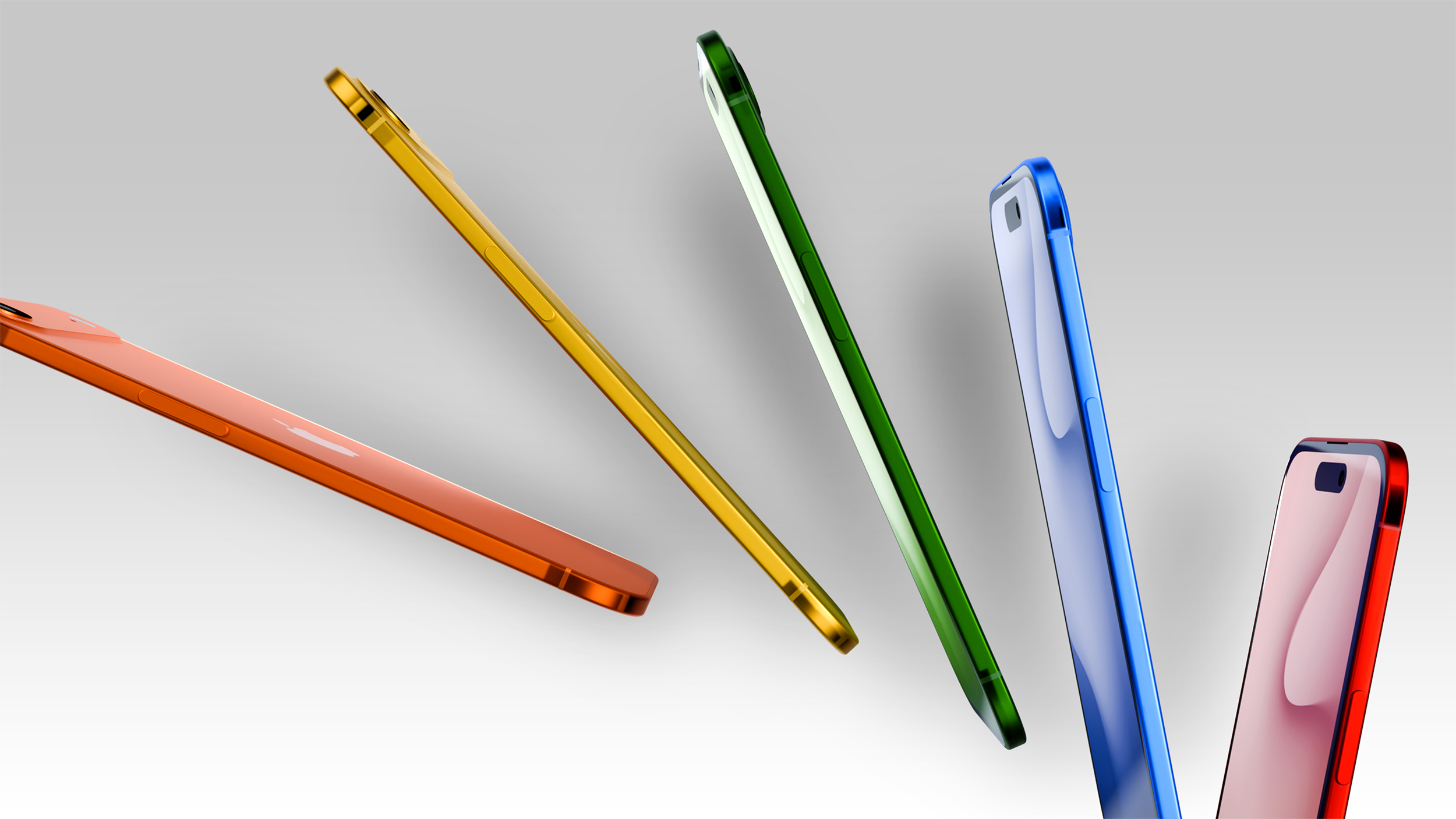
iPhone 17 Models
Last year, Apple chose soft, pastel-inspired finishes for its iPhone 16 and iPhone 16 Plus models. They are available in ultramarine, teal, pink, white, and black. The yellow that the iPhone 15 comes in is notably missing, having been replaced by the darker blue hue of the ultramarine. Together, the iPhone 16 colors appear more saturated and vivid – pink and ultramarine especially show a bolder, more confident hue compared to the pastel washes of the iPhone 15.
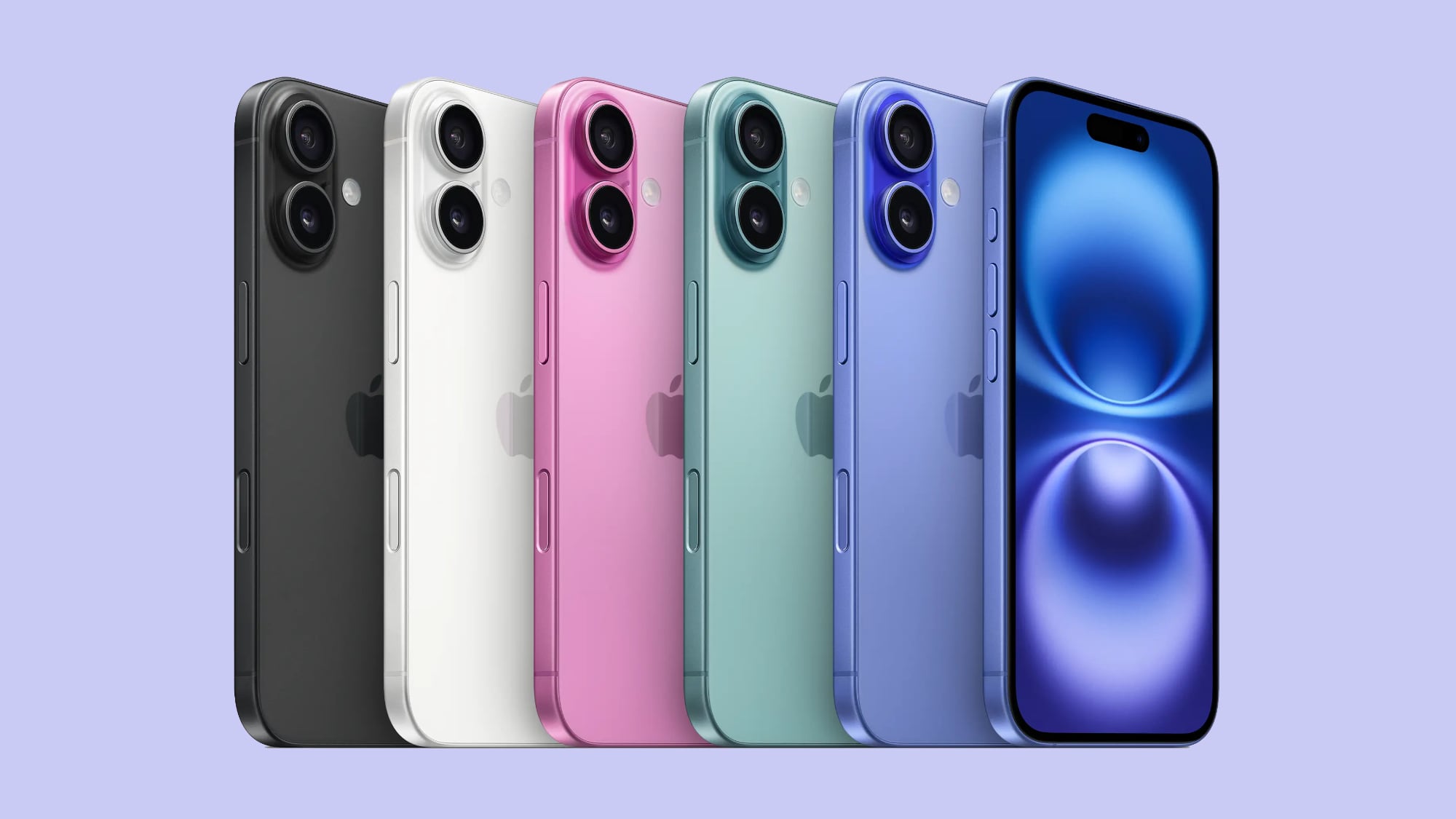
Six Colors
For the regular iPhone 17, Apple is rumored to be offering the following colors.
Black and White remain as classic color options, complemented by four new options, including a Steel Gray twist on Space Gray:
- Black
- White
- Steel Gray
- Green
- Purple
- Light Blue
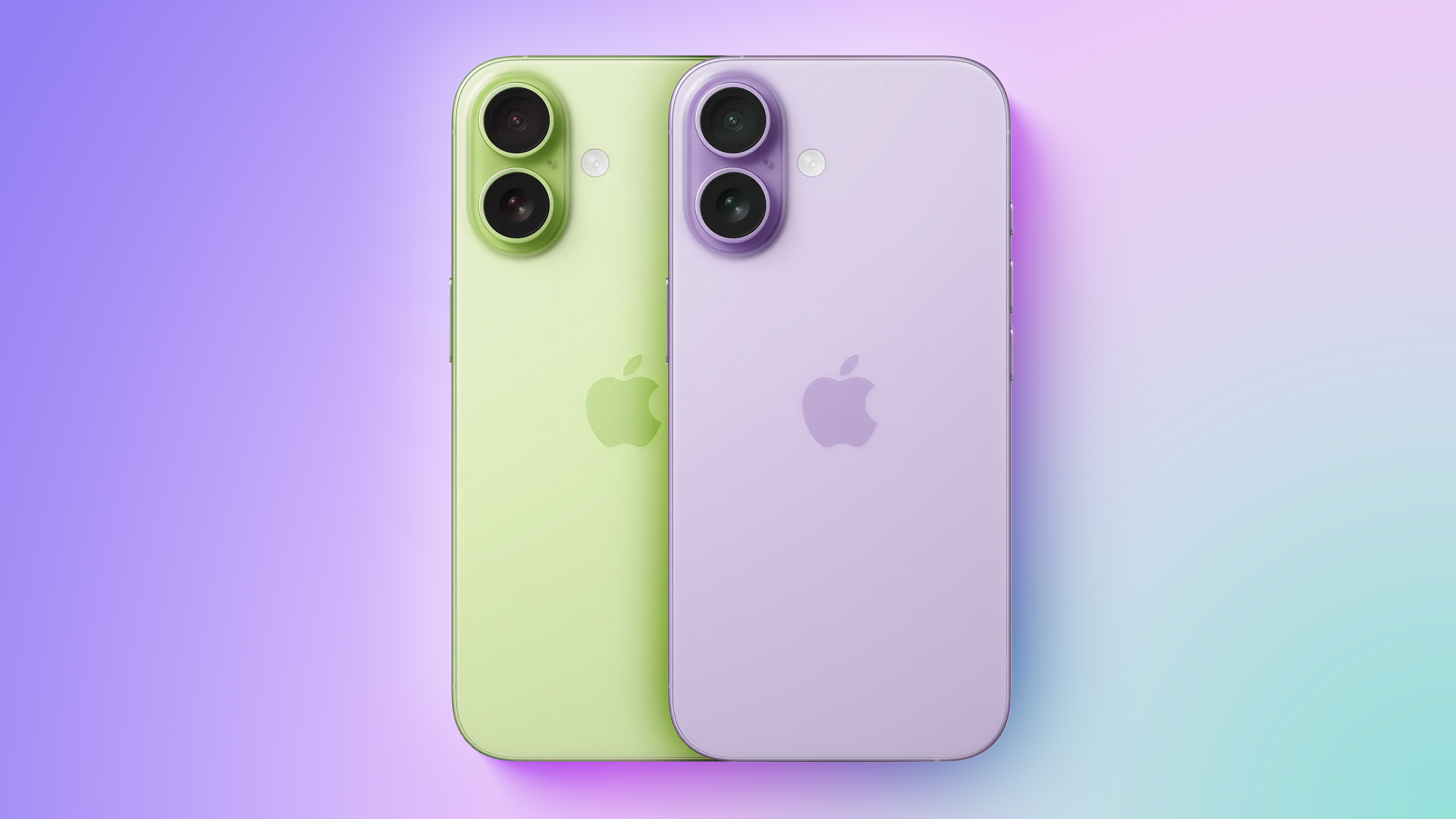
iPhone 17 Air
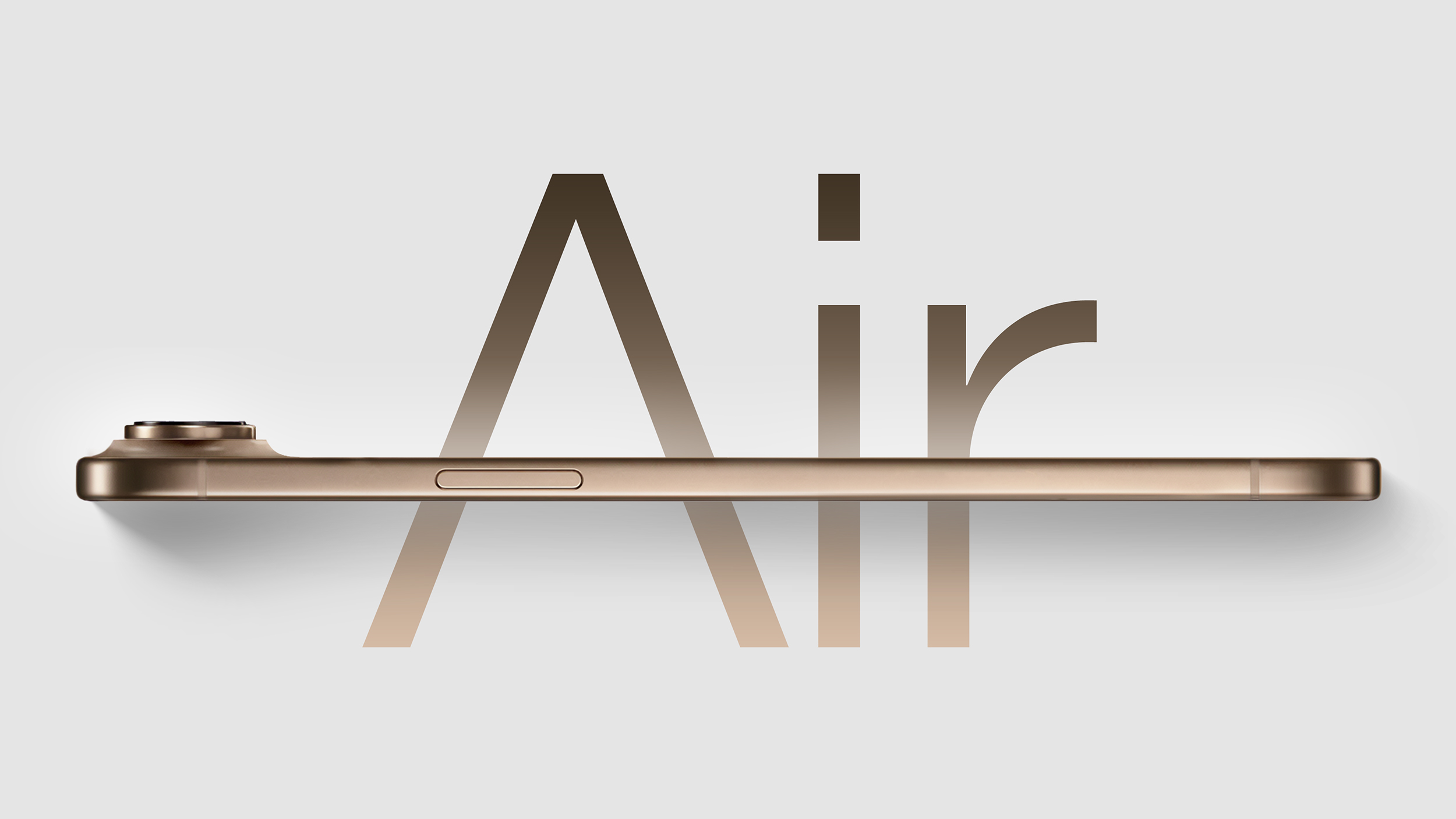
With the 2025 iPhone launch, Apple will introduce an ultra thin "iPhone 17 Air," marking the first notable redesign to the iPhone's form factor in several years. The device will replace the Plus model in Apple's iPhone 17 lineup. iPhone 17 Air is just a placeholder name, and we don't know what Apple will call the new device, but multiple rumors have confirmed Apple's work on a super thin iPhone.
Four Colors
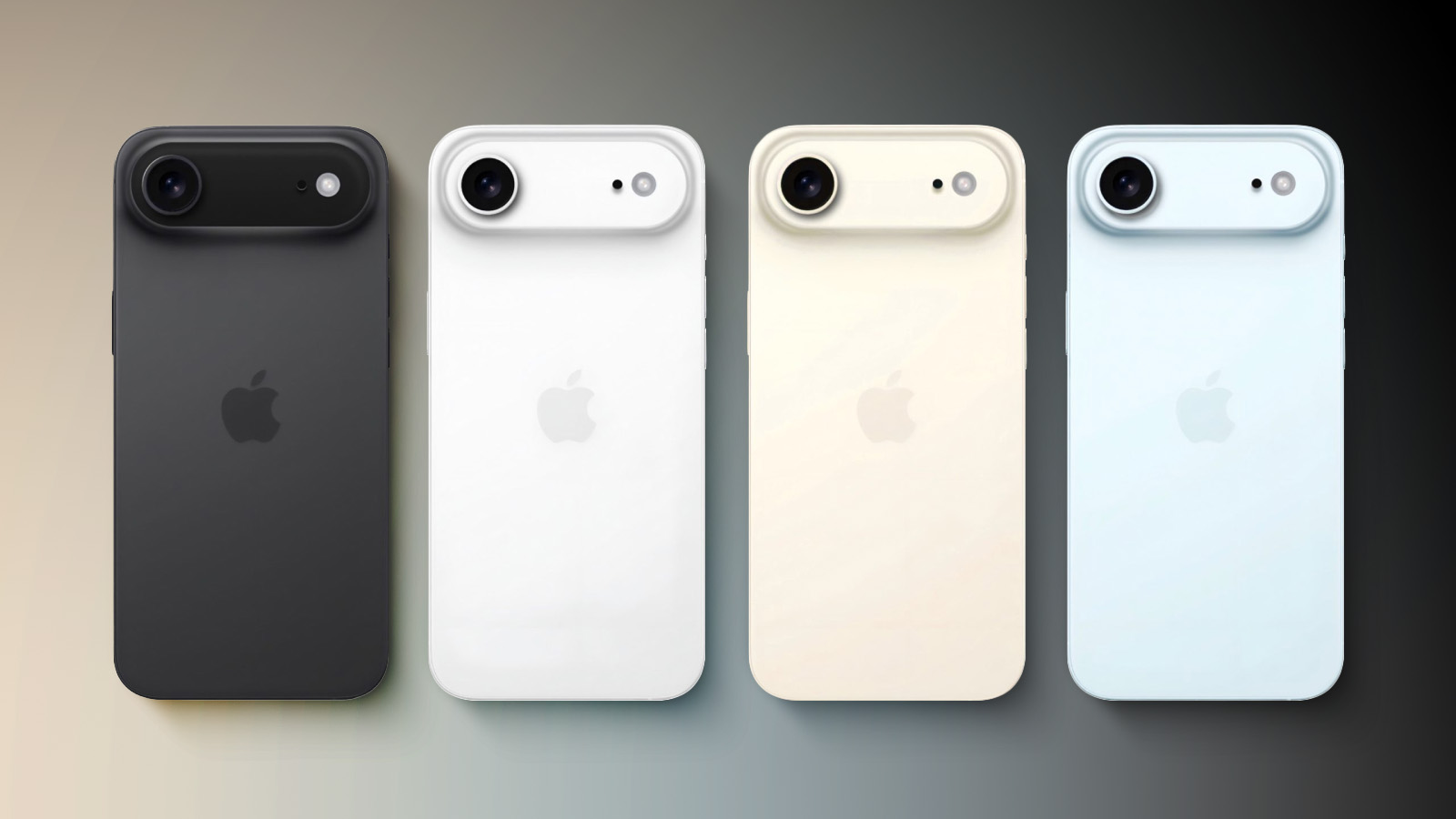
Apple plans to offer the iPhone 17 Air in four colors, including black, silver, light gold, and light blue, according to leaker Majin Bu. Macworld has also independently corroborated the four colors.
- Black
- White
- Light Blue
- Light Gold
The new lighter blue color option for the device was first mentioned by Weibo leaker "Fixed Focus Digital," who suggests that this blue shade will be central to Apple's marketing for the new device. Described as significantly lighter than any previous blue Apple has released, the color may appear almost white in low-light conditions. Bloomberg's Mark Gurman has also independently confirmed the light blue color.
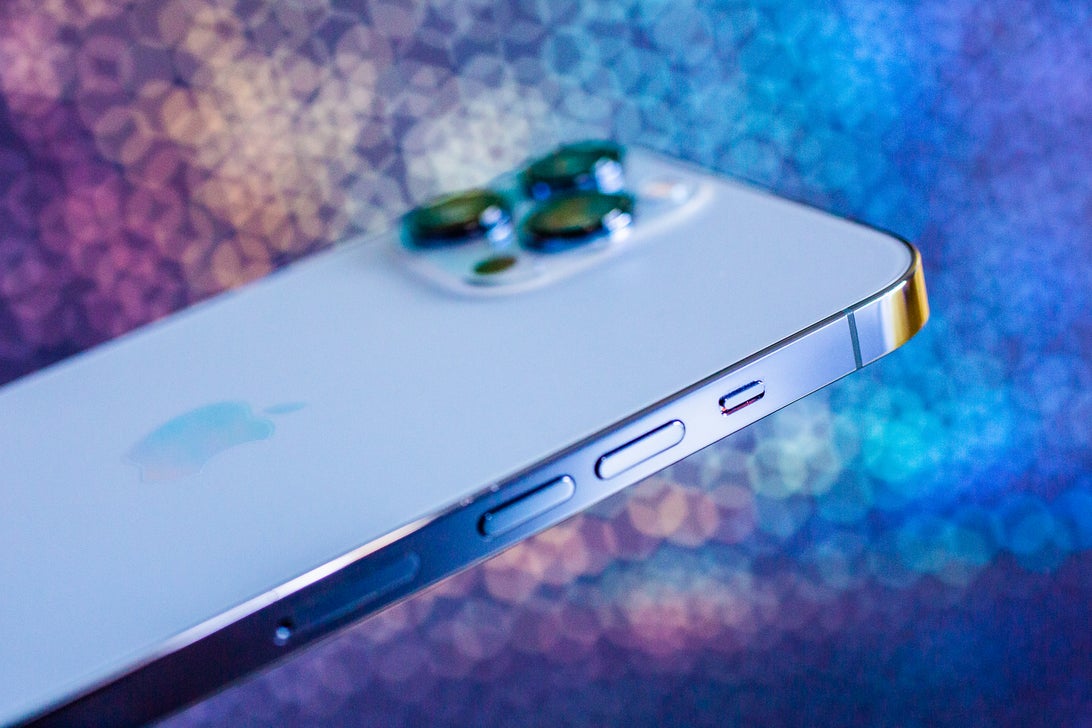
The finish is said to echo Apple's past use of lighter tones, particularly the iPhone 13 Pro's "Sierra Blue." That color marked a shift toward more subtle, pastel-like shades – metallic and icy, it shifted between blue and light gray depending on the lighting. Apple continued this trend with the softer, pastel finishes introduced in the iPhone 15 lineup.
Majin Bu has said that it "looks even more stunning than the much-loved Sierra Blue of the iPhone 13 Pro, with a brightness and refinement that make it irresistible."
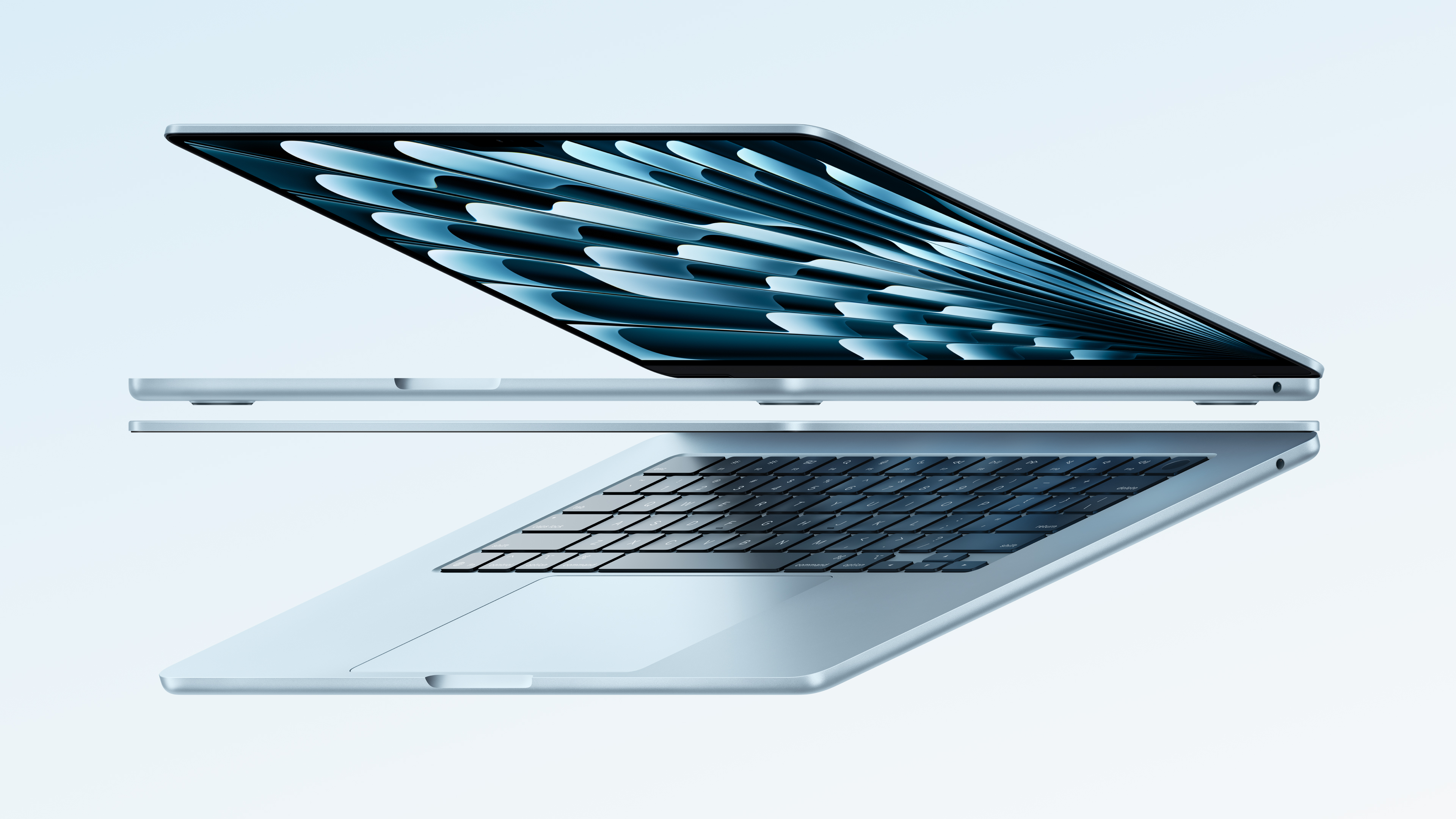
The Sky Blue finish on the MacBook Air is not very saturated, and the color's appearance can vary based on lighting conditions. Apple describes it as "a beautiful, metallic light blue that creates a dynamic gradient when light reflects off of its surface."
iPhone 17 Pro Models
Apple has stuck with muted colors for its recent iPhone "Pro" models made from titanium. For the iPhone 16 Pro, Apple offered a new Desert Titanium color. The iPhone 16 Pro also comes in Natural Titanium, White Titanium, and Black Titanium.
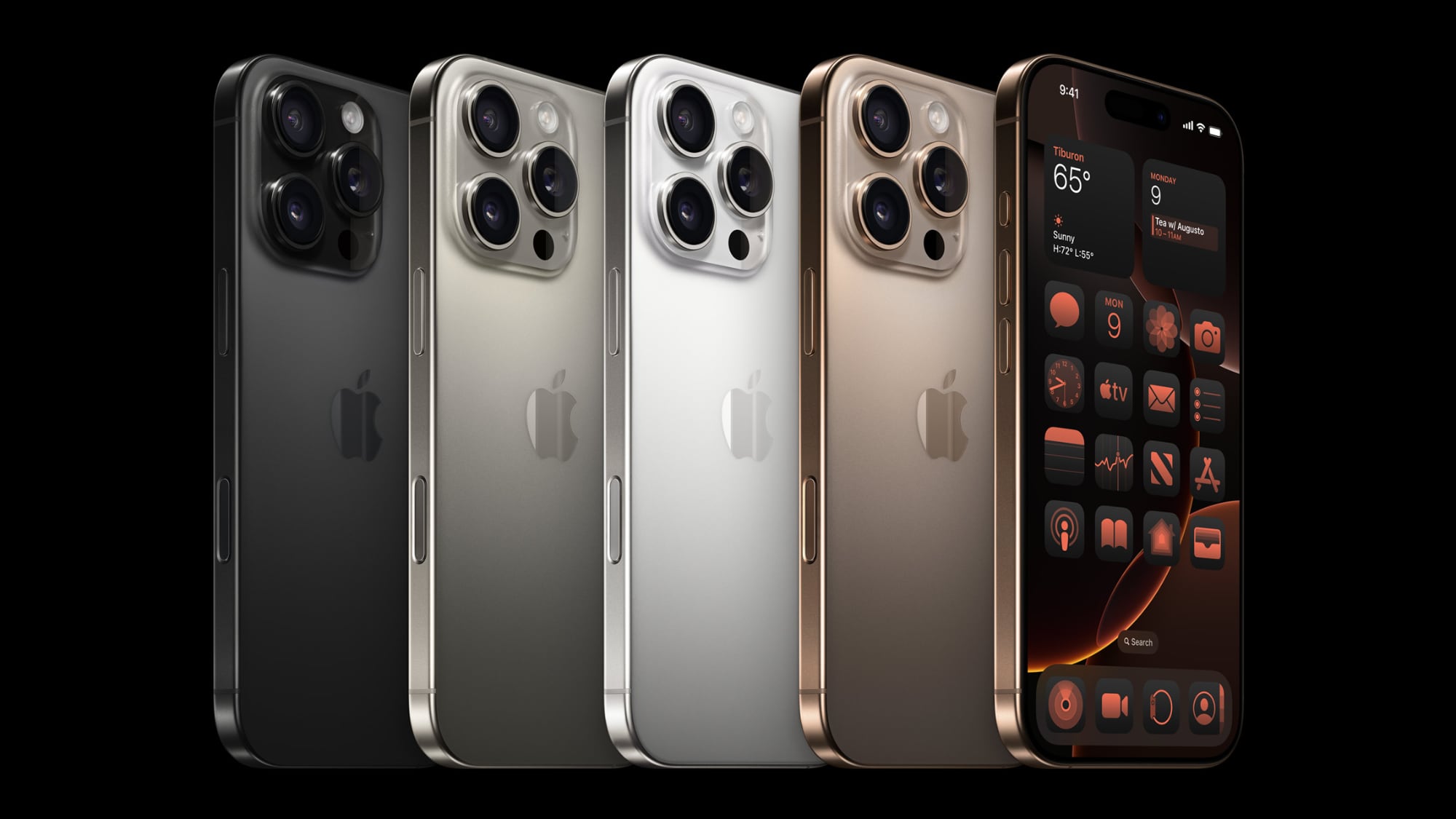
This year, however, iPhone 17 Pro models are rumored to have an aluminum frame instead of titanium. The back of the devices will also reportedly have a new "part-aluminum, part-glass" design. This could potentially usher in all-new color choices for Apple's high-end iPhone 17 models. And so far, we have heard rumors of at least two.
Five Colors

Apple's upcoming iPhone 17 Pro models will have a new copper-like orange color option, according to accessory specialist and occasional leaker Sonny Dickson. Bloomberg's Mark Gurman has also independently confirmed the new color.
Dickson has shared images of alleged lens covers for the rear cameras on the iPhone 17 Pro and iPhone 17 Pro Max models, with five color labels. Macworld has independently corroborated the colors:
- Black
- White
- Gray
- Dark Blue
- Orange
iPhone 17 lens protection cover will match the phone color. The orange one for the Pro Max might hint at a new shade, possibly dark gold or copper. pic.twitter.com/BMamZ45now
— Sonny Dickson (@SonnyDickson) July 14, 2025
Apple is seemingly sticking with some familiar finishes for the iPhone 16 Pro lineup: the black, gray, and silver colors probably match the current Black Titanium, Natural Titanium, and White Titanium options. However, a dark blue lens cover hints at the possible return of Blue Titanium, last seen with the iPhone 15 Pro.
The standout though is the orange lens cover, which may signal the debut of a completely new copper-like finish – an option Apple has never offered on any iPhone before.
What do you think of the color options in this year's iPhone 17 series? Let us know in the comments.
This article, "iPhone 17 Colors: Every Rumored Option for the Full Lineup" first appeared on MacRumors.com
Discuss this article in our forums
We take a closer look at Apple's invite for "Awe dropping;" the design could hint at the iPhone 17's new thermal system with vapor chamber cooling and a more heat-conductive aluminum chassis. The orange and blue also likely hints at the purported orange color option for the iPhone 17 Pro and the blue color finish for the iPhone 17 Air.
New "Liquid Silicone" cases are rumored to debut alongside the iPhone 17, as well as more premium "TechWoven" cases. TechWoven is expected to take the place of Apple's previous FineWoven and leather cases, but with improved durability. The iPhone 17 Air could also get a Smart Battery and an iPhone 4-style bumper case. All of the new cases are expected to feature support for a "Crossbody Strap," a new magnetic lanyard accessory.
Meanwhile, the long-awaited AirPods Pro 3 could arrive at the event. The new model is expected to feature heart-rate monitoring, improved active noise cancellation, tweaked earbuds, and a slightly smaller charging case with a hidden capacitive pairing button. The iPhone 17 Pro may also offer reverse wireless charging for AirPods.
The MacRumors Show has its own YouTube channel, so make sure you're subscribed to keep up with new episodes and clips.
You can also listen to The MacRumors Show on Apple Podcasts, Spotify, Overcast, or your preferred podcasts app. You can also copy our RSS feed directly into your podcast player.
If you haven't already listened to the previous episode of The MacRumors Show, catch up to hear our discussion about what to expect from the Apple Watch SE 3, Series 11, and Ultra 3, and whether it's worth holding off on an upgrade until next year.
Subscribe to The MacRumors Show for new episodes every week, where we discuss some of the topical news breaking here on MacRumors, often joined by interesting guests such as Kevin Nether, John Gruber, Mark Gurman, Jon Prosser, Luke Miani, Matthew Cassinelli, Brian Tong, Quinn Nelson, Jared Nelson, Eli Hodapp, Mike Bell, Sara Dietschy, iJustine, Jon Rettinger, Andru Edwards, Arnold Kim, Ben Sullins, Marcus Kane, Christopher Lawley, Frank McShan, David Lewis, Tyler Stalman, Sam Kohl, Federico Viticci, Thomas Frank, Jonathan Morrison, Ross Young, Ian Zelbo, and Rene Ritchie.
The MacRumors Show is on X @MacRumorsShow, so be sure to give us a follow to keep up with the podcast. You can also head over to The MacRumors Show forum thread to engage with us directly. Remember to rate and review the podcast, and let us know what subjects and guests you would like to see in the future.
This article, "The MacRumors Show: iPhone 17's 'Awe Dropping' Accessories" first appeared on MacRumors.com
Discuss this article in our forums
In each 'KPOPPED' episode on Apple TV+, Western icons reimagine one of their biggest hits, collaborating with top-tier K-pop idols…
The post Apple TV+ to host Spice Girls reunion in new ‘KPOPPED’ competition series appeared first on MacDailyNews.
 Note: MacRumors is an affiliate partner with some of these vendors. When you click a link and make a purchase, we may receive a small payment, which helps us keep the site running.
Note: MacRumors is an affiliate partner with some of these vendors. When you click a link and make a purchase, we may receive a small payment, which helps us keep the site running.
Disney+
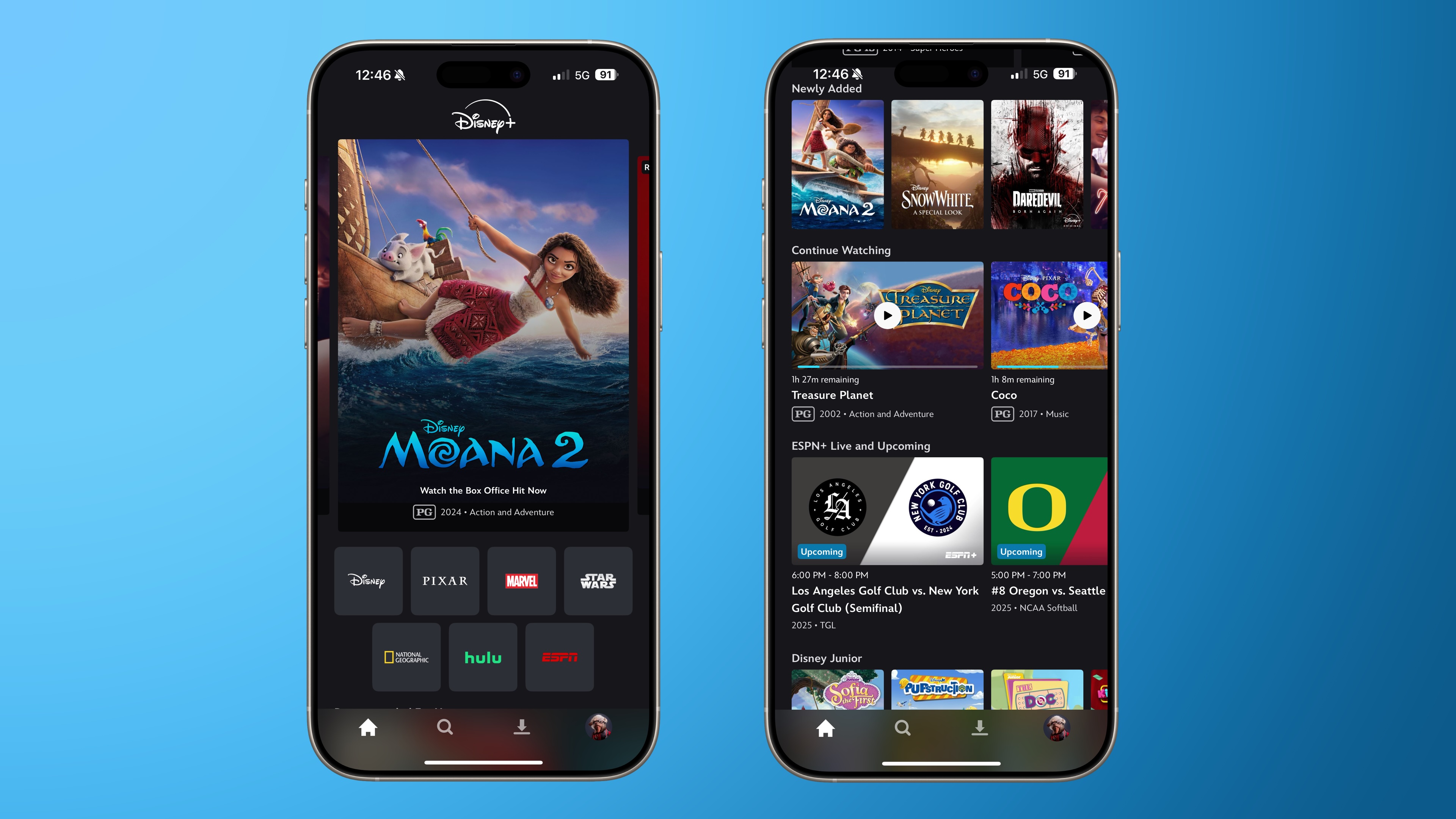
Disney has introduced a new promotion on its streaming service this month, offering a bundle of Disney+ (with ads), Hulu (with ads), and ESPN Unlimited for $29.99 per month for your first year. This offer represents a savings of over 39 percent on the bundle, and after your first year ends it will return to the then-current monthly price unless cancelled.
Additionally, you can save on the Disney+/Hulu/ESPN Unlimited Premium Bundle, which is the ad-free option for Disney+ and Hulu. This is priced at $38.99 per month for your first year, down from $44.99 per month.
AirPods
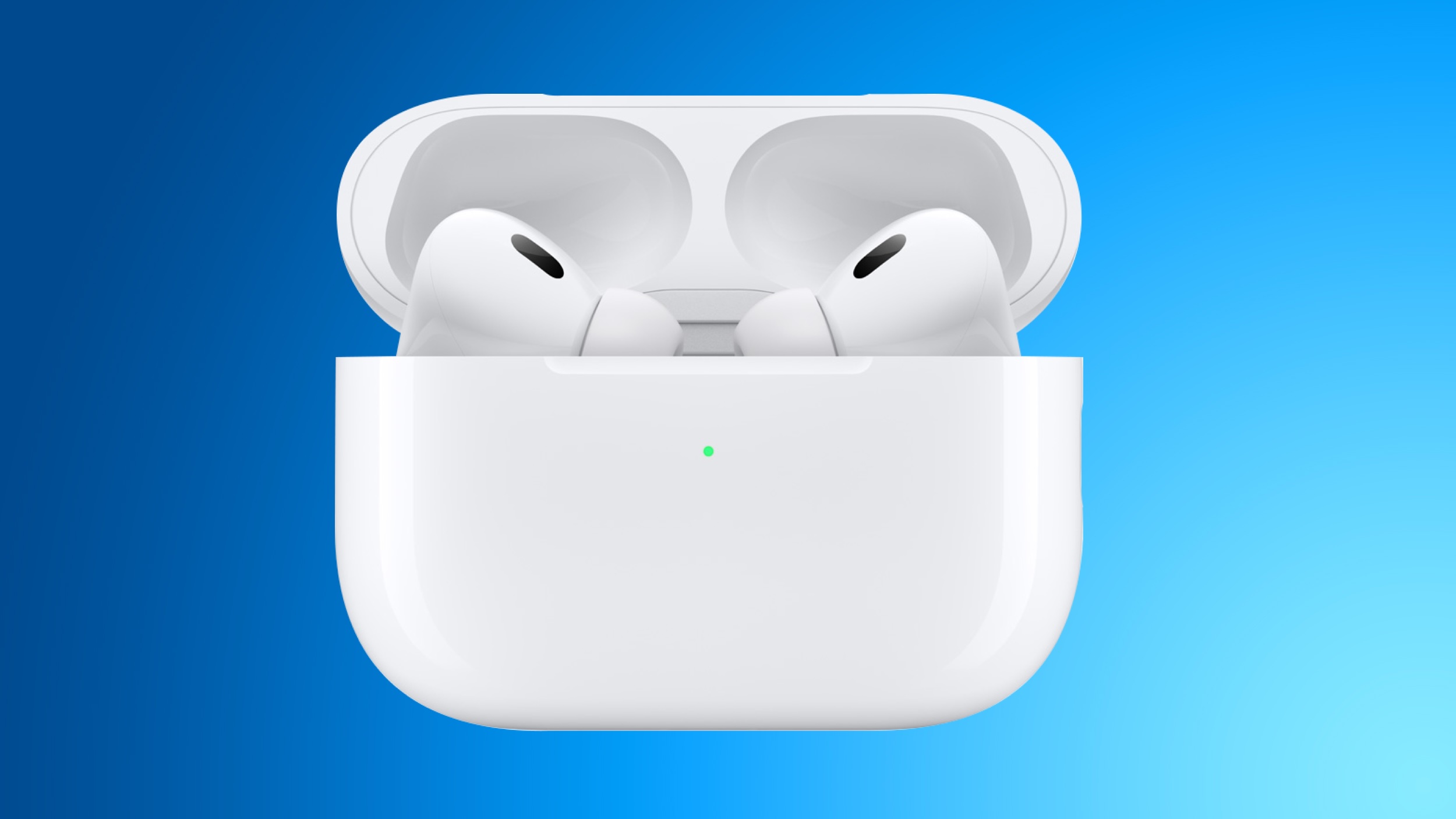
You can get the AirPods 4 for $89.99 (matched at Best Buy), down from $129.00, which is a match of the all-time low price on this model. This is the base model without Active Noise Cancellation, but that model is also on sale for about $40 off for Labor Day.
Sonos
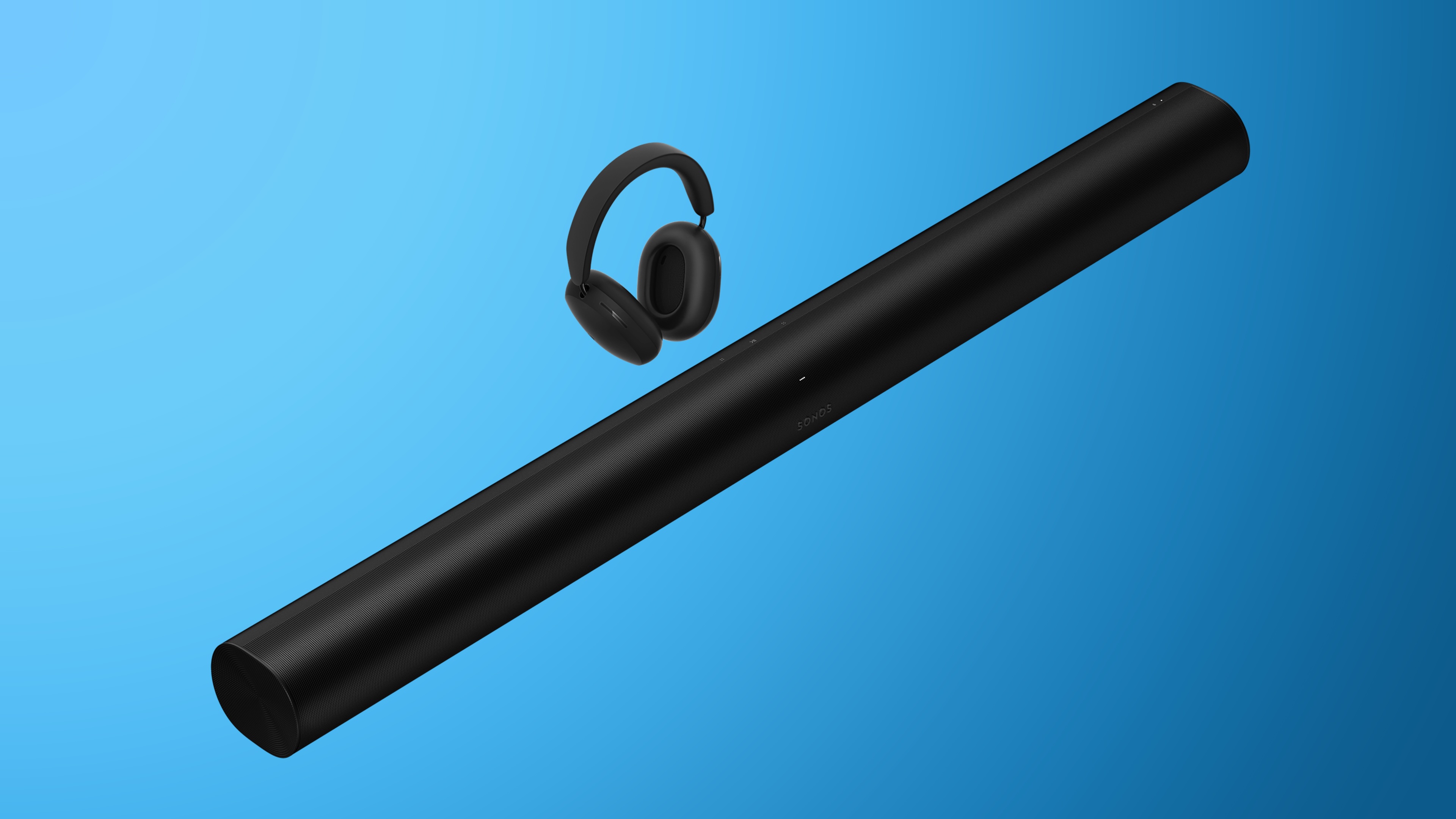
Sonos kicked off an end-of-summer sale this week, providing up to 20 percent off select audio accessories. This includes discounts on popular products like the Sonos Ace headphones, Move 2 speaker, Beam soundbar, Roam 2 Bluetooth speaker, and more. This sale is set to last through September 6.
MacBook Air
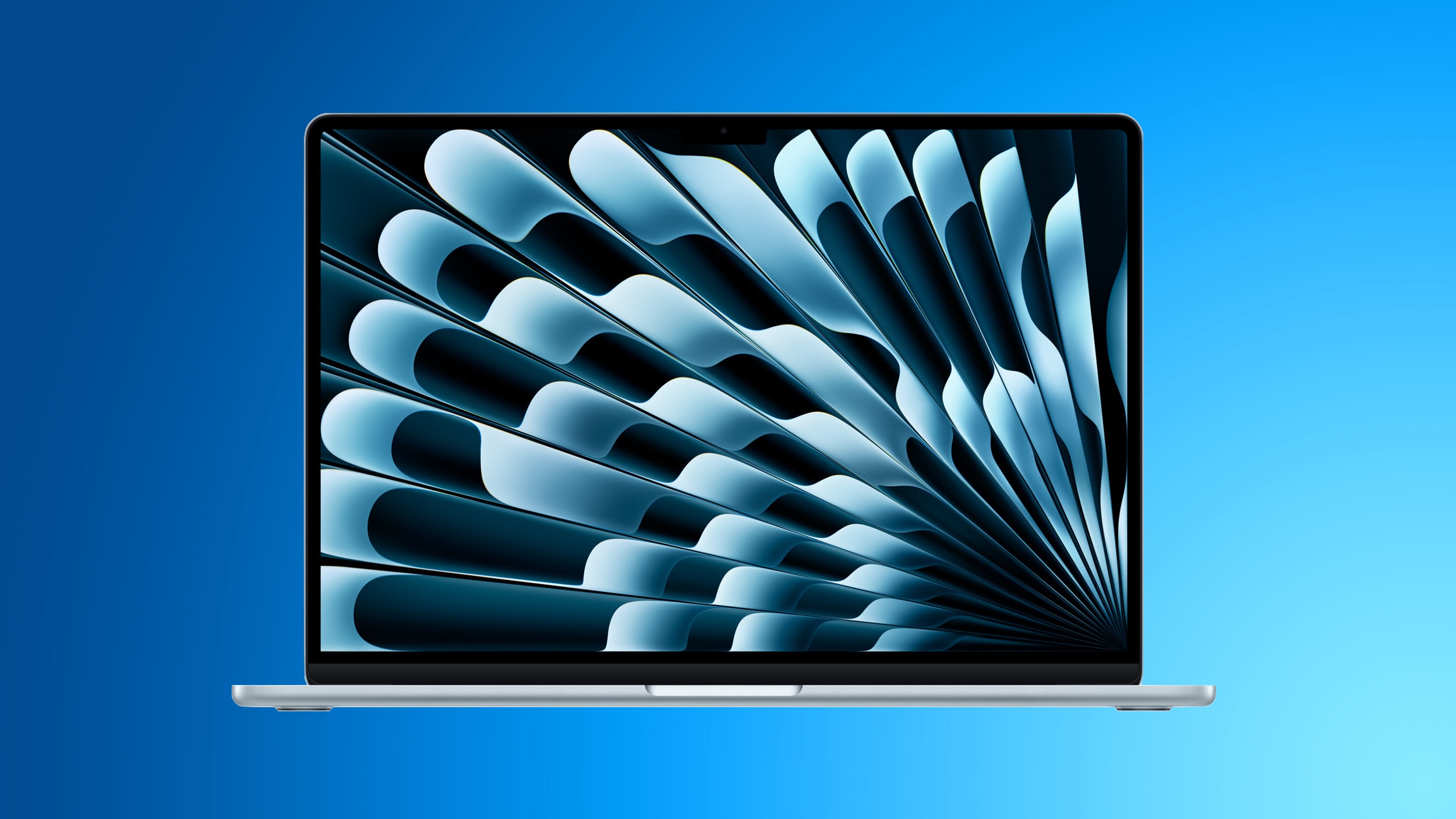
Amazon is hosting massive discounts across the entire M4 MacBook Air lineup for Labor Day, with deals that represent all-time lows across every model of the computer. In total, you'll find $200 off the M4 MacBook Air notebook right now, with both 13-inch and 15-inch models on sale.
Prices start at $799.00 for the 13-inch 256GB model, down from $999.00. If you're looking for the larger model, you can get the 15-inch 256GB computer for $999.00, down from $1,199.00.
iPad Mini
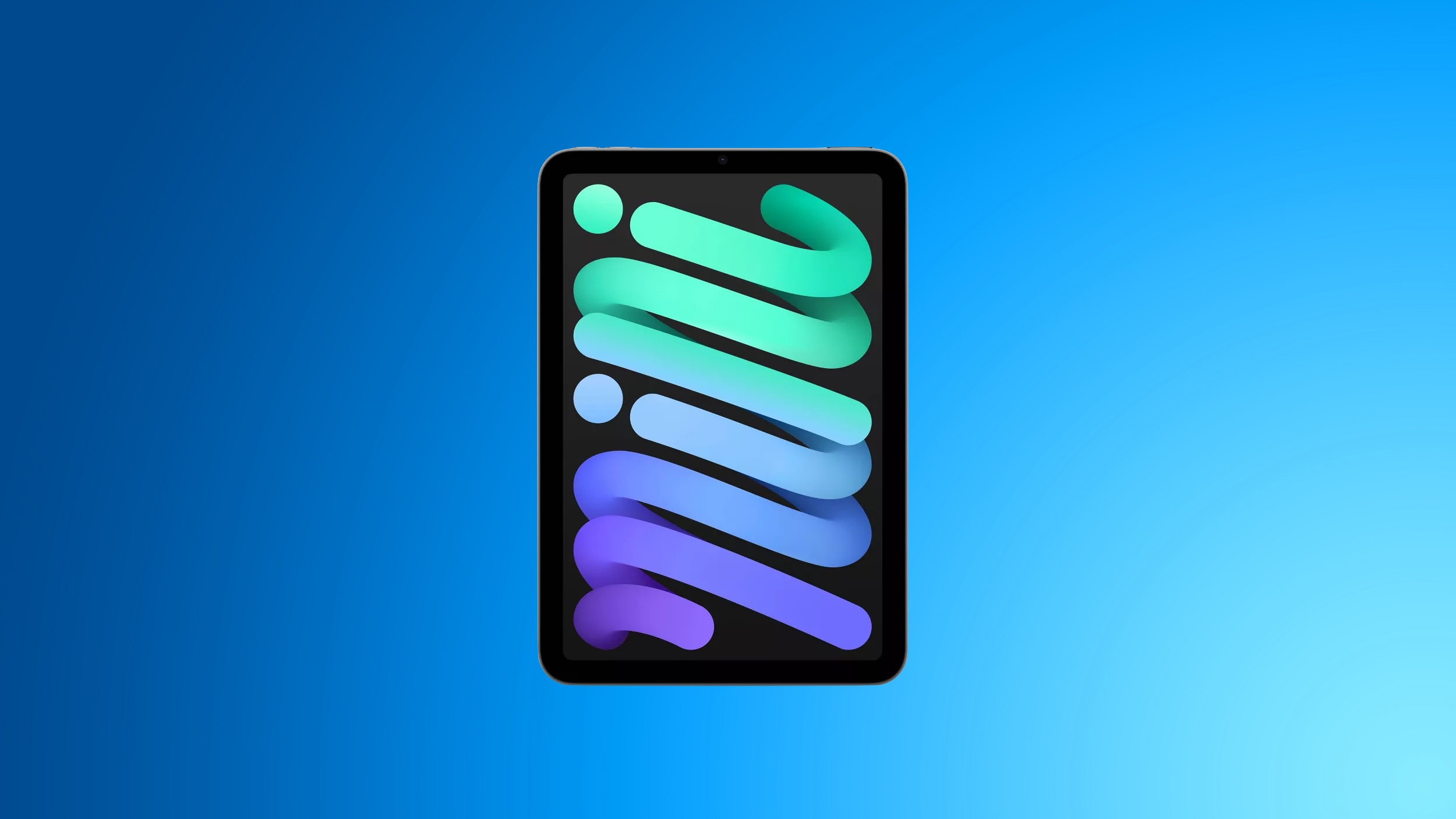
Amazon this week is providing low prices on multiple models of the iPad mini 7, starting at $399.00 for the 128GB Wi-Fi tablet, down from $499.00. Colors on sale at this price include Purple, Space Gray, and Blue.
Compared to past sales, this is about $20 higher than the all-time low price and a solid second-best option, considering we haven't seen that record low price return since Prime Day. You can also get the 256GB Wi-Fi iPad mini 7 for $499.00, which is another $100 discount and available in multiple colors.
iPad Air
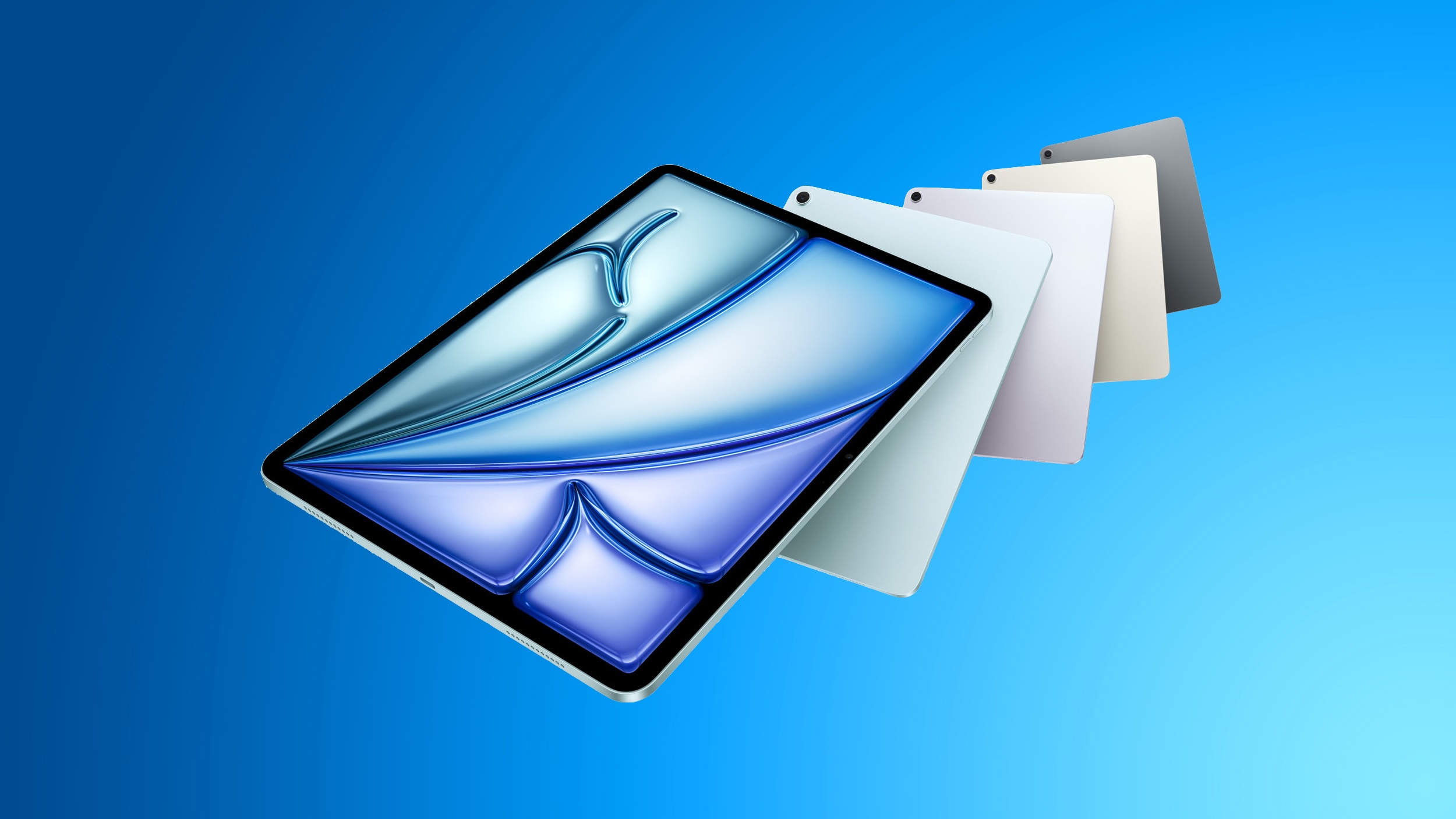
We're tracking record low prices across the entire M3 iPad Air lineup for Labor Day, with discounts available at both Amazon and Best Buy. This sale includes savings on both Wi-Fi and cellular models of the tablet.
Prices start at $449.00 for the 128GB Wi-Fi 11-inch M3 iPad Air, down from $599.00. Across the board these are all $150 discounts on the M3 iPad Air, and each one is a best-ever price for the tablet.
You'll also find many cellular models on sale at $150 off right now. The 128GB cellular 11-inch iPad Air is available for $599.00 and the 128GB cellular 13-inch iPad Air is available for $799.00, both representing record low prices.
MacBook Pro
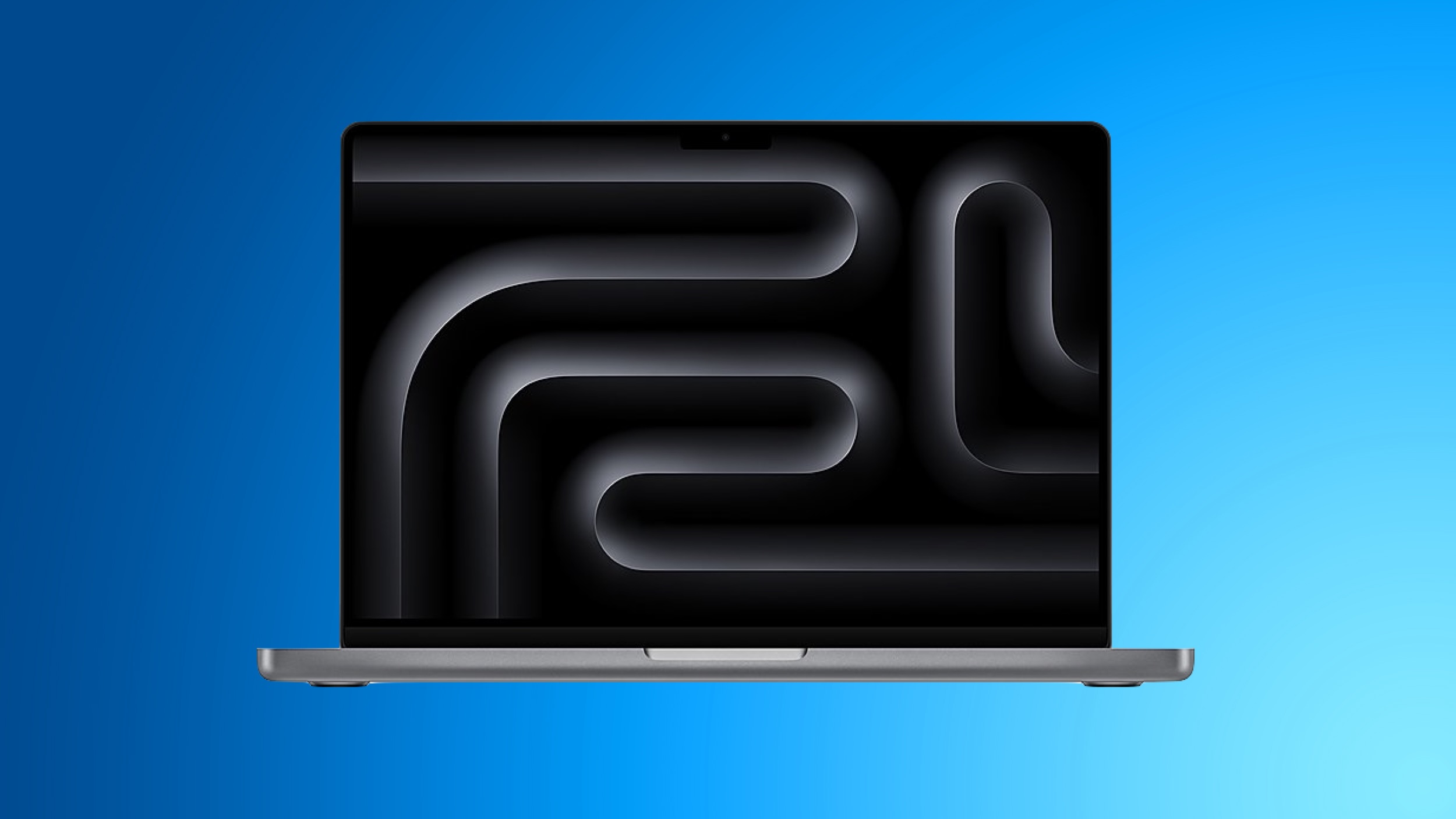
Amazon and Best Buy are both discounting Apple's 14-inch M4 MacBook Pro to record low prices this week, offering $300 off select models of the computer.
Starting with the 10-core 16GB RAM/512GB 14-inch M4 MacBook Pro, you can get this model for $1,299.00 [Amazon/Best Buy], down from $1,599.00. This is the entry-level model of the M4 MacBook Pro, and it's never dropped below this price.
You can also get both 1TB 14-inch M4 MacBook Pro on sale this week. The 10-core 16GB RAM/1TB model is available for $1,499.00 [Amazon/Best Buy] and the 10-core 24GB RAM/1TB model is available for $1,699.00 [Amazon/Best Buy]. Both of these are also $300 discounts and record low prices on each computer.
AirTag
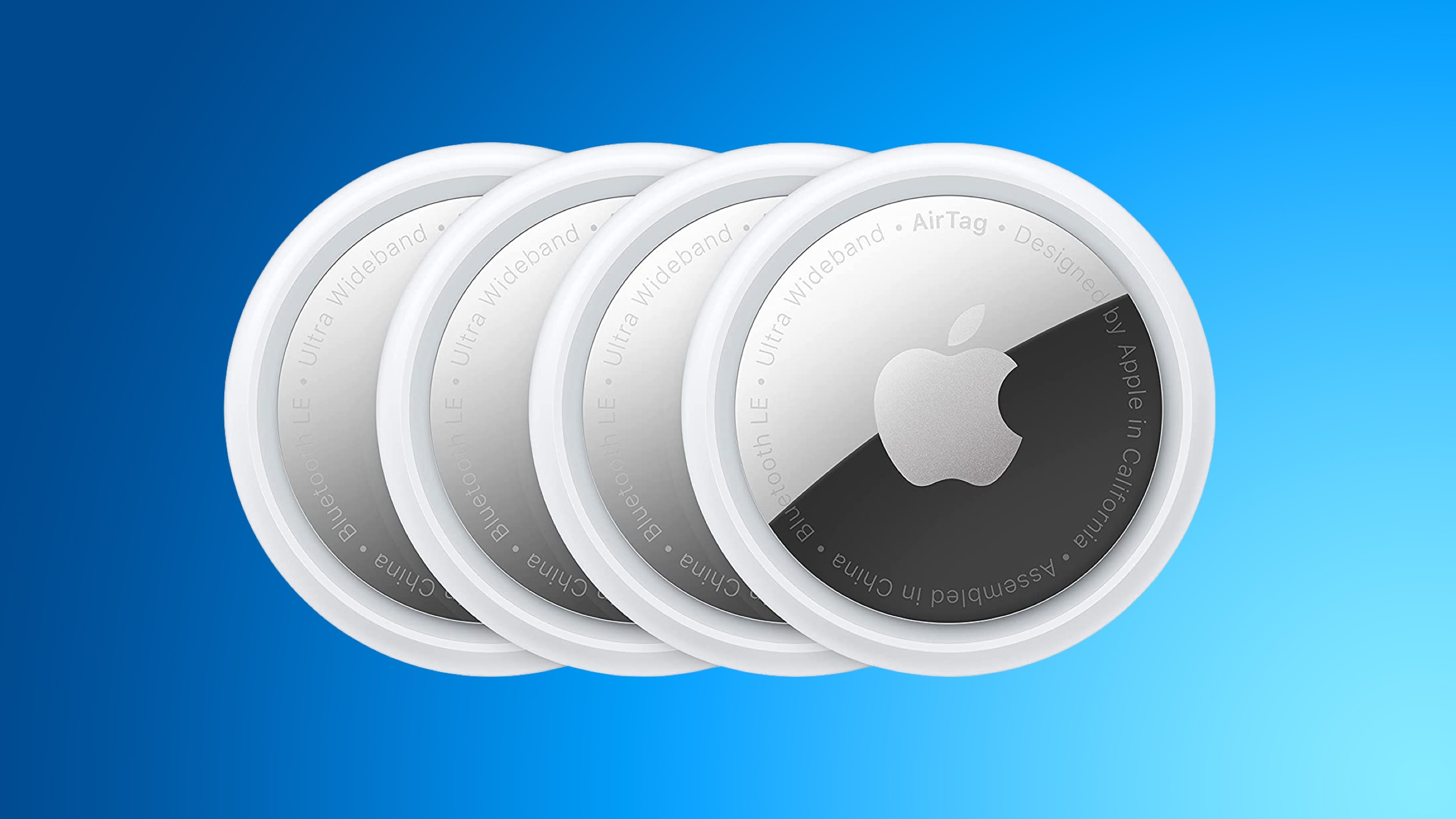
You can get the AirTag 4-Pack for $69.99 on Amazon, down from $99.00. This is one of the lowest prices we've seen on the accessory since July, and you can find the 1-Pack on sale as well on Amazon, available for $22.99, down from $29.00.
Apple Pencil Pro
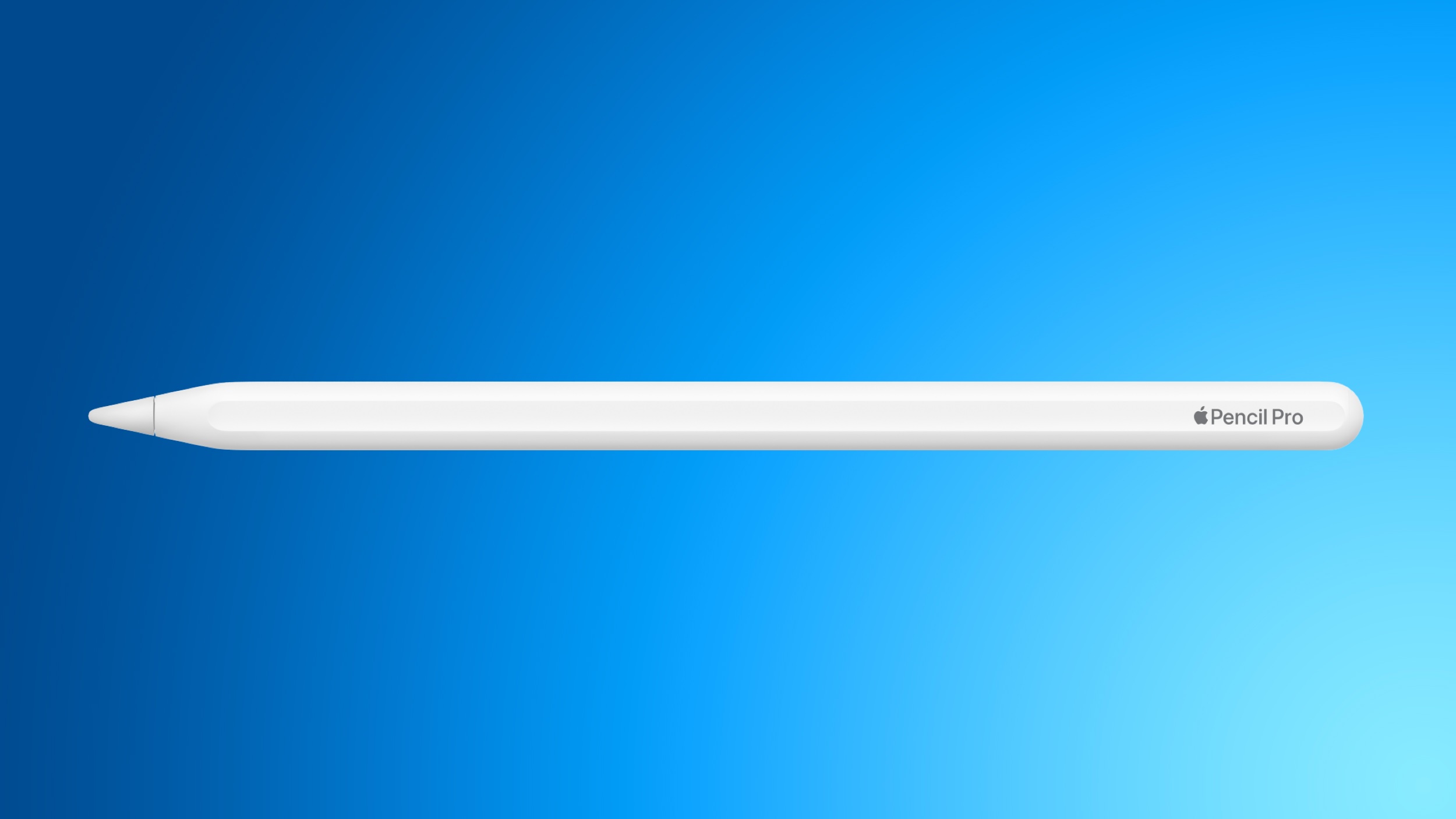
Amazon has the Apple Pencil Pro on sale for $99.00, down from $129.00. This is a match for the record low price on the Apple Pencil Pro.
If you're on the hunt for more discounts, be sure to visit our Apple Deals roundup where we recap the best Apple-related bargains of the past week.
Deals Newsletter
Interested in hearing more about the best deals you can find in 2025? Sign up for our Deals Newsletter and we'll keep you updated so you don't miss the biggest deals of the season!
This article, "Apple Labor Day Sales Include Year's Best Prices on AirPods, iPads, MacBooks, and More" first appeared on MacRumors.com
Discuss this article in our forums
Apple's Messages app in iOS 26 introduces two features to combat phishing spam: URLs and phone numbers in spam messages are not…
The post Apple’s Messages on iOS 26 deploys two big weapons against phishing spam appeared first on MacDailyNews.
On September 9, 2025, Apple’s “Awe Dropping” pre-produced video event will stream at 10 a.m. PDT / 1 p.m. EDT. It's expected to unveil…
The post Apple to unveil much more than just an ultra-thin iPhone on September 9th appeared first on MacDailyNews.
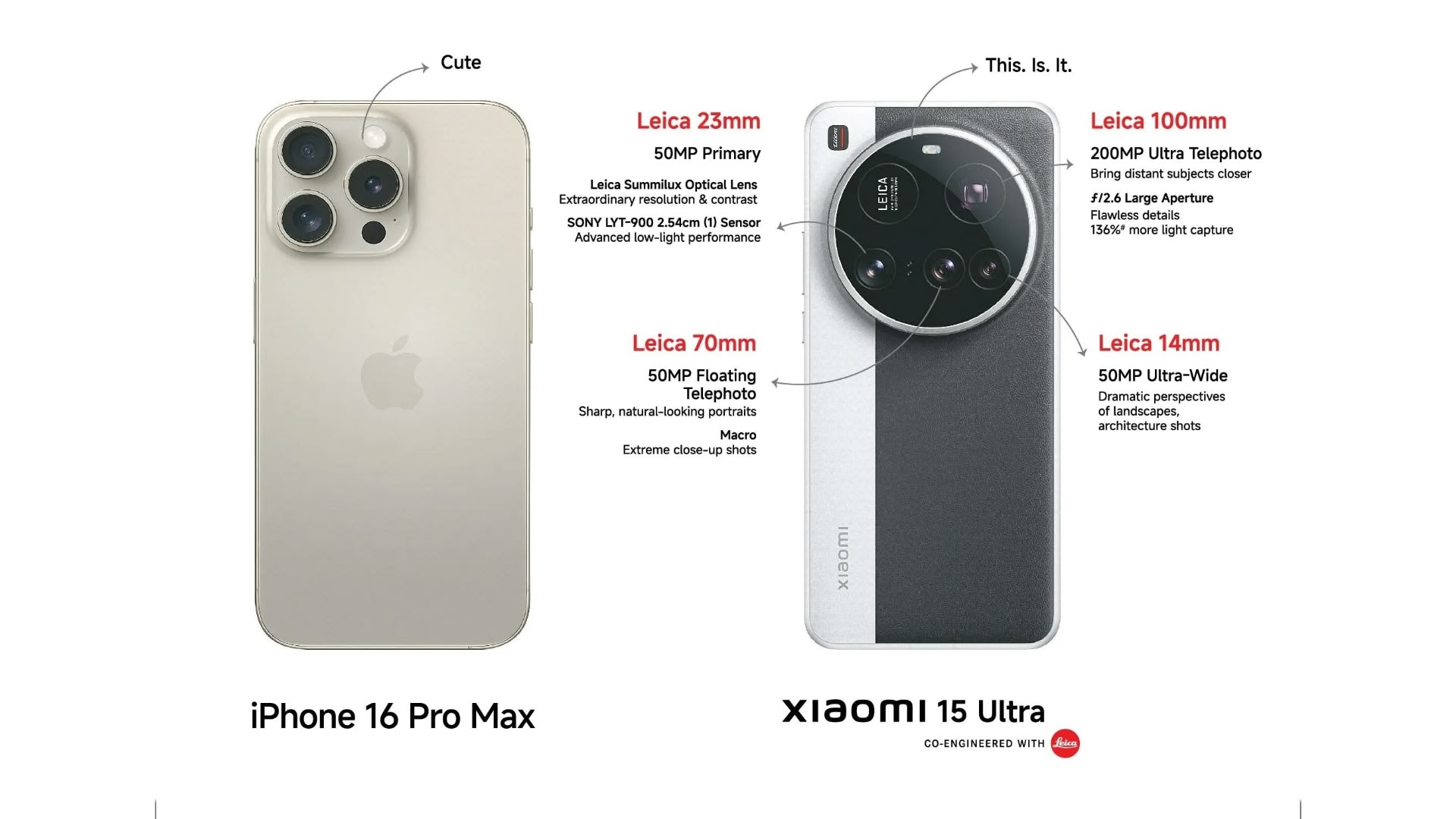
Ads have appeared in local print media and on social media that take pot shots at the competitors' premium offerings. One full-page print ad published in April wished readers a "Happy April Fools' Day" if they believed the iPhone 16 Pro Max's cameras could match those on Xiaomi's recently launched 15 Ultra.
In March, another print ad described the triple lens array on the iPhone 16 Pro Max as "cute" and questioned whether it was "really the best," while touting the Ultra's higher camera specifications and more affordable price. Xiaomi has launched similar ad campaigns against Samsung.
Apple and Samsung contend that the tone of Xiaomi's promotions went beyond fair competition, and portrayed the global market leaders in a negative light. Comparative advertising in India is not prohibited provided they are fact-based and fair, but lawyers can legitimately get involved if the tone and language is perceived as mocking.
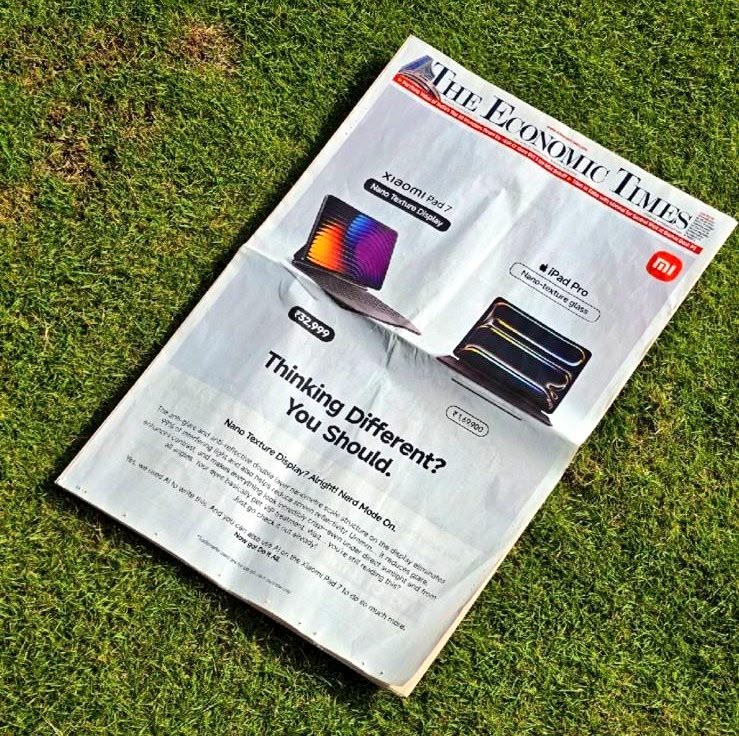
Samsung's promotional jabs at Apple have recently taken a more understated approach. Its ads typically don't call out iPhones outright, and instead spotlight features where Samsung believes it has the edge.
The tech giants' responses to this particular ad campaign indicate just how fiercely contested India's smartphone sector has become. As the country's two leading high-end vendors, both brands obviously see their reputation and market share as vital in one of the world's fastest-growing and most lucrative markets, and intend to defend them using all the legal tools at their disposal.
This article, "Apple and Samsung Push Back Against Xiaomi's Bold India Ads" first appeared on MacRumors.com
Discuss this article in our forums
On August 22, 2025, Evercore ISI reaffirmed its "Outperform" (Buy) rating for Apple stock, spotlighting the recent price increases for…
The post Evercore reiterates ‘Outperform’ rating on Apple stock with $250 target price appeared first on MacDailyNews.
Apple has expanded a new Apple Music feature that allows users to seamlessly transfer music, playlists, and libraries from other streaming…
The post Apple Music expands tool to easily transfer music and playlists from Spotify and other streaming services appeared first on MacDailyNews.
The widespread use of generative AI is affecting job opportunities for young U.S. workers. The report identifies…
The post Generative AI adoption linked to 13% decline in U.S. jobs for young workers – Stanford study appeared first on MacDailyNews.
Reports of Apple’s potential partnership with Google’s Gemini sparked optimism among some Wall Street analysts, suggesting…
The post Partnering with Google’s Gemini could make Apple’s AI problem even worse appeared first on MacDailyNews.
Apple’s AirPods Pro 3 are set to debut- likely on September 9th - introducing a refined design and innovative features that elevate…
The post AirPods Pro 3 said to get touch-friendly charging case appeared first on MacDailyNews.
Apple warned that the UK's proposed measures that purport to boost competition in the mobile operating system and app store markets could…
The post Apple warns UK’s proposed EU-style app store rules could harm users and developers appeared first on MacDailyNews.
The U.S. economy (GDP) grew at a 3.3% annualized rate from April to June, according to the Commerce Department’s report…
The post U.S. GDP grew 3.3% in Q2; even stronger growth than initially thought appeared first on MacDailyNews.
Apple TV+’s acclaimed sitcom "Trying," starring Rafe Spall and Esther Smith, has been acquired by the BBC, marking a significant move…
The post BBC buys Apple TV+’s longest-running hit sitcom ‘Trying’ appeared first on MacDailyNews.
Netflix has secured the rights to an untitled project by Nic Pizzolatto, starring Matthew McConaughey and Cole Hauser, beating out…
The post Netflix beats Apple, Amazon for Matthew McConaughey’s ‘True Detective’ reunion show appeared first on MacDailyNews.
Prosecutors have charged three individuals with allegedly stealing trade secrets from Taiwan Semiconductor Manufacturing Co.…
The post Taiwan charges three in TSMC trade secret theft investigation appeared first on MacDailyNews.
Apple TV+ is currently the best streaming service, in the opinion of many critics. It's significantly underrated and, even after the price…
The post Apple TV+ is the best streaming service, easily worth $12.99 per month appeared first on MacDailyNews.
Chipmaker TSMC, a major Apple supplier, is expected to begin full-scale production of cutting-edge 2nm chips by late this year, with Apple…
The post Apple secures half of TSMC’s cutting-edge 2nm chip capacity appeared first on MacDailyNews.
Apple Music will expand its curated radio stations to a global network of home speakers and connected cars, aiming to broaden its…
The post Apple Music radio stations to reach 75 million users via TuneIn partnership appeared first on MacDailyNews.
Apple Original Films on Wednesday unveiled the trailer and hero art for the upcoming romantic drama “All of You,” starring Emmy Award winner…
The post Apple Original Films unveils trailer for ‘All of You,’ starring Brett Goldstein and Imogen Poots appeared first on MacDailyNews.